Banned Books

A national controversy and its impact on students. Page 12
Saving the Prairie
Faculty and students are working to revitalize natural prairie land on campus by planting gardens and introducing native plants and grasses. Page 11
1966
New Roles
As faculty members take on new leadership and administrative roles, they must navigate new challenges and balance many responsibilities. Page 9
Athletics Board
The Athletics Board has new plans to increase school spirit and support for athletics, ranging from social media outreach to themed game days. Page 17
Greenhill
Photo illustration by Emma Nguyen
September 28, 2022 Volume 58, Issue 1 Informing Greenhill since
4141 Spring Valley Road, Addison, TX 75001
Ever green the Everything
Creating Connections in the New Year
Valerie Xu
Whensenior Madison Rojas joined Upper School debate as a freshman, graduating-class debaters were the ones who eased her worries. Rojas, like other underclassmen, viewed the seniors as role models.
Then COVID-19 began, and the community that Rojas had known since Lower School started to change. Rojas began to take note of the little changes.
Interactions between students and teachers happened behind computer screens and masks. The hallways, once filled with the familiar faces of upperclassmen, were replaced by the unfamiliar faces of underclassmen.
“So much has changed since I first entered high school,” Rojas said. “It’s like there was a gap of time that I missed out of high school. I should know more faces, but I don’t.”
Rojas is not alone in her concerns. Isolation and restrictions brought by the pandemic increased community disconnect among all schools, according to Upper School Counselor Kathy Roemer.
“I mean we were apart for so long,” Roemer said. “So, I’m not surprised that there has been an increased concern on campus about creating connections.”
As Greenhill seeks a new normal in its first full post COVID-19 year, a new theme of Creating Connections could not be any more applicable, said 12th-grade Dean Stephanie Almanza.

“This year’s theme of Creating Connections seeks to directly repair many of the disconnects caused by the isolation of the pandemic,” Almanza said. “I think it’s the perfect theme during a perfect time.”
Through this year’s theme, Almanza hopes that messages of optimism will persevere in the wake of a two-year pandemic that has left Greenhill’s community in isolation.
Regarding the decision-making process for this year’s theme, Head of School Lee Hark said that student input was crucial. After talking to students from the Middle and Upper School, there was an overwhelming consensus that Creating Connections was an important message that needed to be heard.
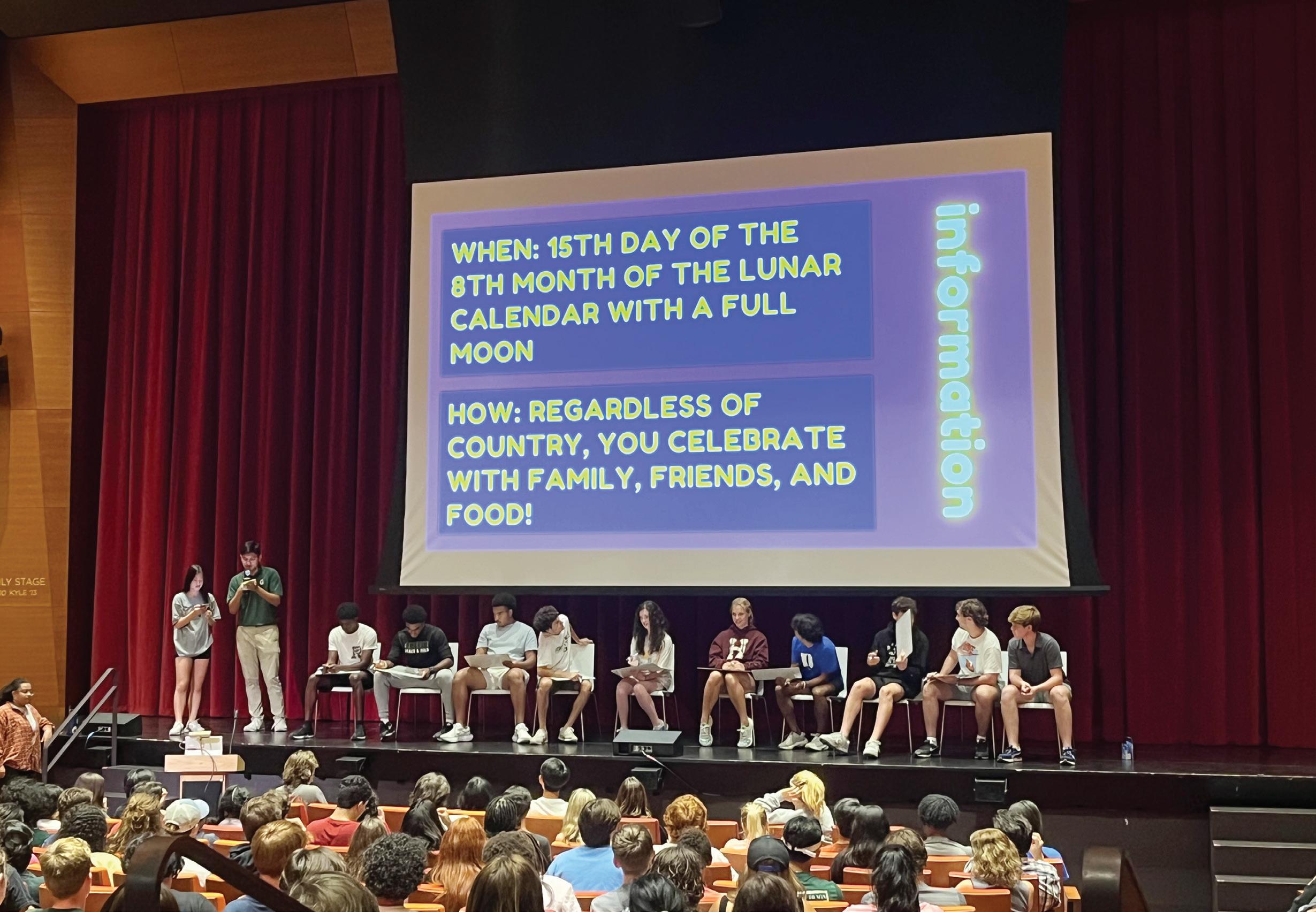
“Students want the opportunity to create connections, and people look to the school for that,” Hark said. “And because we haven’t been able to do it in the same ways or at the same level because of the pandemic, I think [this year’s theme] was a natural choice.”
Building a New Normal
Through programs like Heart of the Hill, which entails schoolwide groups of students collaborating, and Peer Mentors, in which
seniors work with a freshman advisory, Greenhill can reinforce the mission of this year’s theme by enabling interactions across divisions.
Prior to COVID-19, Heart of the Hill was an integral program within Greenhill’s community. Students were split into different HOH groups with the purpose of providing a space where the Upper, Middle and Lower School can all interact together.
But due to COVID-19 regulations that minimized cross-divisional student interaction, HOH was put on a pause until this school year.
“Creating connections across the divisions is difficult, and HOH helps us do that several times a year,” Hark said.
Rojas echoes that statement, saying that the few times she has had the opportunity to interact with Lower or Middle School students were either through pep rallies or HOH.
New to Greenhill, freshman Zachary Geller says that another program that helped him find a support system within Greenhill was Peer Mentors.
Unlike with HOH, Peer Mentors is a relatively new program where freshmen are assigned to an upperclassman for support or guidance.
“Peer Mentors helped me find myself within Greenhill,” Geller said. “I was able to talk to people I had never interacted with, especially the upperclassmen.”
Sophomore Itamar Friedman echoes this belief. Through Peer Mentors, Friedman has been able to learn more about
navigating the intricacies of Upper School while also gaining a upperclassman friend to look up to.
“It’s nice knowing that you have someone older than you who you can reach out to for help,” Friedman said. “I’ve been able to develop new friendships because of Peer Mentors.”
Senior Gabriel Rudelman, who is a Peer Mentor himself, said that the program fosters a strong sense of community by allowing new Upper Schoolers to interact with freshmen and sophomores during times of isolation.
For the Hornets

Next Week
Tuesday, Oct. 4
Yom Kippur
Wednesday, Oct. 5
School Holiday
No Classes
Next Month
Oct. 10
Indigenous Peoples’ Day
Fall Break
Students want the opportunity to create connections, and people look to the school for that. And because we haven’t been able to do it in the same ways or at the same level because of the pandemic. I think [this year’s theme] was a natural choice.”
The consistent effort to create connections extending outside of Greenhill’s academic space, including through Peer Mentors, is what makes Greenhill students so special, said Director of Service Learning & Community Engagement Jessica Chu.
“Since the pandemic, I’ve seen more students eager to connect, not just with individual people within Greenhill but also with organizations and non-profits,” Chu said. “I think the pandemic has shown us all how important community is, and I see so many kids here who are really taking a step to serve their community.”
This drive for service, whether it be Greenhill or not, is the essence of this year’s Creating Connections theme, said Chu.
Service can come in a variety of forms, and it is the daily acts of kindness, whether big or small, that builds the intricate bonds which makes the school’s community so special, said Chu.
“Everyone on the team, including me, is trying to continue that tradition where we are close with the freshmen and we care about them,” Rudelman said. “So, building that sort of bond is really important, and I’m sure that happens, not just in football.”
As for Rojas, although so much has changed since she first came to campus, she sees the desire to build connections at the core of the school’s future.

“If any school can heal from the damage caused by the pandemic, it’s Greenhill,” Rojas said. “We are moving forward as a school, stronger and more connected than we ever were before.”
No Classes Oct. 12
PSAT
No Classes
Oct. 14
Yearbook Photo Retakes Friday on the Hill
Oct. 21
Homecoming Games
Oct. 22
Homecoming Dance
Oct. 24
Faculty Professional Development Day
No Classes
Oct. 28
Oct. 31
Hornet Night
Halloween This Year Nov. 3-5
SPC Fall Championships
FOUNDERS’ DAY: Greenhill’s annual birthday celebration on Sept. 11 is the one occasion each year that brings together all faculty, staff and students in one setting.
Photo by Chloe Nguyen
Madison Rojas
HORNET BLOCK ASSEMBLIES: As a way to build a sense of community, Upper School students gather in Rose Hall to discuss important events happening on campus.
Photo by Chloe Nguyen
News2
“
Senior Activities for the New Year
From painting the Water Tower to decorating lockers, activities are planned to make the final year of each Greenhill graduating class memorable.

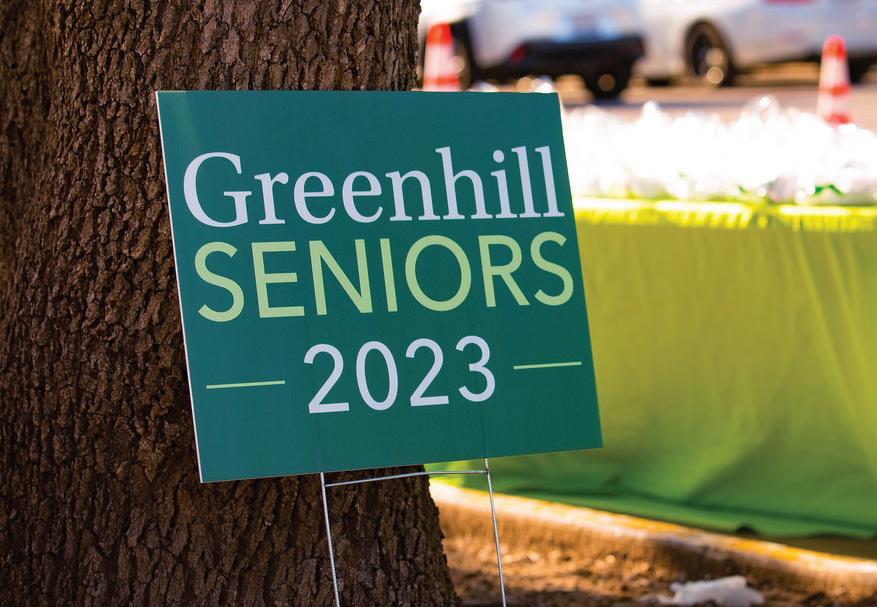
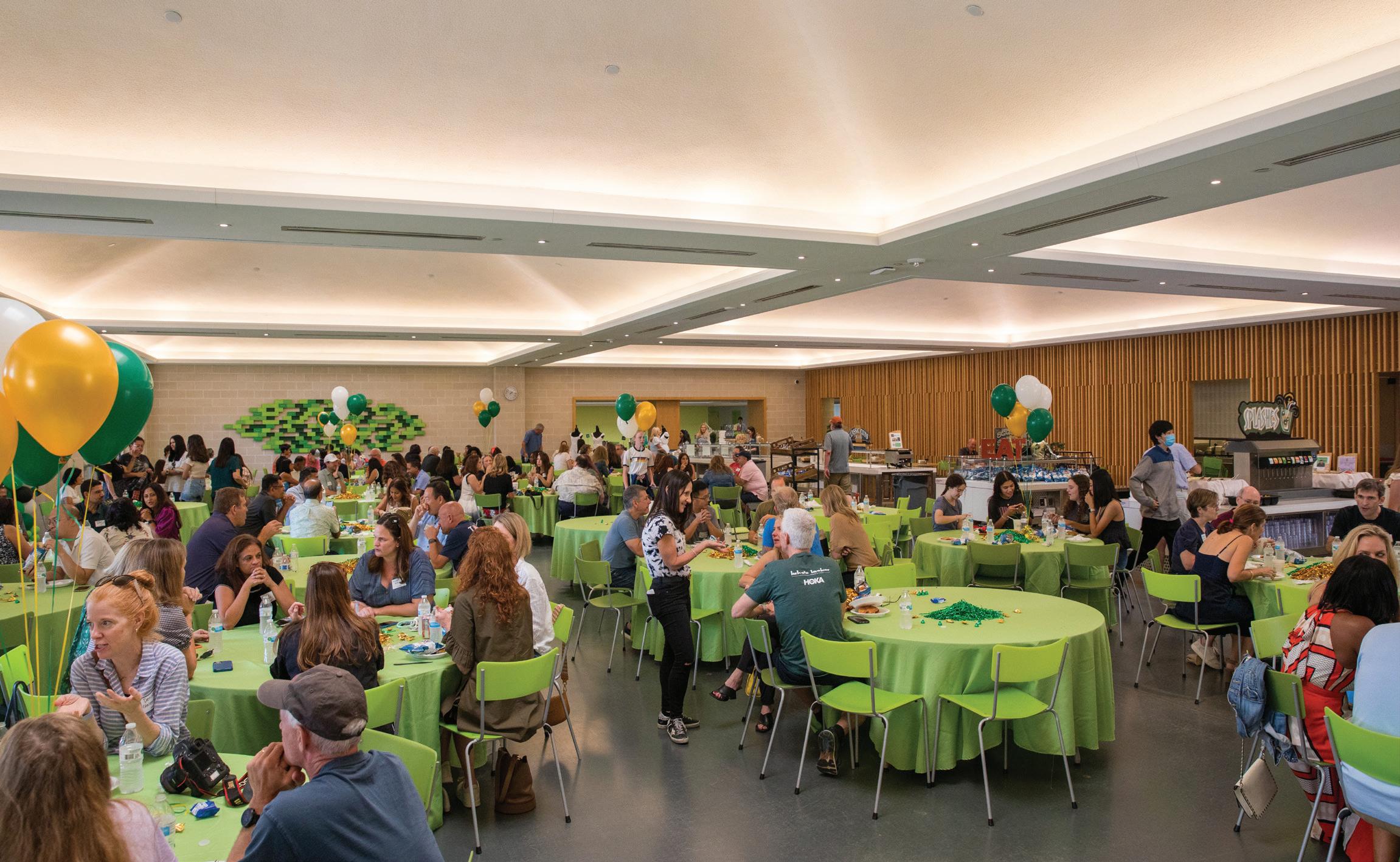
Parent representatives, students and teachers collaborate to plan events such as the Senior Sunrise and the family barbeque.
“These senior activities tie a strong Greenhill tradition to a sense of belonging to the Greenhill community,” senior parent representative Priya Venkat said.
The 2022-2023 annual theme is Creating Connections, and bringing the senior class together is an example of forming long lasting bonds, said Venkat.
“The senior year is a big celebration of all the hard work we’ve put into this school and what this school has given us,” senior Lexie Stone said.
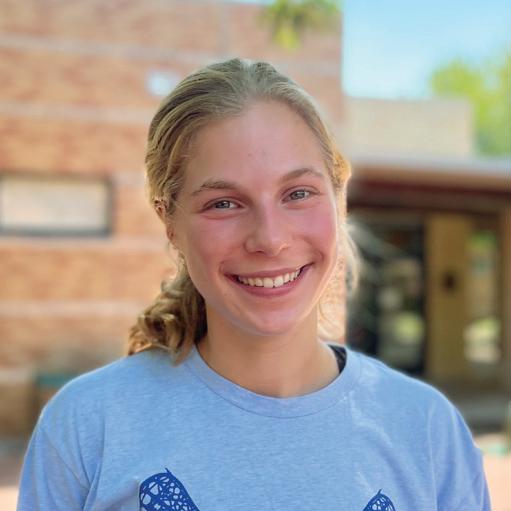
Twelfth-grade Dean Stephanie Almanza works with both seniors and parents to coordinate a variety of activities.

During the pandemic, many senior events were canceled or restricted. The Senior Breakfast, for example, required mandatory masking and social distancing.
“The main thing for me was painting the Water Tower because I’ve been here since Pre-K,” senior Leah Smith said. “I think painting it and seeing my name up there was a sign that there’s only a couple of months left.”
As of now, the seniors have participated in the Water Tower painting, Senior Sunrise, Senior Breakfast, Senior Cookout and locker decorating.

“A lot of the traditions involve talking to new people and collaborating to accomplish things, and I think it’s really making our grade closer,” senior Sydney Pitts said.
Parents, administration and faculty alike make efforts to organize these events and are working on planning more events for September and October, according to Almanza.
“Having these senior activities and gifts is so worthwhile because it’s the last thing I have before going off to college,” said Smith.
The three senior class officers – Lexie Stone, Gabriel Rudelman and Jaden Watt – all help oversee and encourage the senior class to participate in all these activities.
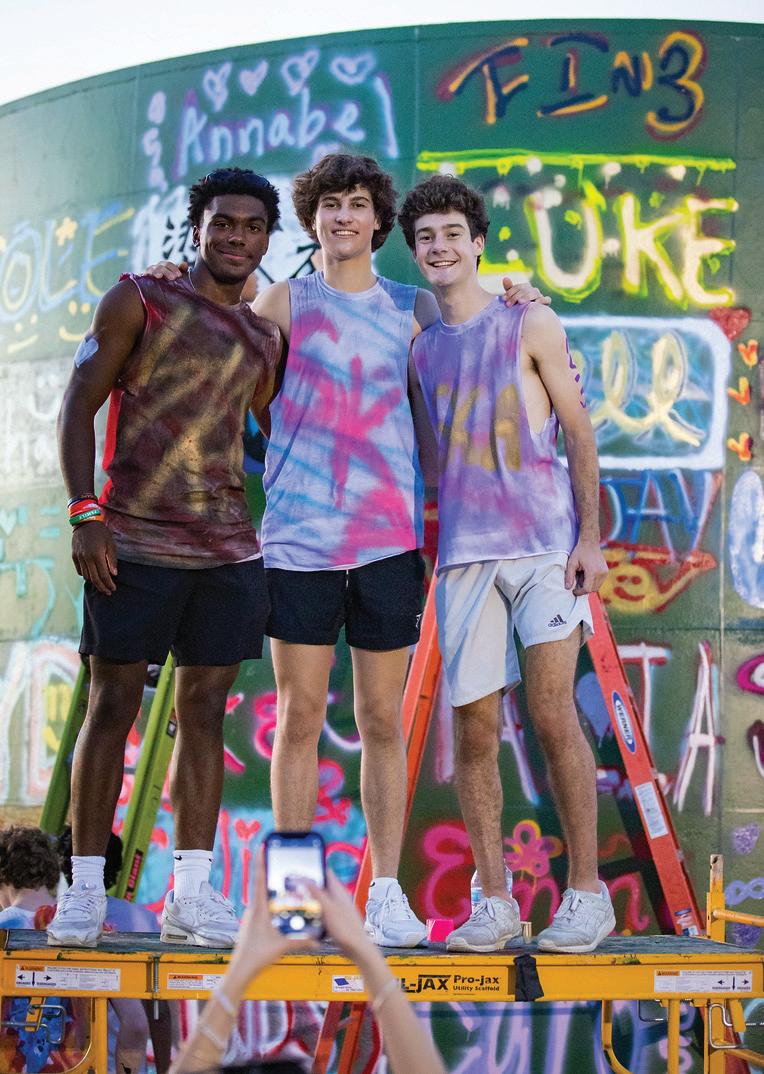
“It’s fun that we get to add our own little twist on events that already exist,” Stone said.
Although some seniors are sad to leave and some are more excited to embark on a new journey, these activities will help them come together for one final time as a grade, said Smith.
“I’ve been looking forward to doing these senior activities for so long and I felt so old doing them,” senior Taylor Levy said.
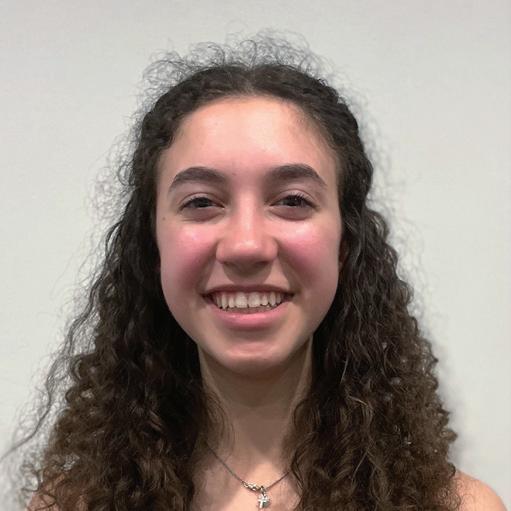
Many other traditions such as Homecoming Week, Winter Dance, Prom and special dinners all are meaningful to students, teachers and parents.
Despite having some obstacles – it was rainy and overcast the morning of the Senior Sunrise, for example –Rudelman says he was very happy that he got to spend time with his classmates on the first day of school.
Besides having their own activities, the seniors partake in other events from the Middle School and Lower School divisions, such as Music on the Quad and Halloween festivities.
“The seniors take part of the Halloween Parade with the Lower Schoolers and kindergarteners, which is a big part of their year,” senior parent representative Stacey Titens said.
Seeing all the seniors move along and leave behind their mark is a commemoration and reflection of their time at Greenhill, said Pitts.
“We are coming from a position of: we want everyone to have a good time which is why we are doing it,” Watt said.
It’s this positive outlook that allows seniors to be able to come together and create a deeper sense of community, said Stone.
As the year unfolds, the Class of 2023 will take part in many additional activities.
“We are doing these things for the senior class and to make sure that it is memorable for everyone,” Watt said.
As a parent, Venkat says it is bittersweet to see her own daughter and the rest of the seniors depart.
“I am thrilled to see the seniors enjoy their last year,” Venkat said. “[But] it’s also very emotional to think that these seniors will never walk the hallways the same way after the summer of 2023 and it’s a year of many lasts for them.”
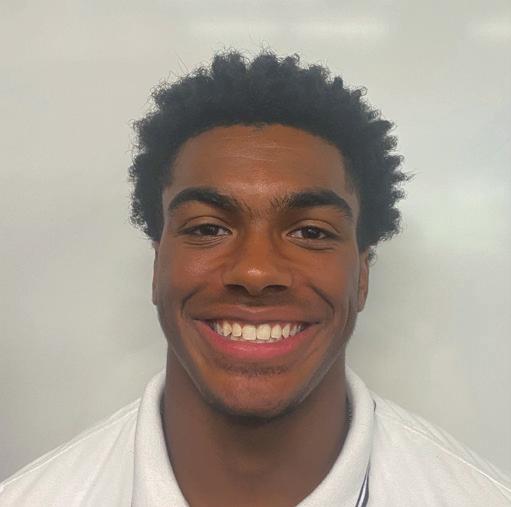 Daniela Hallack
Lexie Stone
Stephanie Almanza
CREATING CONNECTIONS: Each year’s graduating class enjoys a variety of actitivies such as the Senior Sunrise and painting of the Water Tower.
Photos courtesy of Greenhill Communications
Daniela Hallack
Lexie Stone
Stephanie Almanza
CREATING CONNECTIONS: Each year’s graduating class enjoys a variety of actitivies such as the Senior Sunrise and painting of the Water Tower.
Photos courtesy of Greenhill Communications
I’ve been looking forward to doing these senior activities for so long and I felt so old doing them.”
Jaden Watt
Sydney Pitts
A lot of the traditions involve talking to new people and collaborating to accomplish things and I think it’s really making our grade closer.”
The senior year is a big celebration of all the hard work we’ve put into this school and what this school has given us.”
NewsEvergreen the 3Wednesday, September 28, 2022
“
“
“
Evergreen the
Scientific Inquiry
AP Science Student Enrollment Increases
Evie Kwei
Junior
Zoya Iyer is doubling up on Advanced Placement science courses this year, a once-rare Upper School phenomenon that has suddenly become commonplace, largely because of a decision to scrap the rigorous application process used in the past.
Iyer, who is taking both AP Biology and AP Environmental Science, says that the sign-up process for both courses was incredibly easy.
“I would prefer to take another science course, so I would say that it’s worth it,” Iyer said. “I think it’s just more interesting, and I’d rather take science than an elective I’m less into.”
This year, student enrollments in Upper School AP science courses have surged. The exact numbers are not available because of student privacy restrictions, but an Evergreen analysis of the year-to-year growth in enrollments in AP Biology – the most popular AP science course in the Upper School – provides a snapshot of the spike.
Last year, there were 21 juniors enrolled in AP Biology, according to Evergreen reporting. This year, as of Sept. 6, there were about 62 juniors enrolled in AP Biology – more than triple the number last year.
Why the Increase?
Upper School students interviewed for this article say their genuine interest in science and career ambitions prompted them to enroll in AP science courses this year.
Some teachers, however, believe there may be another reason for the rising numbers in AP science courses.
“This is all because it has two letters in front of the title,” Upper School science teacher Michael Haskins said. “I’d be curious to see if there was an enrollment decrease if I taught the exact same course but did not call it AP Physics II.”
Indeed, students acknowledge the alternative incentive to taking multiple science APs, believing that having a certain number on one’s transcript will make them look more impressive and appealing to admissions officers when the college application process rolls around.
“I was more inclined to do the classes because they were both APs,” said junior Shreya Ram, who is in AP Chemistry and AP Biology.

There is still another incentive to take high-level science courses.
Junior Angela Kamgang took Honors Chemistry and AP Physics II last year and is currently taking AP Biology and AP Environmental Science. Kamgang says she decided to double up in science courses both years due to her genuine interest in science and desire to take certain electives in her senior year that have course prerequisites.
“I think I still would’ve doubled up in science, even if they weren’t counted as AP credits, because I know there’s other electives I want to take, but I can’t until I take these classes,” Kamgang said.
Overall, Haskins still sees a discrepancy between the number of students who want to take AP science courses due to interest and those who want to take them in the hopes of creating an impressive transcript. Haskins believes students should not double up just for the sake of their college applications.
“I think if you’re really interested in it, it’s worthwhile,” Haskins said. “My advice would be not to take a class just because it’s going to look good for college.”
Philosophical Changes
A major factor in the rise of the number of AP students is the reordering of core science courses at Greenhill. Three years ago, the Upper School science curriculum changed to physics for freshmen, chemistry for sophomores and biology for juniors. Doing so allowed sophomores to become eligible for more AP courses, as taking freshman Physics opens the door to AP Physics II and AP Physics C for their sophomore year.
“One of the main objectives in the switch was to provide more access to more students for these types of advanced courses,” Head of Upper School Trevor Worcester said.
Because juniors are allowed to take AP Biology as their first course in the subject, there are 62 juniors enrolled in AP Biology this year, a number that would have been impossible
under previous Greenhill policies.
According to Upper School science teacher Barry Ide, the average number of AP Biology students in previous years has been in the 40s. That number included about 20 juniors, Evergreen reporting shows.
The increase reflects a general shift in the Greenhill educational philosophy, said Upper School Science Department Chair Treavor Kendall.
There used to be many barriers to taking AP science courses to ensure that students were ready to take classes at such a high level. The application for AP Biology was especially rigorous, taking many students hours to complete, and deterring some from applying at all. Now, the application system has been simplified to a recommendation by past teachers.
“With the new system, there are still conversations that should be had over whether or not the student is set up for success in the advanced courses,” Worcester said. “I do think it’s a good thing, because again, the access should always be there.”

Future Without APs?
With the mixed incentives for taking AP courses, the Science Department has its concerns about the number of science APs available.
There are not many other APs available to students outside of those offered in the sciences, so many students who want to take an AP turn to those. The department has been discussing a decrease in science APs or a move away from APs entirely.
 Graphic by Emma Nguyen
Graphic by Emma Nguyen
“It’s an ongoing conversation that we’ve sort of been having, with different topics,” Worcester said. “I think the bigger question is whether or not we want to continue to be an AP school.”
Other departments, such as the English Department, have already undergone this drastic shift away from APs. AP English Literature and Composition and AP Language and Composition are no longer part of the high school curriculum, as teachers felt that Greenhill’s writing program was already rigorous enough.
AP courses also force teachers to “teach to the test,” which can be limiting to both teachers and students because they have less time to delve into deeper questions and explore students’ interests, said Ide.
“
This is all because it has two letters in front of the title. I’d be curious to see if there was an enrollment decrease if I taught the exact same course but did not call it AP Physics II.”
The consensus from teachers like Ide is that Greenhill has the resources and faculty to pull together informative and curious science courses that do not utilize the College Board’s curriculum.
“As an independent school, I’m not always certain that adopting an outside curriculum is always going to be the best fit for us,” Ide said. “It might be in our best interests, as a school who values the ability to teach what we think is right for our students, to not teach AP courses any longer.”
Zoya Iyer
Michael Haskins
News
4
Founders’ Day Celebration Resumes
Hundreds
of Greenhill community members, from preschool students to retired campus legends, gathered in the Phillips Family Gymnasium on the morning of Sept. 11 to celebrate the 72nd anniversary of the school’s founding.
It was the first in-person celebration of the annual event known as Founders’ Day since the COVID-19 pandemic forced a curtailment of campus life.
“The school that Bernard and Helen Fulton started on September 11, 1950, was founded as an alternative, as something different, to give people a choice,” Head of School Lee Hark said in his opening comments to the community. “Generations of teachers and students and families have built upon the Fultons’ courage and vision and helped create the amazing school Greenhill has become.”
Founders’ Day became an official celebration on Sept. 11, 2000, when Greenhill hosted its first school-wide assembly to honor the occasion. The celebration also included an ice cream social in honor of Helen Fulton, one of Greenhill’s founders and the wife of the first head of school.
“Mrs. Fulton was always looking for ways to celebrate the kids and let the kids have fun,” said Associate Head of School for Mission, Community, and Culture Tom Perryman. “Offering ice cream was a special event that was as cool as it could get.”
Prior to COVID-19, the Founders’ Day assembly was one of Greenhill’s only school-wide gatherings. The loss of these events left a void in campus life.
“I think we have felt noticeably less connected because we haven’t been able to be together as a community,” History Department Chair Amy Bresie said. “Community is something that if you don’t work on it, you can lose it.”
This year, long-standing Founders’ Day traditions came back to campus as students once again flooded the Phillips Family Gymnasium early in the morning for the assembly.
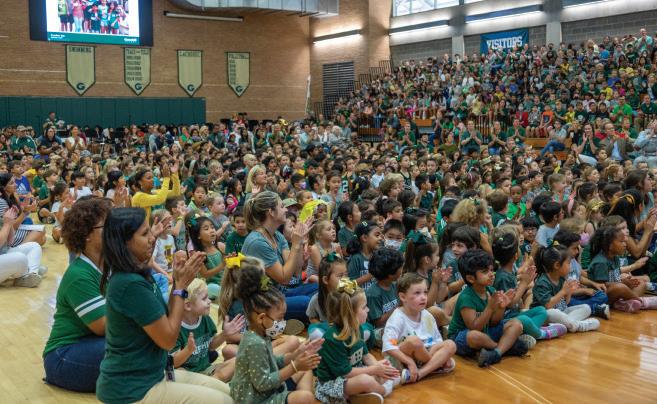
“My favorite part was getting to sing the friendship song,” senior Arman Najari said. “That song has always been such a great way to connect everybody in the school.”
One of the highlights of this year’s Founders’ Day assembly was the naming of two groups in the school’s Heart of the Hill community bonding program after two former employees, Jeanne Baker and Sally Rosenberg.
Senior Sydney Pitts delivered a speech on behalf of Baker’s HOH group, formerly Blue 11, educating those at the
assembly about Baker’s contribution to the school.
“My HOH group Blue 11 is being renamed the Jeanne Baker group,” Pitts said. “She was the first African American academic teacher so I’m incredibly excited to get to honor her.”
While Founders’ Day is a joyous occasion on campus, Perryman said it is also important to remember and acknowledge the national tragedy – the 9/11 terror attacks –that occurred that same day in 2001.
“We need to acknowledge that with the joy and celebration, there’s also this sadness that’s also a part of it,” Perryman said. “We decided we would make a part of the ceremony to acknowledge this terrible moment.”
After the assembly, middle and high school students proceeded with their adjusted Founders’ Day schedule before returning to the Phillips Family Gymnasium at 3:15 p.m. for a pep rally .
“I didn’t know what to expect from Founders’ Day, but I liked how [the assembly] wasn’t just speech after speech,” new sophomore Camila Hanson said. “We actually acknowledged the people sitting on either side of us, [which] emphasized how important human connection is to Greenhill.”
As a senior about to leave Greenhill, Najari said that this year’s Founders’ Day was bittersweet for him.
“I was a bit saddened when I realized this would be my last one,” Najari said. “I have been at Greenhill for 12 years and I will miss events like this when I graduate.”
STEM + Innovation Center Update
frames, acoustical panels and the coffee shop, said Grace.
Construction of the campus STEM + Innovation Center is still on track to be completed in August 2023, before students start school next fall, Greenhill officials said.

Ground-breaking and initial construction began in February and has continued since then. Currently, construction workers are pouring the concrete for the basement storm shelter, said Associate Head of School and Chief Financial and Operating Officer Kendra Grace.
The mass timber that will be used in the construction of the building is expected to arrive by the middle of October.
“Everyone will start to see stuff coming out of the ground, which I think will be a little more exciting,” Grace said.
The timeline for the construction of the mass timber structure calls for this phase of the project to be completed around the middle of January 2023. Once the timber structure is built, the administration will have a better sense of whether the construction schedule will need to be adjusted, said Grace.
In the months leading up to the August 2023 completion target, the construction team will work on the mechanical engineering pieces, as well as everything inside the building, including restrooms, classrooms, storefront
“What I’m looking forward to is getting people in and getting to use the building, actually seeing students get in and get to use all the innovation spaces in the classrooms,” Grace said.

Finally, in July 2023, the builders hope to obtain a Certificate of Occupancy, permitting the opening of the building in August. If the construction process falls behind, the administration will have to rework the current construction timeline, said Grace.
“So far, we’re on budget and on schedule,” Grace said. “Those are the two most important things.”
Grace added, “We should probably know by January if we’re going to need to make these adjustments.”
Students say they are looking forward to the opportunities the STEM + Innovation Center will bring.
“As a freshman, I get to experience it most out of anyone in the high school right now,” freshman Arjun Bhatnagar said. “I feel like it can offer my grade and my peers a lot of opportunities to learn more about STEM.”
Upper School science teacher Barry Ide says that classes will have more opportunities to collaborate between the math and engineering departments, along with having more community centered space.
“I think shifting from the Upper School perspective, having formerly had eight teachers in the science building, to 16 or 20 when you count engineering, that makes that area of campus just as impactful from a faculty standpoint,” Ide said.
With the STEM + Innovation Center’s launch, students and faculty will be transitioning from the Science Village to the new building next year.
While the current Science Village has provided class space and resources to hold lessons and conduct experiments, teachers say they are looking forward to the STEM + Innovation Center and the elements of convenience that the Science Village can’t provide.
“In the Science Village, we don’t have potable water, access to deionized water and dishwashers in rooms,” Ide said. “And those are minor things which aren’t earthshattering, but it’s hard to think big picture past those things. If I had better access to storage or ways to clean up after labs, that might free me to do other things.”
Ukraine War
The war in Ukraine entered a new and dangerous phase, with Russian President Vladimir Putin launching new attacks on civilian areas, calling up army reservists to bolster his battered forces and initiating a series of votes aimed at annexing four additional occupied areas.
Russian and Ukrainian forces continued to exchange missile and artillery fire as Putin deals with the fallout of recent battlefield setbacks and the politically unpopu lar decision to call up army reserves. Protests erupted in more than 38 cities, with Russian authorities making hundreds of arrests.
Amid new threats from Putin regarding the possible use of nuclear weapons, world leaders denounced the Rus sian autocrat and vowed to stand with Ukraine.
Global Warming
NASA scientists are blaming a recent surge in natural disasters on unchecked global warming.
Among the countries ravaged by recent weather events are Puerto Rico, Japan, the Dominican Republic and Pakistan. A devasting hurricane, Fiona, hit Puerto Rico and the Dominican Republic in late September with heavy rain and flash floods. In Japan, Typhoon Nan madol forced the evacuation of more than 8 million people. Pakistan is also dealing with severe flooding.

Millions of civilians around the world have died and millions more have been stranded without power, resources or shelter.
Iran Protests
Mahsa Amini, a 22-year-old woman in Iran, died on September 19 from injuries inflicted by Iranian “moral ity police,” who patrol Iranian streets to enforce strict restrictions on women’s attire.
Amini allegedly disobeyed the laws by only partially wearing her hijab. Agents of the Iranian government beat her by throwing her against a car, according to medical records, but they claim she died of separate injuries.
Many are calling for justice for Amini’s death. Women in Iran are protesting discriminatory laws and a lack of equal rights. These acts of protest include women publicly burning hijabs and cutting their hair short in defiance of the strict laws that the Iranian government has enforced on them.
Queen Elizabeth II
Funeral services for Queen Elizabeth II, the United Kingdom’s longest reigning monarch, were held on Sept. 19 after an official mourning period that attracted hundreds of thousands of mourners.
The 96-year-old Queen died on Sept. 8 at Balmoral Castle in Scotland. Immediately after her death, Prince Charles III, the Queen’s oldest child, became King and will be crowned in the spring or summer of 2023.
President Biden and scores of other world leaders and diplomats attended her funeral. Prior to the ceremonies, more than 250,000 citizens waited in miles-long lines to view the Queen’s coffin and pay their respects. In the United Kingdom alone, over 29 million people watched the funeral procession on television.
Aman Jaleel
TOGETHER AGAIN: Greenhill students gather for the Founders’ Day assembly following a two-year hiatus.
Photo courtesy of Greenhill Communications
Eitan Hahn
Kendra Grace
BUILDING PROGRESS: The STEM + Innovation Center continues to take shape with a 2023 opening targeted.
Photo by Evie Kwei
NewsEvergreen the 5Wednesday, September 28, 2022
A Warrior For Justice
Sarah Simon ’17 Champions the Cause of Exonerees
Sophia Li
Foras long as she could remember, Sarah Simon ’17 knew she wanted to fight for justice.
Coming from a family of Jewish refugees that fled Nazi Germany, Simon felt inspired to join the Liberation Foundation, a nonprofit dedicated to the release and reintegration of wrongfully convicted Pennsylvanians.
Her contributions to freeing wrongfully incarcerated individuals and reintegrating them earned her the President’s Engagement Prize of the University of Pennsylvania at her 2021 college graduation.
The prize awarded her team with $100,000 for the project and an additional $50,000 living stipend for each of the three team members. This increase in funding has allowed the nonprofit to expand their work hours and capacity.
“Everything I’ve been building for has finally come into fruition because we would now have the sources to be able to do this work full time,” said Simon, a co-director of the Liberation Foundation. “With great resources comes great responsibility, and it’s truly a gift we’ve been given.”
Efforts at Justice
The Liberation Foundation was founded by exoneree Terrance Lewis, who served over 21 years in prison on a wrongful murder conviction. Simon says Lewis’ story reveals a broader issue within the criminal justice system — one that disproportionately targets racial minorities.
“Police and prosecutorial misconduct remain rampant epidemics across the country, which has led to the wrongful incarceration of hundreds if not thousands of people,” Simon said. “There is a severe and deep-cutting racial bias embedded into America’s criminal legal system.”
At the Liberation Foundation, Simon supervises legal proceedings and conducts investigative work for attorneys.
“We connect people who are claiming wrongful conviction or innocence to attorneys willing to take on their cases pro bono,” Simon said. “Then, we do high-level paralegal and investigative work on behalf of these cases. Our model makes it easier both for wrongfully convicted persons to find representation and for attorneys to work on these cases.”
Another Liberation Foundation case culminated in the August 2021 release of Jehmar Gladden, who was convicted of second-degree murder in 1999 and spent 23 years behind bars.
“[It] was by far one of the most rewarding and humbling experiences in my life,” Simon said.
In Pennsylvania, wrongfully incarcerated individuals face a bleak reintegration into society without state support.
“If you are in Pennsylvania and you get exonerated, you become free and get out of prison, but there’s no compensation bill,” Simon said. “So, often when people come home, they may not even have a home, as they have no funds nor assured resources to get back on their feet.”
It was Simon’s passion, along with the fortune of connecting with equally passionate individuals, that led to her work for the Liberation Foundation. A few months after Lewis was released from prison, he contacted Simon and spoke with her about his vision.
“He had a dream to set up an organization to help people who are in a situation similar to his own,” Simon said. “He laid out his vision to me and my colleague, and we helped devise a plan to bring his vision into reality.”
The initial groundwork for the organization involved setting up the nonprofit’s infrastructure through community outreach and marketing efforts. In March 2020, the Liberation Foundation was officially established.
“From there, we started working on cases,” Simon said. “We had people who were writing to us from the moment Terrance came home, before the Liberation Foundation was an established organization.”
According to Simon, the organization currently has two primary objectives: “to get people home and to provide them the resources they need to stay home.”
Simon emphasizes the importance of personal attention to clients when tackling their cases.
“There is a lot of individualized attention that we prioritize in the way that we deal with our clients,” Simon said. “We don’t want people to feel like they’re still part of a system. Every case is an individual experience and we treat them as an individual unit, and it is difficult to systematize this work
because the evidence that exists within each case tends to be very different.”
The other part of Simon’s work involves serving people in the Liberation Foundation’s reentry program, which operates in State Correctional Institution Coal Township, a Pennsylvania prison, and has facilitated the reintegration of more than 100 people.
“[This program] looks like outreach to expert speakers who come in and speak on a variety of different topics,” Simon said. “That looks like facilitating questions from participants and making sure that they get comprehensive answers. It looks like connecting people with resources upon their return.”
Greenhill Roots
As a Greenhill student, Simon was involved in a variety of activities.
“I was in the Honor Council all four years of high school,” Simon said. “I did a lot of tech theater. I was very involved in photography, and it really gave me a creative outlet.”
Simon attributes much of her current accomplishments to the close-knit, community-oriented environment that is so central to Greenhill.
“I credit my Greenhill experience with making me not just an open-minded individual, but also with providing me mentors and a level of peer support that created a deep drive to use my education for service,” Simon said.
Greenhill, said Simon, was the first institution that imbued her with the idea that the ultimate purpose of knowledge should be service to others.
Simon’s teachers were the cornerstone of this developmental journey. One of those teachers was Michael Orman, who played various roles in the Theater Department and Fine Arts.
“[He] was an incredibly influential mentor for me,” Simon said. “He nurtured confidence, creative expression and decision-making skills in all of his students, all while cultivating an incredibly enriching communal learning environment. To this day he remains one of the greatest teachers in my life, and I carry the wisdom he shared with his students in all of my actions and endeavors.”
Another influential teacher for Simon was former Honor Council faculty sponsor Darryn Sandler, who worked with
her all four years of high school.
The Honor Council consists of students and faculty who review cases of students who potentially violated Greenhill’s academic honor system. Sandler says Simon was key to the Honor Council’s mission.
“It wasn’t a surprise that her classmates elected her to be on the council,” Sandler said. “Many students had made up their mind about whether that student was innocent or guilty. Sarah was very open-minded. There was no preconceived notion that someone was guilty or innocent.”

The Honor Council has certain overlaps with Simon’s current reentry work, said Sandler.
“I can see why she’s doing what she’s doing,” he said. “Honor Council wasn’t as much about students getting in trouble as much as trying to make sure they make good choices going forward.”
Looking Forward
Building off previous successes, the Liberation Foundation is on track to expand its services, said Simon.
“Of course, our goal is to continue helping people obtain their rightful freedom,” Simon said. “It is the reason we exist. Another one is right around the corner. We want to expand our reentry program to women’s prisons specifically, because that’s a very underserved population vis-a-vis reentry.”
Looking beyond the organization, Simon says she also hopes to continue advocating for tangible policy reforms.
“Getting a compensation bill instituted is also top of mind for us,” Simon said. “People continue to return home and obviously need resources to survive after they’ve been disenfranchised for so many decades.”
Fighting systemic injustice is by no means an easy feat, Simon said, but having such a strong support system as the one she found within the Liberation Foundation makes the quest easier.
“The work itself is an uphill battle at every level,” Simon said. “You will run headfirst into walls time and time again. It’s very important to have a group of people who can pick each other up, dust each other off, and find a way to climb to the next level.”
FOR LIBERATION: After graduating from the University of Pennsylvania, Sarah Simon ‘17 joined the Liberation Foundation to work towards the exoneration of the wrongfully convicted and their reintegration into society.
Photo courtesy of Sarah Simon
Features6
New Affinity Group: Students with Disabilities
Last year, senior Katie Frymire needed to fulfill her physical education requirement to be on-track for graduation.
She knew that her physical disability prevented her from completing the PE credit’s requirements, so she asked for an exemption. She eventually got it, but she faced frequent institutional barriers that made the process frustratingly tedious, Frymire said.

After conversations with other students who have disabilities, Frymire realized she wasn’t alone in lacking support.
This year, she is the founder of a new affinity group: Students with Disabilities.
“I originally had this idea at the beginning of last year, but I didn’t think anyone would join,” Frymire said. “As the year went on with more barriers, I realized ‘no, this needs to exist.’”
To start the affinity group, Frymire reached out to Assistant Director of Equity and Inclusion Monsie Muñoz ’05. Then, she invited senior Taylor Levy, junior Michelle Phu and sophomore Fern Hignite to co-lead the group.

Student Visibility
An affinity group at Greenhill is a support space for students of the same identifier to converse with each other about common experiences. And while faculty members sponsor affinity groups, the groups are essentially student-run and focused.
With the addition of this affinity group, there are now a total of 12 in the Upper School, each of which brings a unique student perspective to Greenhill’s community. Affinity groups are based on race, religion, beliefs or a social identifier.
“This is a great example of that studentcentered philosophy,” Muñoz said. “Katie saw a need based on personal experience. She can speak from the ‘I’ perspective and wanted to create a space where students who have that experience in common feel supported by each other and feel seen.”
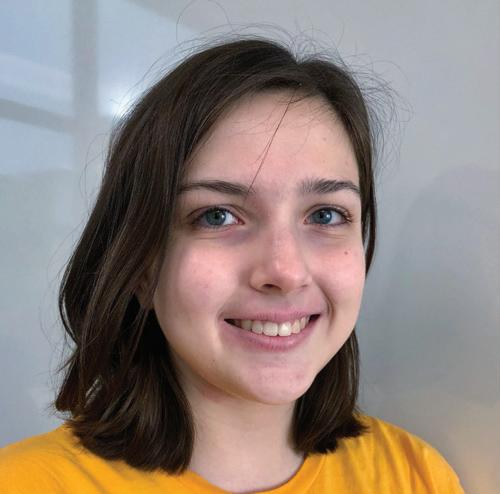
Frymire, Phu and Muñoz all agree that the visibility of the Students with Disabilities affinity group is important as it brings awareness to the hurdles that students who are disabled face at Greenhill and beyond.
“I think it’s really important for Greenhill students to have a community to talk about disabilities, especially because it’s such a ‘taboo’ topic,” Phu said. “A lot of people just say ‘oh, you don’t look disabled’ or something weird along those lines, and there is a lot of stigma around disabilities to break down. I feel like it’s super weird that it took so long to have an affinity group for students with disabilities.”
This is a great example of that student-centered philosophy. Katie saw a need based on personal experience. And she can speak from the ‘I’ perspective and wanted to create a space where students who have that experience in common feel supported by each other and feel seen.”

The taboo perception of disabilities can make one’s experience with a disability feel invisible at times, Frymire said.
“The word disabled feels like a dirty word to most people, because they don’t want to seem offensive,” Frymire said. “But it’s not a dirty word, it’s an accurate descriptor to what many people are. And I feel that having open discussions about [disability] will help people at this school realize that this is an okay word to use.”
Frymire says having a disability can be an isolating experience. According to data from the National Institute of Health, this experience is common for many people who are disabled, as they are statistically more atrisk for loneliness.
The word disabled feels like a dirty word to most people, because they don’t want to seem offensive. But it’s not a dirty word, it’s an accurate descriptor to what many people are.
And I feel that having open discussions about [disability] will help people at this school realize that this is an ok word to use.”
“One of my goals in making this group is just to let students with disabilities talk and hang out with people that might have similar experiences and won’t be judgmental, and also to act as a resource if they’re having any struggles,” Frymire said.
Group Goals
Historically, affinity groups have provided spaces for student conversations concerning school culture or policy. Frymire says she hopes the group will help students advocate for necessary changes, including making physical spaces more accessible.
“As someone with a physical disability, I find this school difficult to traverse at times,” Frymire said. “One time when I was on crutches because I had a surgery, I had to find a way to open doors because most of them don’t have a ‘push to open’ button. In the Fine Arts Building, there is a small three-step staircase that could easily just be a ramp.”
Frymire says there is also a disparity in the way that accommodations are given to students with different types of disabilities.
“This school can have help with mental disabilities, but physical disabilities feel like something that’s never really talked about,” Frymire said.
In the process of creating the new affinity
space, Frymire and Muñoz wanted to create a framework that is inclusive to people with all different types of disabilities.
“This group is not just for physical disabilities, but also other types, cognitive disabilities or any sort of social and emotional challenges that can be disabling for a student in their environment,” Muñoz said. “This group is so beautiful because it can
be so complex. Ability is an identifier that you can move in and out of depending on your circumstances, and Katie was very purposeful and intentional about explaining that.”
The group had its first meeting on Sept. 21 and will continue to meet throughout the school year.
“I hope that our group creates a community where people are respected and can learn,” Phu said. “I think it’s important to show that disability doesn’t look one certain way, and how there’s so much intercommunity diversity.”
Ivy Stitt
Monsie Muñoz
Photo by Chloe Nguyen
Photo by Alex Peplinski
Katie Frymire
STARTING A DISCUSSION: Leaders of the new Students with Disabilities Affinity Group aim to form a more inclusive environment on campus by fighting misconceptions about what a disability looks like and advocating for the necessary accommodations.
CREATING COMMUNITY: The Students with Disabilities Affinity Group’s goals include building spaces where students can talk and connect without judgment from peers.
FeaturesEvergreen the 7Wednesday, September 28, 2022
“
“
Evergreen the
New Guidance Counselor on Campus
Kathy Roemer Joins Schoolwide Conversation on Mental Health
Growing up, school was a safe space for Upper School Counselor Kathy Roemer. As a result, it was easy for her to find her way into school counseling.
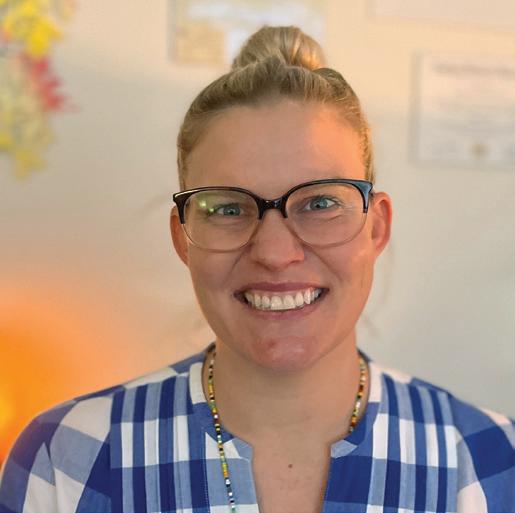
“I chose social work because I like the perspective of social work and looking at and working with a person from where they are in that moment,” Roemer said.

Roemer’s addition to the faculty comes at a time of heightened sensitivity regarding student wellness for Greenhill. The topics of mental health and social-emotional wellbeing began taking on greater urgency in the Upper School even before the COVID-19 pandemic hit campus in the spring of 2020.
“From the time that I assumed this role, the senior speeches really landed on their mental health and their wellbeing,” Head of Upper School Trevor Worcester said. “Conversations I had with those seniors, the class of 2018, they were interested in more wellness programming.”
counseling department’s new and proactive approach toward socialemotional learning. The goal for the counseling department is to provide students with tools to help themselves succeed, so less reactive counseling is needed in the wake of crisis events.
“She is seasoned in this,” Frederick said. “She knows what she’s doing. I’ve often said to her that she has been such an easy coworker to bring on because she doesn’t have to be taught the role of a school counselor. She knows what that is.”
Now, in the pandemic aftermath, Greenhill has launched a new approach to addressing these critical issues that includes adding another Upper School counselor.
Roemer says she is excited to be a part of the changes the counseling department will be taking.
“I’ve worked a lot of schools, particularly independent schools, where the counseling department doesn’t always have a purpose and cohesiveness K-12,” she said. “I feel like Greenhill is moving in that direction and doing some really cool things.”
Increasing Availability
Before Roemer arrived at Greenhill, there was only one counselor in the Upper School to serve the needs of more than 480 students – nearly double the counselor-to-students ratio recommended by the American School Counselor Association.
Upper School Counselor Amanda Frederick says that having Roemer around significantly eases her workload.
“It is so helpful to have somebody else,” Frederick said. “It’s been frustrating that sometimes if somebody reaches out to me and they don’t have a free period, or they only have one free period, I can’t see someone sometimes until a week after they’ve reached out. With Miss Roemer here, we’re hoping that access to help when you need it, and availability, that’s key for us.”
Frederick says Roemer’s background in high school counseling will aid in the
Senior Chancey Stefanos, who visited Roemer in the first week of school, agrees.
“I’m really glad that we have her on the team because she definitely helps Ms. Frederick out a lot,” Stefanos said. “I’ve already seen that she’s really busy. She had a busy first week, but she’s already helping all the students.”
For Roemer, the goal is to continue to help as many students as she can.
“I like being part of the conversation about how we can bring programming to all of our students, but I’m not here for just a small percentage of kids who are going through a hard time,” Roemer said. “I’m able to impact all the kids K-12, because I’m part of the conversation about how to do counseling.”
Change in Approach
That conversation has taken on greater urgency since the COVID-19 pandemic hit the U.S. in 2020 and triggered a surge in school-age mental health issues.
Adding a second Upper School counselor has been planned for two years, said Worcester.
“We would have had two counselors last year, and then the middle school counselor left,” Worcester said. “At that point, we had to scramble. [Lizzie] Collie really did a great job in Middle School and liked it. So we knew that we were going to fill the Upper School counselor position as the number two and it was one of our first searches that we had for faculty.”
While the pandemic accelerated the growing need for a second counselor, conversations surrounding the school’s approach to social-emotional learning began much earlier. The global nonprofit Committee for Children defines “social-emotional learning,” or SEL, as “the process of developing the self-awareness, self-control, and interpersonal skills that are vital for school, work and life success.”
Before Greenhill switched over to a
semester system, Upper School students needed to take a wellness class by 10th grade as a graduation requirement. Now, SEL takes the form of a mandatory gradewide program with a set-aside block in the schedule.
“I like being part of the conversation about how we can bring programming to all of our students, but I’m not here for just a small percentage of kids who are going through a hard time. I’m able to impact all the kids K-12, because I’m part of the conversation about how to do counseling.”
The cost, however, was that previous years’ SEL programming was less comprehensive than the required wellness class Upper Schoolers needed to take, said Director of Counseling Shanti Majefski.
“If you took it as a required class, that was pretty comprehensive, which is a piece that got lost when we shifted to the [Upper School] Community Time delivery structure,” Majefski said.
But Majefski says the Community Time delivery fell flat. Without the required class, topics in wellness that were critical for students to receive in their first years of Upper School were undercovered.
“This information also needs to be reinforced and discussed across a student’s entire four years in the Upper School,” Majefski said. “This is because a 14- or 15-year-old will receive that information and understand it very
differently than a 17- or 18-year-old, simply because of typical development and life experiences.”
With Roemer’s help, wellness learning will now be more programming intensive in smaller settings.
“The two counselors, Ms. Frederick and Ms. Roemer, are going to be pushing into some advisories and delivering programming,” Majefski said. “The hope is that for most students, they can show a little bit more vulnerability than they ever would in a random situation with a bunch of other kids in there.”
Stefanos says she enjoys the changes. The spread-apart programming, she hopes, will encourage students to be proactive with wellness, since it’s not constant learning.

“
This information also needs to be reinforced and discussed across a student’s entire four years in the Upper School. This is because a 14- or 15-year-old will receive that information and understand it very differently than a 17- or 18-year-old, simply because of typical development and life experiences.”
“I think it’s good that we’re focusing on all four grades [of Upper School],” Stefanos said. “I think as people get older, the issues that we have personally definitely change over time. I think it’s a good system that we are putting in place now.”
“I’ve worked a lot of schools, particularly independent schools, where the counseling department doesn’t always have a purpose and cohesiveness K-12. I feel like Greenhill is moving in that direction and doing some really cool things.”
I chose social work because I like the perspective of social work and looking at and working with a person from where they are in that moment.”
“
NEW TO THE OFFICE: Kathy Roemer, the newest addition to the Counseling Office for the 2022-2023 school year, is excited to work with students across campus.
Photo by Evie Kwei
Chancey Stefanos
Emma Nguyen
Amanda Frederick
Features
8
Upper School Faculty Take on New Responsibilities and Different Roles
making sure that the department has all of the supplies that it needs,” Gallegos said. “I think that some of the more idealistic responsibilities happen later on in the year because at the beginning of the first month of school, you’re really consumed with those [logistics].”
All three teachers agree that the 80 minutes they spend in class with students has not changed. They have not needed to compromise the quality of interactions with their students. However, each had to modify their routine outside the classroom.
Chu says she takes proactive steps to make herself accessible to students.
“One thing that I’ve been doing is trying to post when I’m available for my students,” Chu said. “I’m trying to be more intentional with my time so that I divide it up and say, ‘mornings are really more focused on my role as a math teacher and advisor,’ and maybe afternoons are more service-learning oriented.”
office, so I mainly had dealings with parents,” Rosa said. “It’s been really nice to deal with more students. It’s fun now that I’m working with Middle School and Upper School that I get to know a lot more of these faculty.”
Like Rosa, Chu also values increased student interaction.
“I’ve really enjoyed getting to know more people outside of the bubble I was in,” Chu said. “A lot of students will come by and talk to me about community service. I feel like it’s one of the things that drew me to this job.”
Each faculty member has a unique set of goals for their position, and faculty taking on multiple positions are no different.
It’san annual feature of campus life: students, faculty and staff leave, and new students, faculty and staff arrive. Sometimes, returning faculty and staff take on new positions or change roles.
This year is no different.
The start of the 2022-2023 school year marks the arrival of seven new Upper School faculty members and three staff members. The new Upper School faculty members are: science teacher Christopher Chambers, history teacher Ron Frankland, math teacher Charlie Janicki, Latin teacher Jenn Jarnagin, computer science and innovation teacher Joseph Meagher, assistant debate teacher and coach Rodrigo Paramo and math teacher Jason Zuffranieri. Both Meagher and Paramo will also teach Middle School students.
The new Upper School staff members are: Director of College Counseling Peter Olympia, Counselor Kathy Roemer and Upper School Office Coordinator Alma Saldana.
While change is present in the people on campus, it is also present in the roles they play in the community.
Shifting Roles
Each year, titles and responsibilities shift as faculty move between divisions and departments.
One of these faculty members is Darcy Rosa, who moved from being Lower School Office Coordinator to Middle and Upper School registrar. The shift came with a lot of changes, she said.
“The main difference is in the Lower School, they travel by homeroom so there’s not really a schedule to be made,” Rosa said. “Here in high school, you guys get to pick mostly everything, especially in your 11th and 12th grade.”
Rosa’s affinity for math and puzzles drew her to the position. She was looking for a new challenge to take on, and coordinating Middle and Upper School schedules is definitely meeting her expectations, she said.

Looking ahead, Rosa prepares to take on the task of creating the master schedule from scratch. Thus far, she has been dealing with creating and adjusting student schedules based on the work done previously by Upper School math teacher Steve Warner.
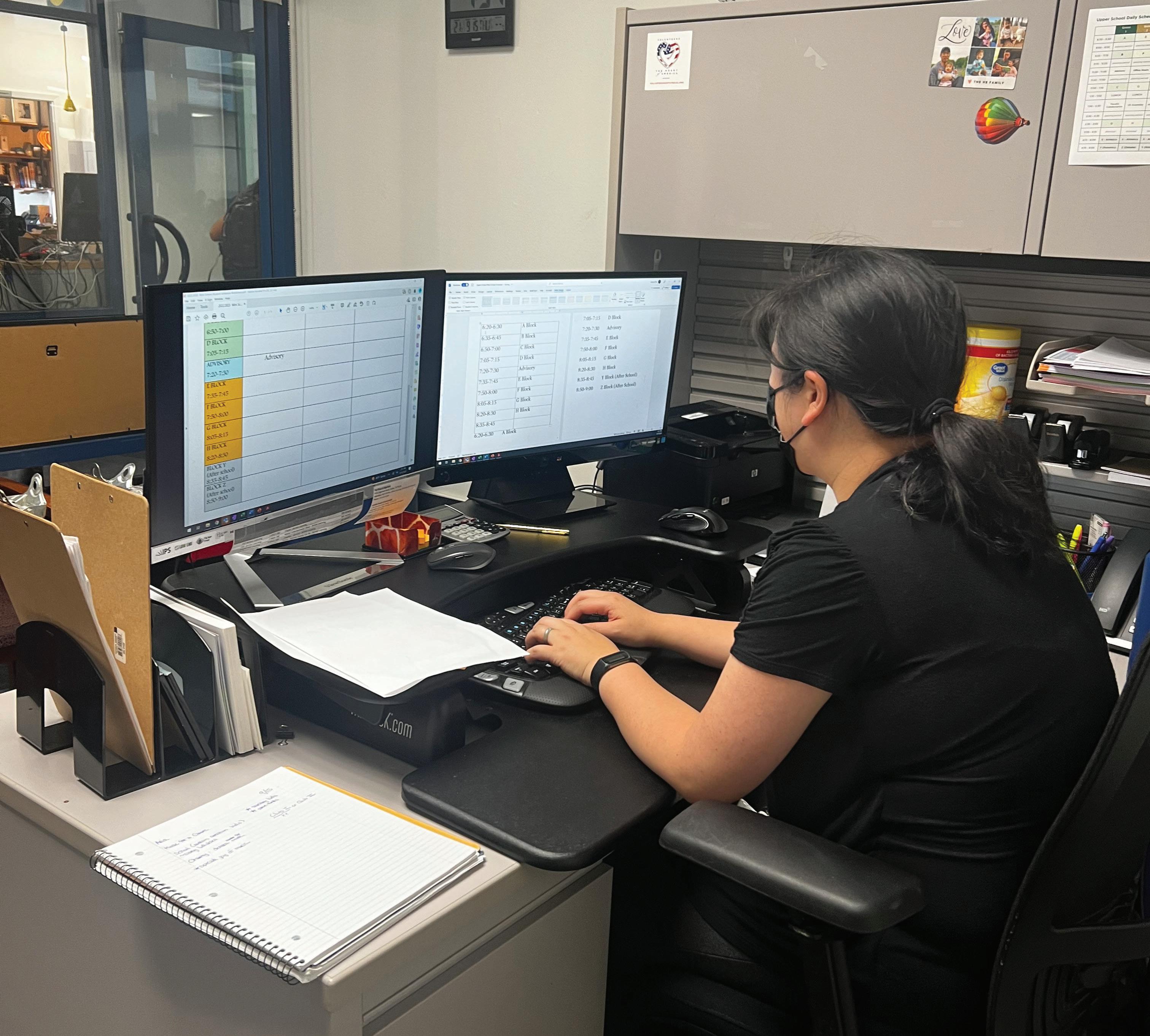
“Since Mr. Warner started [the schedule] in the beginning of the year and had gone through the requests with students, it’ll be a challenge this year trying to create the schedule from scratch that works,” Rosa said. “But that’s when the puzzle comes in.”
Adapting
Many faculty members took on an additional role, rather than changing departments.
Upper School math teacher Jessica Chu is now also the director of service learning and community engagement, Spanish teacher Stephanie Almanza is also the 12th grade dean and Spanish teacher Luis Gallegos is the modern and classical languages department chair.

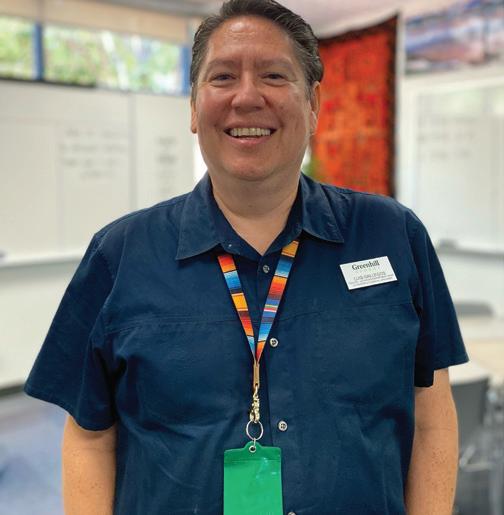
Each new position comes with a learning curve, and faculty must adapt accordingly. In the case of Chu and Almanza, these accommodations include teaching fewer classes.
Others, like Gallegos, must balance a full class schedule along with the challenges of a new position.
“The orientation schedule is typically designed to be split 50-50,” Gallegos said. “But I will say that with some of the new responsibilities as department chair, I really found that I was doing kind of 80% preparing to be the department chair with 20% set aside for classroom preparation.”
For Gallegos, part of getting acquainted with being a department chair means learning how to organize logistics and short-term tasks.

“It’s a lot of scheduling meetings, keeping an agenda, keeping notes and
Almanza echoes this sentiment, saying that she found it necessary to abbreviate her lesson plans and lean more on the textbook framework for her Spanish III Honors class.
“In previous years we’ve done a little bit more project-based learning and things that require a little bit more setup,” Almanza said. “But because I don’t have the time to plan every intricate detail of projects that we do, we have been following the textbook a little bit more. I still plan to loop in some of those projects that we’ve done in years past.”
Juggling multiple roles requires balance.
“[Finding that balance] will always be my challenge,” Chu said. “The trickiest part is figuring out where one thing ends, and another thing begins.”
Increased Interaction
Despite a challenging adjustment period, teachers taking on new roles and those shifting between divisions embrace the change.
“In the Lower School I sat in the front
“I want to have more time to work on some of the philosophical aspects of what makes good teaching,” Gallegos said. “Forging a relationship with each individual teacher, working with them individually as to what some of their goals are, what are they hoping to do with their classes. I want to act as a sounding board as part of the evaluation process to listen to what some of their hopes are or what they hope to accomplish. I think this is where I would probably find the most fulfillment.”
Chu agrees with this idea, saying that she may have “too many” goals for Service Learning and Community Engagement.
“I would love it if we could see community service as part of the Greenhill culture, not so much about the transaction, not so much about logging hours and not so much about getting awards,” Chu said. “We do service because we want to do service.”
In light of Greenhill’s Creating Connections theme, faculty fulfill that idea by engaging with more aspects of the community.
“I am looking forward to getting to know students that I wouldn’t have otherwise,” Almanza said. “I’ve never been super good at remembering students’ names, so it takes me a little bit of time. But beyond the hardship that brings, I’m so excited that I get to interact with students in a way that isn’t necessarily academic.”
Khushi Chhaya
Luis Gallegos
Darcy Rosa
Stephanie Almanza
A LESSON IN CALCULUS: Jessica Chu teaches math while balancing responsibilities as director of service learning and community engagement and 9th grade advisor.
DIRECTING SERVICE AND COMMUNITY ENGAGEMENT: Jessica Chu’s new responsiblities include coordinating community service learning for all students.
Photo by Riya Kommineni
Photo by Riya Kommineni
9
Wednesday, September 28, 2022
Evergreen the10
Preparing for the Concert Season
Last spring, junior Reyna Diamond was invited to take part in the Texas Regional Private School Music Educators’ Association Orchestra – a high honor.
“It was so fun,” said Diamond, a cellist. “The songs we played were really interesting and the people there were super cool.”
Diamond started playing cello for the Greenhill Orchestra in the fifth grade. This was the first time that she was able to play with one of the TPSMEA orchestras.
“I remember [orchestra and strings teacher Nick] Paraskevas sent out the audition in November,” said Diamond. “I applied [in the] last week of January, and when the results were in around the first week of February, I was super excited.”
Diamond says she enjoyed getting to play in a different environment.
“It was nice getting to meet new people there,” Diamond said. “I really liked talking to them about cello and getting to perform together at the end.”
Each year, high school and middle school students from band and orchestra audition for TPSMEA at the regional and state level ensembles. These include North Region, All-State, Drumline, and Solo and Ensemble events.
In most of these events, musicians audition by performing solo in front of a judge or submitting a recording of preselected pieces to TPSMEA.
The rating of the student’s playing, along with the “class” or difficulty of the piece performed, are both considered in selections.
The All-State and North Region events culminate in a large performance that brings in students from all over Texas.
Community of Musicians
“Honors Orchestra is a lot of fun because you get to meet people from other schools that you don’t usually see,” said sophomore Sherry Zhang, also a cellist. “It’s really cool getting to play with people you’ve never met before and experiencing different directing styles.”

In 2020 and 2021, in-person
TPSMEA Orchestra and Band events were canceled due to concerns surrounding COVID-19.
“What I’m really excited for this year is just going back fully in-person and getting a sense of normal making connections with other players,” Zhang said.
Senior Deeya Bachani has performed in the All-State Band once and North Region Band twice, once during the pandemic and once at Greenhill’s Marshall Family Performing Arts Center.

Bachani says part of the appeal of the TPSMEA experience is developing a sense of community with other band members during the long hours of practicing and performing.
“Somebody that I see at North Region I might [also] see at State,” said Bachani. “You start to build connections with other performers around the state or around the city, which I really enjoy.”
Although she made the North Region Band two years ago, Bachani says that the pandemic made it extremely difficult to practice and interact with other band members, so last year was the first year Bachani got her full TPSMEA experience.
“Since last year was my first chance to meet all of these people, hopefully I get to see a lot of the same faces again [this year],” said Bachani.
Embracing the Challenge
The opportunity to play at a state or regional level band gives students the chance to work with challenging pieces and students from all over Texas.
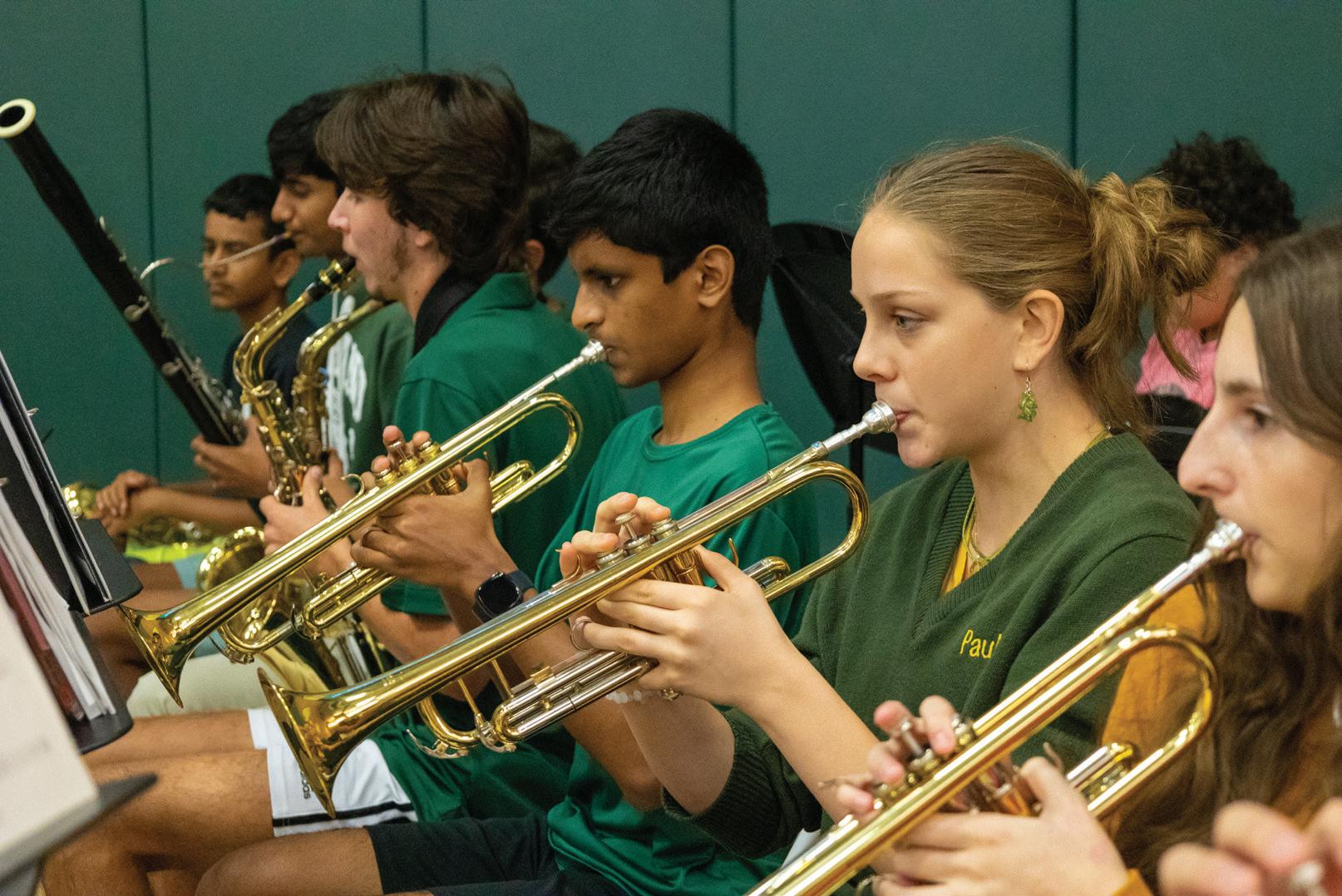
Assistant Upper School Band teacher Tony Lopez has worked with Upper School Band teacher Brian Donnell and the Greenhill Band since 2020.
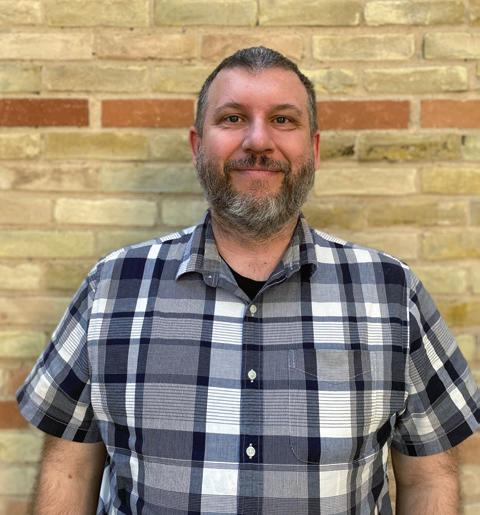
“We need to cover a wide range of players here,” Lopez said.
What makes this school unique is the opportunity to broadly explore academics, fine arts or athletics – or all three. This also means many band students are actively engaged
in other activities, resulting in band members who are at different levels of development.
“We have a lot of really good players who compete in outside events, so going to the TPSMEA state-level events lets them play at a higher level with more challenging music than they might necessarily get here,” Lopez said.
Along with the process of perfecting the difficult pieces, Lopez says the schedule for events like TPSMEA is also strenuous.
“
You start to build connections with other performers around the state or around the city, which I really enjoy.”
“Think of a full school day, but just rehearsals,” Lopez said. “You have two-and-a-half days of that for the TPSMEA All-State Band.”
Lopez says he’s proud of all the band members who audition for TPSMEA.
“All the auditions are voluntary, and we don’t require any of them to do it,” Lopez said. “If they want to challenge themselves a little more, it’s something we offer and something me and Mr. Donnell are always more than willing to help with.”
Alumni Awards Announced
the Greenhill alumni community,” according to the school website.
Rashad
Hussain ’97 and Julie Ray Fields ’83 will receive the school’s top alumni awards for 2022, the Greenhill Communications Office has announced.
Hussain has been named Distinguished Alumnus. Fields will receive the Alumni Service Award.
The two distinguished alumni will be formally honored at an Oct. 21 Homecoming Week celebration.
The recipients were chosen by the Greenhill Alumni Board, which “works to promote, support and advance the programs and services provided by the Association to
Distinguished Alumni Award
The Distinguished Alumni Award is presented to a graduate who has “achieved prominence in their field through their personal and professional endeavors,” said a Greenhill press release. “The award honors a graduate whose outstanding character, accomplishments, and service embody the characteristics and spirit of Greenhill’s mission to prepare and inspire our students to lead authentic, purposeful lives.”
Hussain is a professor, diplomat and attorney who has held many roles in all branches of the U.S. government, according to the press release. Former President Barack Obama nominated him to serve as Deputy Associate White House Counsel, his Special Envoy to the Organization of Islamic Cooperation, and as U.S. Special Envoy for Strategic Counterterrorism Communications.
Hussain currently serves as the U.S. Ambassador at Large for International Religious Freedom and is an advisor to President Biden and Secretary of State Anthony Blinken on religious freedom conditions and policy. The press release says he has also served as senior counsel for national security.

“Thinking back to my experience at Greenhill, and the opportunities to learn about and learn directly from people of other faiths, including my debate partner, Josh Goldberg ’97, who is Jewish…created a strong foundation for me to advocate for religious freedoms,” Hussain told The Evergreen in a 2016 profile.
Alumni Service Award
Established in 2020, the Alumni Service Award honors a graduate for outstanding service and dedication to Greenhill School. Honorees demonstrate loyalty to Greenhill, exceptional contributions of time and effort and personal commitment to advancing Greenhill’s mission, the press release said.
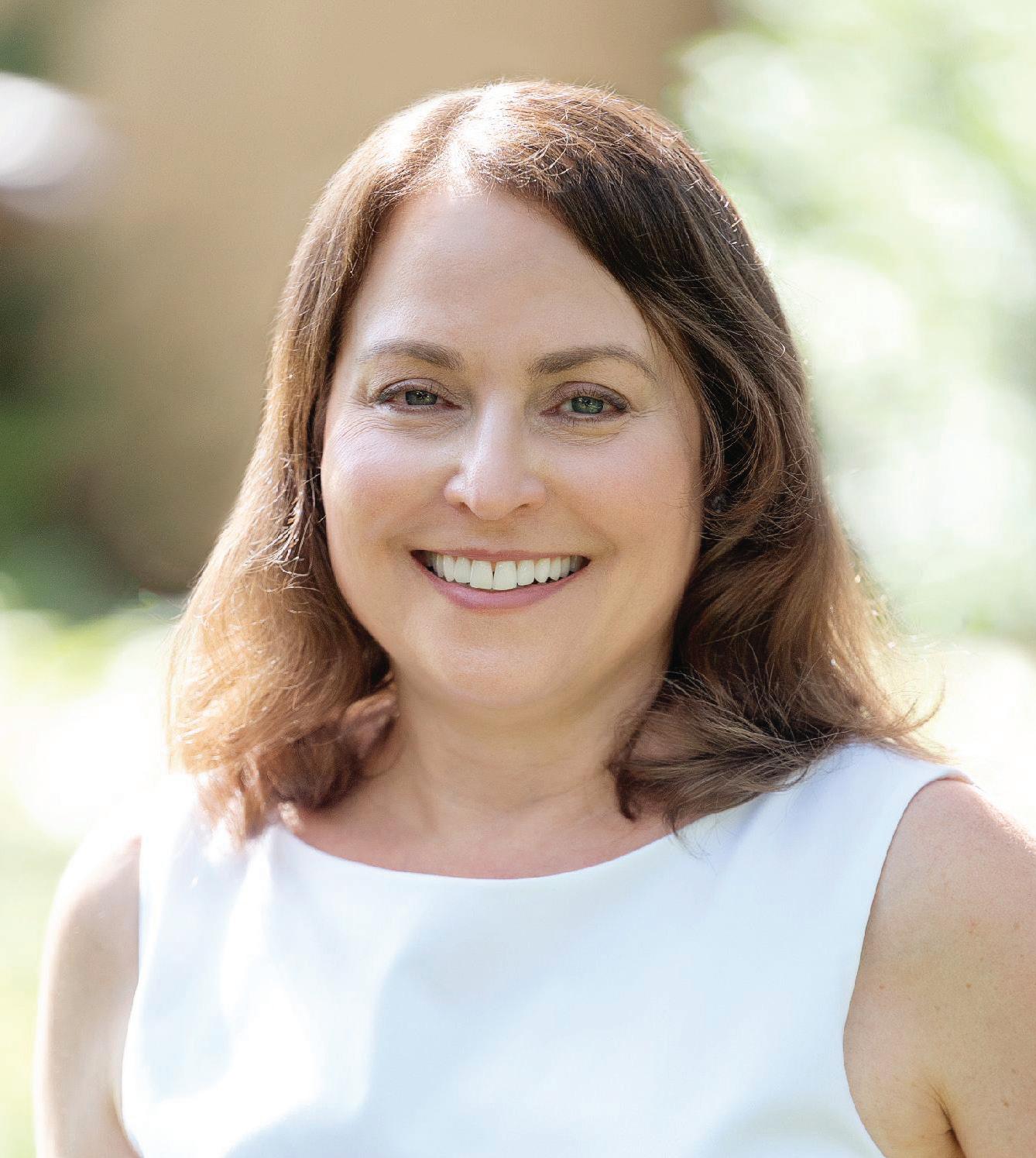
Over the span of nearly two decades, Fields has served as a member of the Board of Trustees and the Alumni Board, as a Parent’s Association Volunteer and as a Greenhill Fzund volunteer. According to the press release, she raised $300,000 for the 50th annual Greenhill Gala in February 2000 alongside co-chair Cynthia Colter.
“The [50th Anniversary] celebration was a magnificent time for the school, and I was humbled and honored to play a role in that historic moment,” said Fields. “The gala evening was inspired by Bernard Fulton’s ambitious dream of a community of learners in an environment that promotes not only academic achievement but also holistic development.”
WORKING FOR SUCCESS: Upper School band students perform at the Founders’ Day assembly, on Sept. 11.
Sydney Chien
Sherry Zhang
Tony Lopez Deeya Bachani
Photo courtesy of Greenhill Communications
Khushi Chhaya, Ivy Stitt
Photo courtesy of Greenhill Communications
Photo courtesy of Greenhill Communications
SERVING THE HILL: For almost 20 years, Julie Ray Fields ‘83 has aided Greenhill through her volunteer work.
DISTINGUISHED ALUMNUS: Rashad Hussain ‘97 has served two U.S. presidents as a diplomat and attorney.
Arts
Special
Restoring the Blackland Prairie
With a new school year, there have been several changes, including new students, new teachers and a return of community celebrations. However, something else has evolved: the campus itself.
Middle Schoolers can frequently be seen outside journaling, and gardens have grown next to the Lower School and near the parking lot. These changes have been the result of months of work and dedication. But this is just the beginning.
“I’ve always been an environmentalist at heart, ever since high school,” Middle School science teacher Gretchen Pollom said. “I know, and have known for a long time, that there were a lot of things that would make a bigger impact, like restoring habitat.”
Pollom was introduced to the history of Blackland Prairies by her immediate supervisor at her previous teaching job, The Lamplighter School.
“I became obsessed, reading books about our ecosystem and the ways in which 99% of tallgrass prairies in the United States have been destroyed,” Pollom said.
She explains that before pioneers arrived, the native people took great care of the land.
Over the course of settlement, the tilling of soil ripped out root systems, where carbon was stored. These roots are also critical in reducing erosion and filtering runoff water. The once flourishing community of native plants was overturned for monocropping and crop cultivation, and ultimately decimated through buildings and infrastructure.
“Climate change is a huge concern of mine, and I can’t just hope that something good will happen,” Pollom said. “I want to do something yesterday and here was an opportunity to do so.”
Endangered Ecosystem
Upper School English teacher Trey Colvin was also interested in using his expertise on the Blackland Prairie to help spearhead the revitalization.
“I’ve been a Texas Master Naturalist since 2009,” Colvin said. “When I was going through the certification process, our class project was to create a field guide for grasses and flowers of the Blackland Prairie.”
He notes why attention to the lost ecosystem is so critical.
“The Blackland Prairie is the most endangered ecosystem on Earth, even more than the rainforest and coral reefs,” Colvin said. “These prairies are ultimately never coming back, and there’s less than one-tenth of 1% of the Blackland Prairie that remains untouched.”
Pollom emphasizes that the administration and faculty were incredibly supportive of the initiative that was beginning to materialize. More teachers hopped on board and extensive planning began.
“We have the potential to be the place other schools around the state come to in order to learn how to do this on their own,” Colvin said. “It’s something that Greenhill has an opportunity to lead, and I wanted to be a part of that by sharing what I know.”
The Beginning
Along with Pollom and Colvin, Middle School teachers Kara Smith, Regina Yunker and Susan Eve received a Greenhill summer enrichment grant in the spring of 2022. In early summer, they spent time outside and thought about sustainability for Greenhill and outdoor education.
“We didn’t want it to just be a science thing,” Pollom said. “We wanted it to be cross-curricular and crossdivisional, with involvement from students, parents,
teachers, staff, administrators and more.”
One of the first projects for the initiative was the installation of a pollinator garden on June 29. More steps were made during the summer break, when the five teachers initially involved planted raised beds in the Upper School courtyard and Lower School. In the Middle School, they planted beds and relocated the composting system.
Before the project began, Pollom volunteered with the Texas Conservation Alliance, which is now also involved with Greenhill’s campus. TCA educates Texans and builds alliances to enhance and sustain wildlife habitats and protect local land, air and water for future generations.

“To help minimize declining insect populations, more pocket prairies are needed,” said Mei Ling Liu, Habitat Restoration Program Coordinator at TCA. “Lawns, road mediums and unused areas across school campuses and office spaces are prime candidates to become wildlife habitats.”

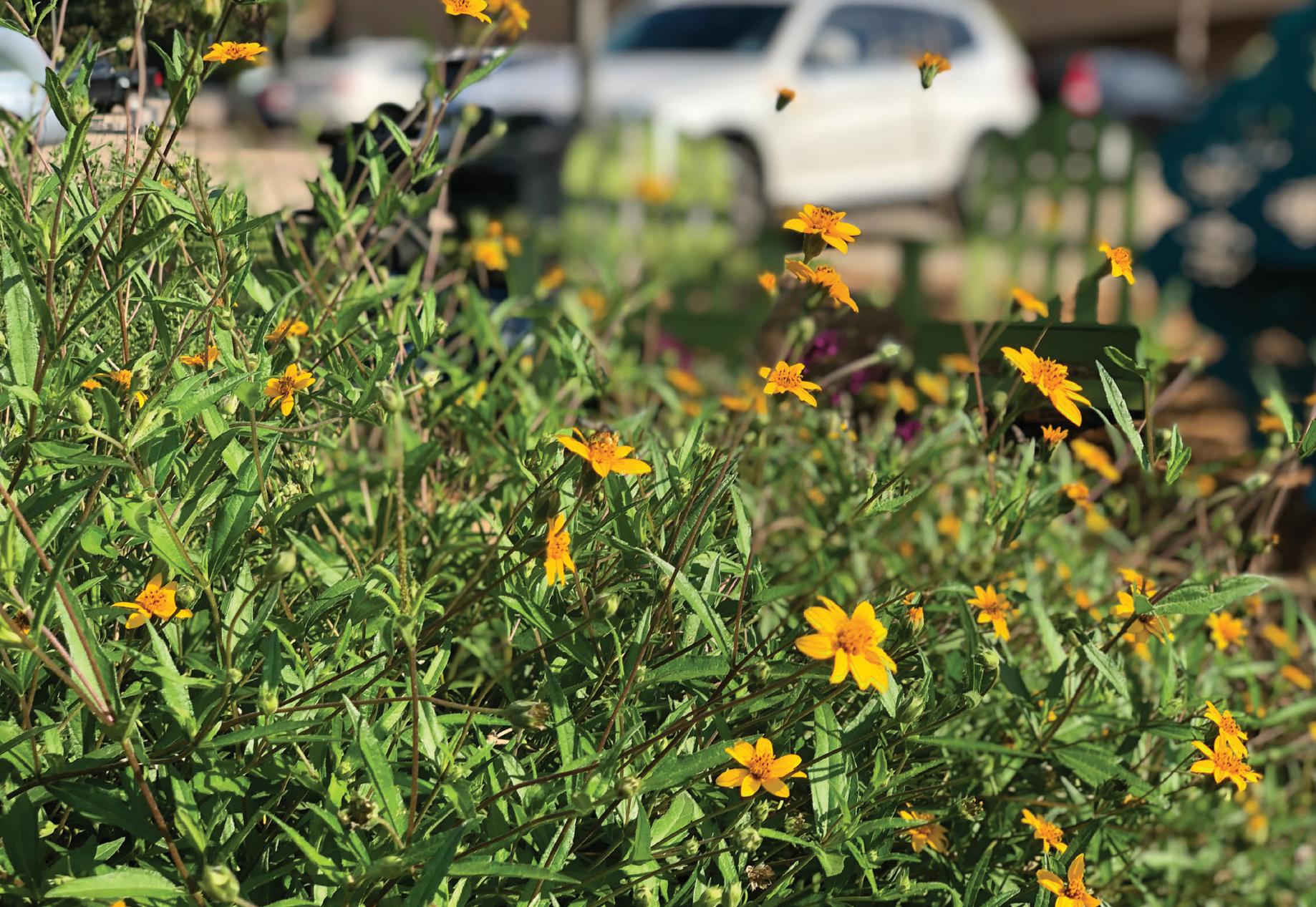
The conservation group hopes to use their expertise to bring in new methods to assist Greenhill in being more climate resilient.
“The Blackland Prairie is the most endangered ecosystem on Earth, even more than the rainforest and coral reefs. These prairies are ultimately never coming back, and there’s less than one-tenth of 1% of the Blackland Prairie that remains untouched.”
“I hope this collaboration inspires more schools to create pocket prairies,” Liu said. “In addition to providing a place for pollinators, these outdoor classrooms teach students about native flora and fauna.”
Teachers hope that this revitalization brings more than just landscaping to campus.
“This is a way of combining our sustainability initiative, outdoor education and building pride and ownership on campus for not just students, but for faculty as well,” Colvin said.
Expansion Across Campus
As initial plans unfold, new ones are being developed. Projects are divided individually, giving teachers the agency to identify different places around campus that they’d like to revitalize.
“For my part, I want to revitalize the courtyard and its beds using plants that are not only native, but also significant on campus,” Colvin said.
To expand involvement within the Greenhill community, different teachers have stepped up and undertaken projects with their Heart of the Hill groups and advisories.
“We’re going to have ownership of a piece of this campus, which is awesome and gives everyone a little pride,” Upper School history teacher Amy Bresie ‘96 said. “We’re starting small, but we have the potential to transform this campus in incredible ways.”
Detailing the specific process, Bresie says that she was given a list of potential plants to choose from and pursue. She notes that in addition to being ecologically sound, this project will create many openings for student involvement.
Colvin agrees. He says he hopes that there will be more community service opportunities so that anyone, including parents, is able to contribute at any time.
“There’s a lot of work to be done, as simple as weeding invasive plants,” Colvin said. “We’re doing more than just beautifying the campus, it’s about giving something back. I want to give a gift for my students and colleagues when they come down Hornet Road.”
Colvin is also working on a rainbow garden for Pre-K
students. Different colored vegetables will be planted in big troughs, encouraging younger students to observe and participate.
In the Middle School, students update their nature journals every couple of days, going out and picking locations to see native plants. Pollom says they typically answer prompts or draw pictures, and they have discussions afterwards.
“We’re trying to show our kids that they can have a lot of autonomy over what they can do at school,” she said. “I want them to know they can make a difference.”
Long Term Plans
After less than a year of work, progress on campus is evident. However, the ongoing revitalization is nowhere near done. Its goal is to convert one to two acres on campus to a Blackland Prairie.
“We hope we will be the school that has the greatest restoration of the Blackland Prairie in Texas,” Pollom said.
Colvin notes that even small parts of this project will make a significant impact on sustainability.
“There is currently so much invasive grass that wastes water and financial resources,” he said. “Native plants have deeper roots, allowing them to get water much easier, and they’re also going to last longer because they are used to the harsh Texas weather.”
Beyond ecosystem restoration, growing native plants has many practical benefits.
“In May, we planted gardens hoping we could produce something that could be used at Greenhill,” Pollom said. “We did just that, donating herbs, pepper and just recently Swiss chard.”
Pollom also hopes that Greenhill’s efforts will ripple out into families and into the Dallas metroplex.
“I dream big, but I hope that a lot of students would want their families, if they have the ability to, to plant native plants in their own yards,” Pollom said.
Ultimately, the initiative serves as a project to unify and inspire.
“I think the more we talk about natural plants and the returning prairie, the more people get on board,” Bresie said. “Nobody set out to destroy an ecosystem, but when you give people viable alternatives, it hopefully encourages people to make the right decisions.”
“
We’re starting small, but we have the potential to transform this campus in incredible ways.
Among chaotic lives, many note that a flourishing environment can be gratifying.
“It amazes me every time I observe bees, butterflies or any other insects using native plants,” Liu said. “Knowing that volunteers and I have created a healthy habitat for wildlife by building pocket prairies for pollinators to thrive is greatly rewarding. It is a reward we can all share.”
Colvin says that people may not realize how much they can contribute.
“We all live here,” Colvin said. “It doesn’t matter if you’ve moved recently, or if you’ve been born here. At that point, it helps all of us to know about the region we live in. I want people to understand that their choices for simple landscaping can truly make a difference.”
As the school year progresses, the ecosystem on campus will continue to unfold.
“I’m just proud of Greenhill,” Pollom said. “This isn’t rocket science; it’s incredibly doable. Instead of hoping that industry and powerful interests stop making terrible environmental and health decisions, it’s time for individuals and schools to make good ones.”
REVITALIZING THE PRAIRIE: A number of gardens can be seen across Greenhill’s campus. This is part of recent efforts by faculty to revitalize campus land and introduce native plants and grasses. The project seeks to restore the Blackland Prairie ecosystem native to Texas and support local insects and wildlife by creating “pocket prairies.”
Emily Hu
Photos by Emma Nguyen
Report 11
THE BAN SWEEPING
Ava Iwasko, Riya Kommineni
Unlike the typical announcements about Friday football games and club bake sales, the Upper School heard a very different message in a late August assembly.
English Department Chair Joel Garza spoke about a collection of diverse literature that he and his faculty colleagues wanted to make available to Upper School students amid book bans in public schools.
Garza asked students to aim their cell phones toward the projector screen to scan a large QR code that linked to an e-library card application for the Brooklyn Public Library. This membership gives anyone from the ages of 13-21 free access to Brooklyn’s extensive collection – including to books that have been targeted by local and national restrictions from conservative activists.
“Books are being taken off the shelves,” Garza said. “But here at Greenhill, we are putting them back on.”
School book bans in schools have sparked disputes across Texas and around the nation over the past year. A 2021-2022 study conducted by PEN America, a nonprofit that works to defend free speech through literature, found that 1,145 book titles were banned over the course of nine months.
Last October, Texas State Rep. Matt Krause, R-Fort Worth, sent a letter to the Texas Education Agency and various school superintendents, asking them to ban any book that appeared on a list of 850 titles deemed by conservative groups as containing “inappropriate” material.
Many of the books contain material relating to race, gender and sexuality. Krause justified the bans by saying these books “might make students feel discomfort, guilt, anguish, or any other form of psychological distress because of their race or sex.”
Krause’s list has set off disputes in dozens of school districts across the state, including many in the Dallas-Fort Worth area.
At the beginning of the 2022-2023 school year, Keller Independent School District instructed staff members to remove more than 40 books from school libraries. In McKinney, a couple called for the removal of nearly 300 books in the school system. More than 30 books were removed from Prosper school libraries last year without following the district’s procedure for challenging books. Frisco ISD has been forced to sort through its catalog of about 1 million titles to review material that may be considered inappropriate.
In sharp contrast to these nationwide bans, Greenhill has taken proactive steps to place books back on shelves.
“I think it’s wonderful that Greenhill as a community are readers and we really try to support reading choice,” Head and Upper School Librarian Abby Harrison said. “We have reading choice throughout our library and English curriculums from Pre-K onwards, so I think that’s wonderful.”
Whose Stories Are Told?
A common thread runs through the various lists of books deemed worthy of banning by conservative activists: discussions of racial injustices, contradictory interpretations of American history and human sexuality and gender.

Books relating to race have been grouped under a term: Critical Race Theory. The NAACP defines Critical Race Theory, or CRT, as “an academic and legal framework that denotes that systemic racism is part of American society” and “recognizes that racism is more than the result of individual bias and prejudice.”
Garza says that many adults agree with the efforts to purge school library shelves of certain books.
“These are, I think, protocols that are put

in place in the name of student comfort, that you don’t want a student to feel embarrassed because of choices that they did not make,” Garza said. “You don’t want them to feel discomfort over a racial identity.”
Similarly, books relating to gender and sexuality have come under fire after public political debates over proposed anti-LGBTQ bills by those who believe the material is not appropriate for students.
“We’re in a divisive time and I think that that is part of what is happening,” Harrison said. “It’s not necessarily a person’s personal opinion, but an agenda that people are pushing, which is really problematic in a lot of ways.”
Senior Lexie Stone says she recognizes that many banned books discuss history in ways that certain adults do not agree with and do not want their kids to learn about.
Harrison attributes these beliefs to the control that people want to exercise over the literature others consume.
“For your own child, if you want to control what information is out there, that’s fine,” Harrison said. “But you should not be able to control what other people read as well.”
Garza points out that even schools that might not explicitly ban books can still limit what their students are reading.
“You don’t have to ban a book to decenter certain stories,” Garza said. “All you have to do is keep it off the shelf. All you have to do is have a department that doesn’t trust students to reach out for other stories that might mirror who they are, that might challenge their assumptions that they were raised with.”
Although some individuals believe teaching “controversial” history topics will cause white students to feel guilty for their privilege, Garza still values the comprehensive teaching of history to all students.
“Some of these books about history would teach white kids that there were white abolitionists,” Garza said. “You’re denying white kids, in that case, the chance to understand the progressive activist, humanist, human rights-focused strain of American history.”
Even when books are banned in school libraries, students will often go out of their way to gain access to a book that covers intense topics, themselves, Upper School English teacher Andy Mercurio said.
“If I’m a parent, do I want my kid reading a challenging text completely by themselves without any context and any real discussion, or do I want them in a classroom where this is being discussed by people with varying perspectives and a person who is literally a professional guiding the instruction?” Mercurio said. “I’ll take the classroom, thank you very much.”
Both Garza and Harrison say they agree that most people do not support book bans to the extent Texas has been subjected to them.
“It’s a pretty small group of people, but they’re very loud about how they’re doing it, so it’s making a difference,” Harrison said.
“Respect Each Other”
The Upper School English Department put together the “lending library” for students and teachers to share diverse book recommendations based on the teachers’ own literary interests. Some of the books featured in the library also happen to be on Krause’s literary target list, such as “The Stars and the Blackness Between Them” by Junauda Petrus and “How to Be an Antiracist” by Ibram X. Kendi.
“I love going into a bookstore and browsing and getting lost in all of that,” said Head of Upper School Trevor Worcester. “I also know that that can sometimes be overwhelming if you don’t know what you’re looking for. I think because those books are so curated in a way that it’s like, ‘here’s some
things that we English and history teachers think you should maybe consider and look at.’”
On top of the English Department’s initiative, the Montgomery Library has also taken steps to promote banned books in the Greenhill community. In the past, the librarians have put together displays promoting books that are being banned in the state. In September, the librarians celebrated Banned Books Week as an expression of students’ freedom to read, by sending out articles and resources encouraging students to broaden their reading horizons.
Harrison also recalls an instance when a Greenhill graduate reached out to the school and asked if the library had five certain books that had been deemed “inappropriate” by a Texas politician in the library. When Harrison said that four of those books were in the catalog, five copies of the one book missing from the Montgomery Library shelves appeared on the circulation desk two days later, courtesy of that concerned Greenhill graduate.
“It’s an amazingly positive story,” Harrison said. “When I tell other school librarians that I know in the [DFW] metroplex that story, they think it’s so great because that has not been
Evergreen the12
THE NATION
their experience.”
Since a number of Greenhill students live in school districts affected by these book bans, many faculty members are encouraging these students to take action.
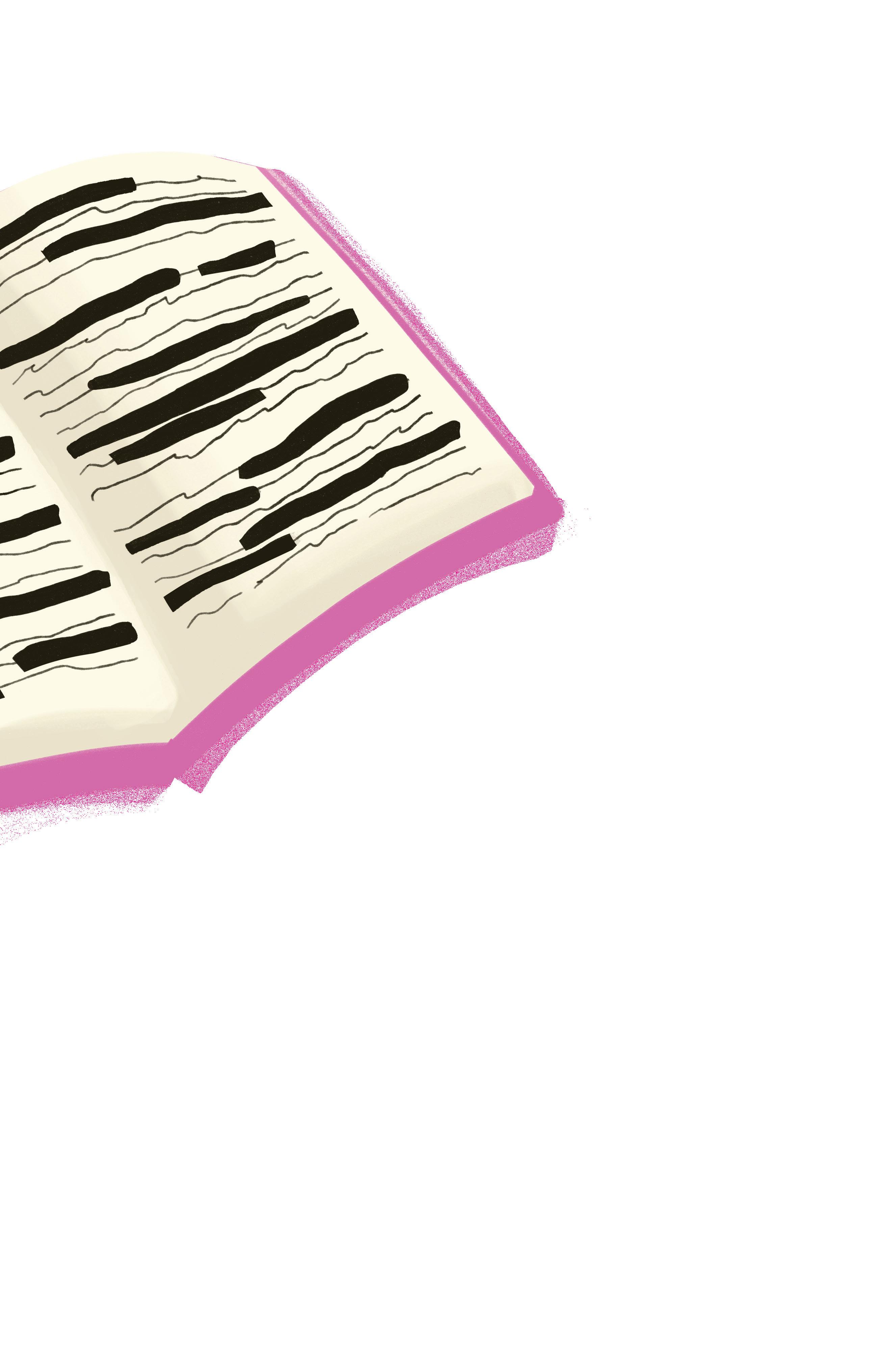
“I think the great thing as a Greenhill student, you all have that agency to say, ‘Okay, you may not be fortunate enough to be a member of the Greenhill community, but look at what we have access to and I want to share that,’ particularly if it’s with someone that is interested in having that shared experience,” Worcester said.
Garza suggests first building relationships with students in affected school districts before pushing someone to read a banned book, as a lot of trust is needed for these difficult conversations.
For your own child, if you want to control what information is out there, that’s fine. But you should not be able to control what other people read as well.”

Creating neighborhood lending libraries, asking one’s local library to stock certain books, or even patronizing independent publishers to focus on important issues can make all the difference, Garza said.
Harrison echoes this sentiment. She says that attending school board meetings, writing letters to superintendents or the Dallas Morning News and sharing resources such as the Brooklyn Public Library QR code are all productive tactics.
It is also important to understand that not all students will feel that they are affected by book bans, even though their school might be. Worcester says it is important to be willing to share the resources Greenhill
has with other schools, rather than pushing someone to engage with resources they are not comfortable with.
“You can disagree with their values, they can disagree with your values, but you’ve got to also come to an agreement that as human beings, we’ve at least got to respect each other,” Worcester said.
A Matter of Trust
Students and faculty say that rather than banning books, literature should be tailored to an appropriate age group.
“If it’s just an elementary school library, it should be books that are more appropriate for elementary school kids and I think that also applies to [conservative] topics,” senior Ian Bock said. “I don’t think there should be picture books made about gun rights, or the other side of the issue. I think it should be more appropriate getting kids in the habit of reading and wanting to read more stories, and then you can save these bigger issues for later on.”
Similarly, Harrison says she would not allow a pre-K student to check out a book like “Gender Queer,” a Young Adult graphic novel that grapples with complex characterizations of gender identity and sexuality. However, she says she would make these books readily accessible to older students who are figuring out their gender and/or sexuality.
“Books need to be age-appropriate,” Harrison said. “We have books about gender for preschool kids, we have books about gender for adults, we have books about gender for seventh graders, and those all are different in how they’re talking about gender.”
In fact, LGBTQ-centered books like “Gender Queer” and “Laura Dean Keeps Breaking Up with Me” helped sophomore Doodle Schultz understand their own gender identity and feel validated and represented by seeing nonbinary-identifying authors and characters.
“Including books about queer people can really help people figure out their identity,” Schultz said. “I’m nonbinary and I didn’t know what that was because I didn’t have any examples of it in literature at all. It took me a lot longer to figure out who I was than if I had a book character I could relate to in that regard. I think having access to [these types of books] can help mitigate some of the gender dysmorphia that queer people might go through.”
When concerned parents come to Harrison to tell her that Greenhill’s offerings might be too mature, she says she explains that a mature collection allows for students’ own growth and maturation.
“These experiences that we’re talking about, whether it be like alcohol and drugs or sex, your child’s going to run into this in life at some point, right?” Harrison said. “Sometimes if you can read about it in a book and see how the character deals with the situation and the consequences of it, then even though you
haven’t personally had the experience, you have someone’s experience. So when you run into it, you have a little bit of context to be able to think about how you would handle it.”
Harrison adds that, to a certain degree, parents should trust in an educational institution’s ability to curate a collection of appropriate books and resources to serve the community.
If I’m a parent, do I want my kid reading a challenging text completely by themselves without any context and any real discussion, or do I want them in a classroom where this is being discussed by people with varying perspectives and a person who is a professional guiding the instruction? “
“Part of the problem is that people don’t understand that [librarians] have a master’s degree to be able to do this,” Harrison said. “We’re professionals. We read book reviews. We read the books ourselves. We’re vetting books that are going to be good for our different communities.”
Worcester wonders if curating specific and intentional collections can be considered a form of banning.
“Some people could say that if the librarians are curating what the collection is, isn’t that some type of censorship, to begin with?” Worcester said. “I think a part of this comes down to the trust that families have to have in the institution that we’re going to provide. The materials we’re going to provide that are open to people are not going to send them down some unfortunate path.”
Overall, Harrison says any sort of book ban can be dangerous because it often suppresses a person’s story.
“When you ban a book about a person’s experience, you’re essentially saying that that person’s experience is not valid, or that that person’s experience shouldn’t be read,” Harrison said.
In the same vein, Garza says that not being able to learn about a certain experience is also harmful.
“[Students] are denied access to a certain language and a certain lens on [other] experiences,” Garza said. “They might get to college and confront their first rigorous conversation about the realities of race and the realities of gender identities and sexual identities. One of the negative effects then is that these students are not prepared to speak up in those moments.”
Above all, Harrison says she believes that reading breeds empathy, which is integral to community building.
“If we read other people’s stories, then we start to see ‘oh, they live this way because of this or their experience that’s very different from my experience,’” Harrison said. “You start to understand people and build empathy that way and when we don’t have access to more than one story, then we don’t have empathy for each other.”
Ultimately, the autonomy and opportunities Greenhill provides as a private institution are a privilege.
“Among private schools, Greenhill is known for having tremendous freedoms, and loads of resources, and tons of teacher autonomy,” Garza said. “You put all three of those things together, and you’ve got a kind of culture that you hope young people have, right? Where books are being put on shelves, rather than being removed from shelves.”
Graphic by Emma Nguyen
green Wednesday, September 28, 2022 13
“
“ SWEEPING
Journey to the Top
Ayne Park Takes Third Place at Flute Nationals
mom I wanted to take lessons.”
Junior Ayne Park won third place at the recent National Flute Association’s 38th Annual High School Soloist Competition.
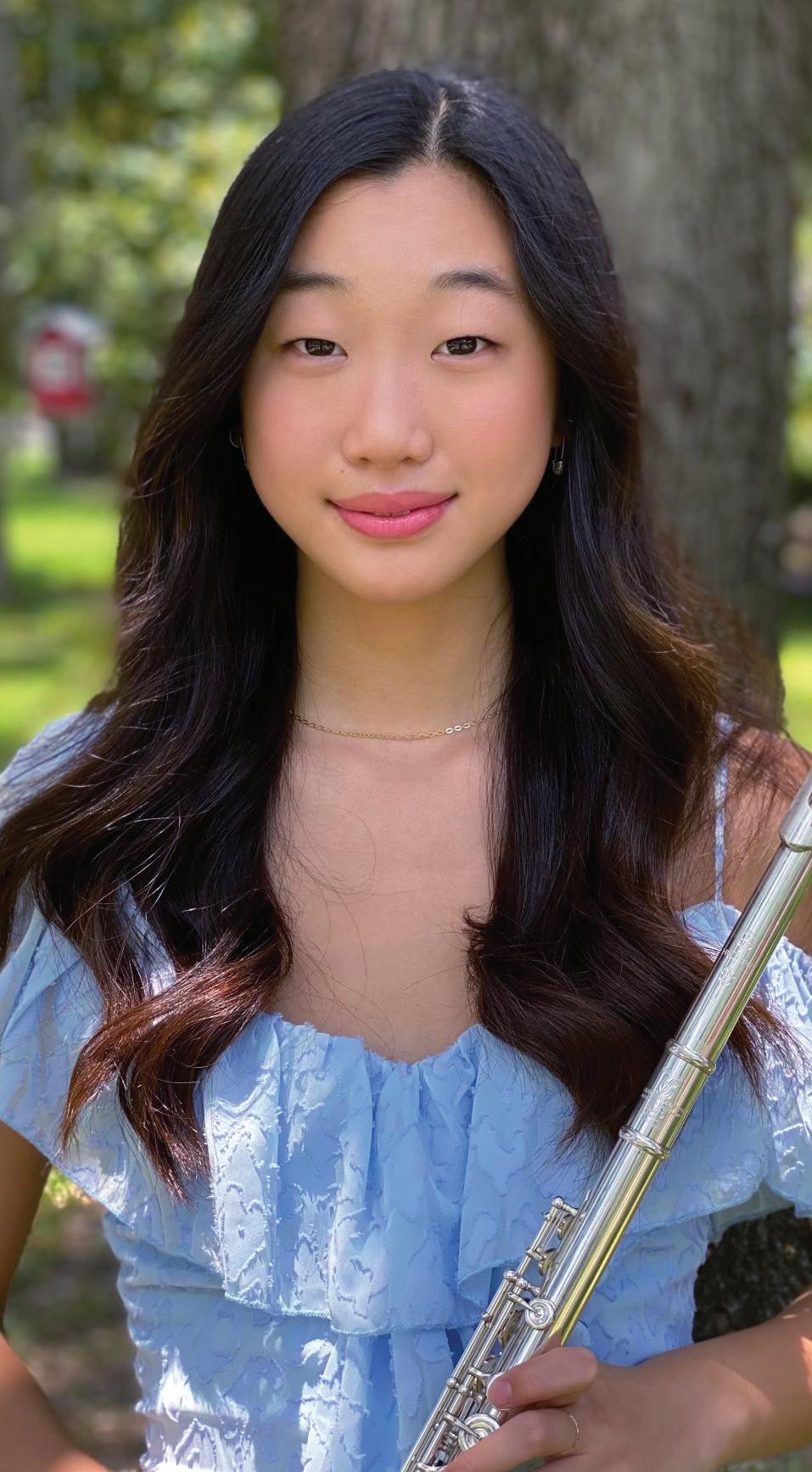
The NFA is an international competition for flautists of all levels. Park was one of only eight finalists in the High School Soloist Competition chosen to perform.
To qualify for the competition, Park submitted a recorded audition in early February. She then performed in person at the Chicago convention for the final round of the competition. Around 3,000 people were there to perform, compete or watch, according to Monica Song, Park’s flute teacher.
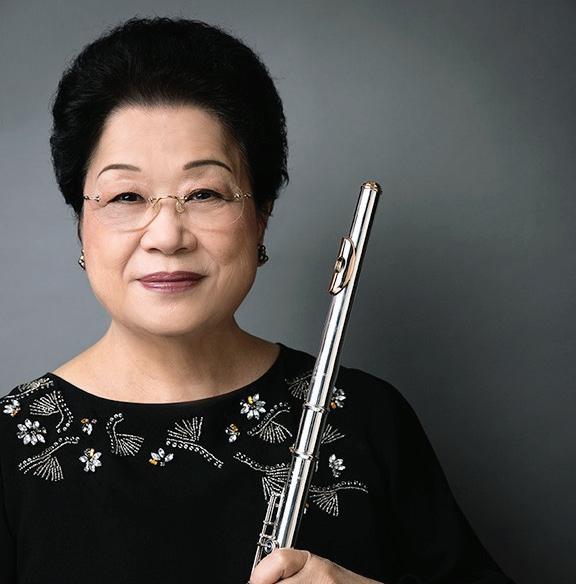

“[NFA] is one of two national competitions, and since [the] high school division is very difficult, third place is really great,” Song said.
Due to her tight summer schedule, Park had only two months to practice. This meant that she had to take flute lessons almost every day leading up to the competition.
“I was terrified,” Park said. “It was held in a carpeted conference room, so the sound wasn’t very good, but in the end, it was fun performing in front of the audience.”
Park’s mindset was to work her hardest and have fun regardless of the outcome. For her, competitions are a way to grow as a musician, she said.
“I grow the most after competitions because I’ll see other people and what I can do if I really put my mind to something,” Park said. “So, after every single competition I can see my own improvement.”
Path to Playing
Park began her journey as a flautist in the summer of 2015 after learning to play the recorder in Kathy Holmes’ Lower School music class. Park says she was encouraged by Holmes to also try out the flute.
“Since I was good at the recorder, I thought I would be good at the flute,” Park said. “So I went home and told my
Park found her teachers outside of Greenhill School. Those teachers, Song and Won Lee, trained and motivated her to become the flautist she is today, Park said.
“[Song] really helped me,” Park said. “I owe probably all my success to her and since day one she’s given me so many opportunities to go to a lot of different competitions.”
By listening to different skill levels and genres as a member of the Greenhill Band, Park has gained increased patience and musicality, helping her grow as a flautist, she said.
“Being in band is a different skillset than a solo performer, but they help each other,” Band Director Brian Donnell said. “In an ensemble like band, a player is required to use techniques in order to match other players while a soloist can be freer with tempo and dynamics and breath control.”
I grow the most after competitions because I’ll see other people and what I can do if I really put my mind to something. So, after every single competition I can see my own improvement.”
Over the years, with the help of her many teachers, Park has performed at Carnegie Hall, won multiple regional and national competitions, and was selected as one of four flautists in the Greater Dallas Youth Orchestra.
Growth
Park says she owes much of her success to the supportive team behind her, including her teachers, friends and parents who have pushed her to grow as a musician while offering their unwavering support.
“My parents would help me see long term when I didn’t want to practice and showed me how it will help me mature as a flautist,” Park said.
Along with her parents, Song still reminisces about the
beginning of Park’s journey.
“Starting the first day, she really liked the flute, and she had talent and worked very hard,” said Song. “She has such a beautiful and powerful sound.”
To support Park’s ambition for the national contest, Song opened up her free time for her high-achieving student in the days leading up to the competition.
“She was such a busy girl, needed to prepare, and I wanted her to do well, so I tried my hardest for her to do her best,” Song said.
Park has also earned her Greenhill Band teacher’s respect and admiration.
“She has immense talent, but I’m so impressed with her practice skills, work ethic, time management, and dedication,” said Donnell. “Ayne balances her flute playing, skating and other activities in a way that is quite remarkable.”
Balancing Act
Beginning around the same time as flute in 2015, Park found another interest: ice skating.
She practices 16 hours a week by waking up early each morning and practicing late at night. This year she traveled to California for the National Solo Dance Finals.
““She has immense talent, but I’m so impressed with her practice skills, work ethic, time management, and dedication.
Even with her busy school day and rigorous skating practices, Park has managed to make her schedule work. Aside from flute and skating, Park is also balancing cross country, debate, and her academic school workload.
Even with Park’s hectic schedule, she says she is driven to finish her work. If anything, her hectic life has helped her grow and mature as a student, Park said.
“It can get overwhelming at times when catching up,” Park said. “But it has helped me stay organized, structure my schedule and improve my time management skills.”
NATIONAL RECOGNITION: Junior Ayne Park recently won third place at the National Flute Association’s High School Soloist competition. Park began playing the flute seven years ago, and she spent countless hours in preparation for the national competition. She is also a competitive ice skater and recently competed at a national event.
Photos courtesy of Ayne Park
Christan Park
Monica Song
Arts Evergreen the14
“
Arts Debate Program Continues Growth
15
Ria Agarwal
Debate
was not senior Nikitha Thoduguli’s favorite way to spend her free time in third grade, but because her mom wanted her to join, she did.
“My mom thought it would be really good for me to learn public speaking,” Thoduguli said.
Thoduguli says her elementary debate class, consisting of arguing whether cats or dogs are better, was not anything “mind blowing.”
But when she entered Middle School, debate began to fascinate her.
“We actually found ourselves debating important things like the Electoral College, and other social issues in the United States,” she said. “That’s when I really found my passion for debate. I started devoting more time to it, and I started getting better at it. So here I am, eight years later.”
Aside from winning competitions, strategizing before rounds is Thoduguli’s favorite part of debate.
“That moment when something really smart pops into your head, and you know exactly what to say to beat the other team, the ‘this is going to be great’ moments, are extremely fun,” she said.
Thoduguli says she is very happy with where she is in her debate journey and is continuously motivated to keep striving towards her goals.
She is one of the growing number of Upper School students who find debate interesting – as reflected in the sharp increase in the number of Greenhill debaters.
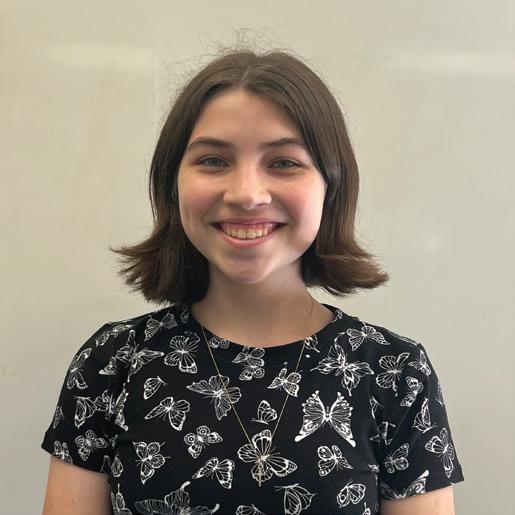


The Upper School debate program, previously comprised of 53 students, has increased to 83 students this school year.
One of the reasons cited for this increase is the transition from online to in-person tournaments.
“Some schools lost a significant portion of their team and interest due to online competition,” Director of Debate Aaron Timmons said. “Our numbers grew.”
With the return of in-person competitions, they’ve grown even more.
Greenhill teaches three forms of debate: World Schools, Policy, and Lincoln-Douglas. These different forms have teams of two to five people, with the exception of LincolnDouglas in which you debate solo.
Being in-person has also allowed a lot of the Upper School teams to perform better in tournaments.
The World Schools team won their first two debate tournaments of the year: Plano Clark Swing and Grapevine
“In World Schools, good teamwork and communication is especially important because you debate as a team and so you all always have to be on the same page,” freshman Nora Ahearn said.
For some students, the excitement of traveling across the nation for in-person tournaments and summer debate camps motivated them to join debate.
“Traveling is one of my favorite parts of debate,” junior Natalie Stachowiak said.
Summer camps and out-of-state tournaments are also a good way to make friends from
across the country.
“When you go to camp, you obviously learn debate, but you also have free time where you meet new people and hang out with friends,” Associate Coach of Speech and Debate Allie Chase said. “And now it’s exciting because when St. Mark’s [School of Texas] hosts a tournament, your friends from all over the country are going to be there.”
The biggest benefit of in-person tournaments is experiencing the joy of victories and the sadness of losing, said Timmons.
“Experiencing wins and losses in person is a much better situation than being stuck in your room at home which we had the year before,” he said.
Past Successes
The 2021-2022 school year was marked by multiple state and national level awards, including championships won from the World Schools and Policy divisions at the Texas Forensic Association tournament.

This contributed to the increase in debaters in more ways than one.
“The recent and overall success of Greenhill’s debate program is important because it’s nice to know that we have a program which is very invested in us and is going to continue to be better,” Stachowiak said. “It shows us that the coaches care and are always trying to improve.”
Ahearn says that seeing the success of Greenhill’s World Schools division debaters inspired her to strive for those same successes.
“I think part of it is the last few years we’ve had a couple of successful teams that were not just good and didn’t just win, but they were good ambassadors of the program,” Chase said. “They talked about debate in their classes, and they invited their friends to come to the room.”
Timmons echoes this belief.
“I think the biggest recruitment tool has been students and word of mouth about how much fun it is,” he said.
Timmons says another reason is a recent “change in culture”. Classes have been more fun, and the overall dynamic has become healthier, he said.
“Now, debate is not just something people want to join, but somewhere people want to stay,” Timmons said.
For some debaters, the arrival of new members has encouraged more experienced debaters to review the basics.
“There’s a lot more introductory things that we have to do, but it is really helpful to return to the basics every once in a while,” Stachowiak said. “They say that the best way to learn is to teach, so it’s really helpful to talk to other people, and hear opinions from people who haven’t been in debate for a long time.”
Timmons says Speech and Debate is more than just a class and a competition, but rather a community.
“Students at Greenhill want to both find and have a voice, and many times Speech and Debate can give students that voice,” Timmons said. “For some, they might not have had one before. For others, it’s just accelerating what they already have.”
Classic. In Policy, junior Krish Mysoor and Shruti Siva ’22 won the 2022 Texas Forensics Association State Tournament.
Photo by Chloe Nguyen
Photo by Nora Ahearn
LEARNING TOGETHER: Debate students review
preparation
competition. The program goals
instilling camaraderie among its students while teaching public speaking and construction of arguments.
A LARGER CLASS: This year’s Upper School Debate classes have grown significantly from previous years, with 30 new students joining. While other schools lost debaters during the pandemic, Greenhill’s cohort grew.
Nikitha Thoduguli
Natalie Stachowiak
positions in
for
include
Evergreen the
Orchestra Sees Enrollment Surge
 Khushi Chhaya, Ivy Stitt
Khushi Chhaya, Ivy Stitt
Greenhill’s Orchestra program is experiencing a period of growth with larger class sizes and new students.
For the 2022-2023 school year, the Orchestra has seen increased enrollment in both the Upper School and Middle School programs. In the Upper School, enrollment over the past 15 years has consistently attracted 20-25 students. This school year, that number has reached 28, including 14 freshmen.
Nick Paraskevas, head of Middle School and Upper School orchestra and strings, has been teaching at Greenhill for 33 years. Strings instructor Hallie Michaels has taught alongside him since 2015.
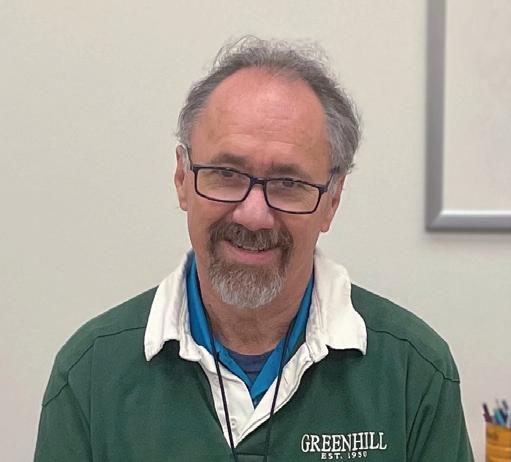
“We have a number of kids who are continuing from eighth grade into the Upper School, for which we are very thankful,” Paraskevas said. “And we happen to have, this year, just a good number of kids who are new to Greenhill and have chosen to play with the Chamber Orchestra.”
This year, the freshman Orchestra class size has particularly increased, said Paraskevas.
We have a number of kids who are continuing from eighth grade into the Upper School, for which we are very thankful.”
importantly, it’s nice to have the students that are there for the right reason,” Paraskevas said. “Some students might be there for their activities portfolio, but these students really just are pure in wanting to play and love chamber music. We’ve had a steady stream of really good players who are also very good musicians.”
the strong sense of community within Greenhill Orchestra was what encouraged her to join the program.

I was exposed to playing in an orchestra setting, I learned that there in, and has a very strong, collaborative
Others, like freshman Kendall Johnson, are following in the footsteps of a family member.
“I wanted to have one class with [my brother], especially since it’s his last year at Greenhill,” Johnson said. “Also, I love playing viola and the rich sound that it can create, so I wasn’t ready to stop playing it yet.”
Johnson has been in the orchestra since Middle School. Part of the reason
she decided to continue was the emotional connection she felt to the viola.
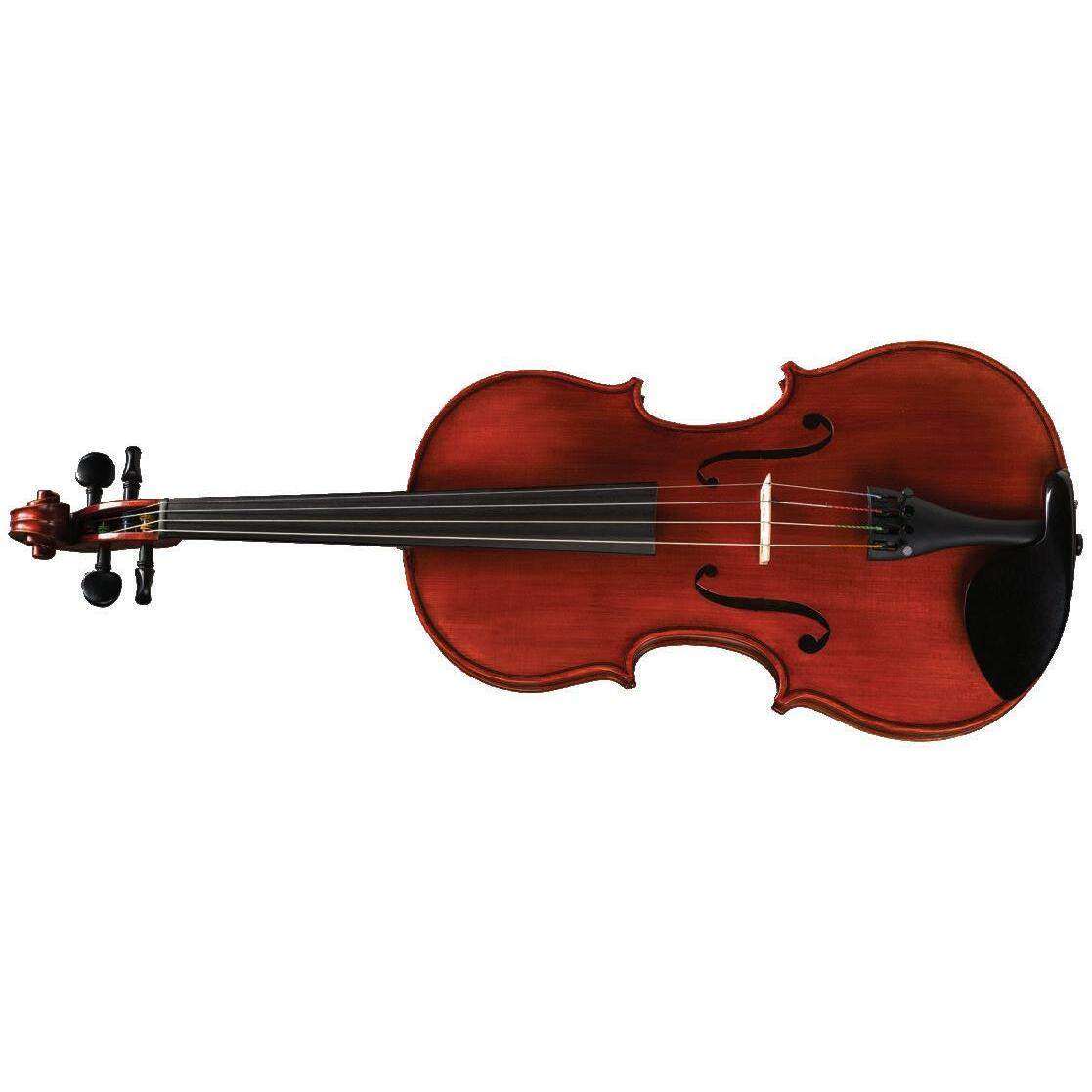
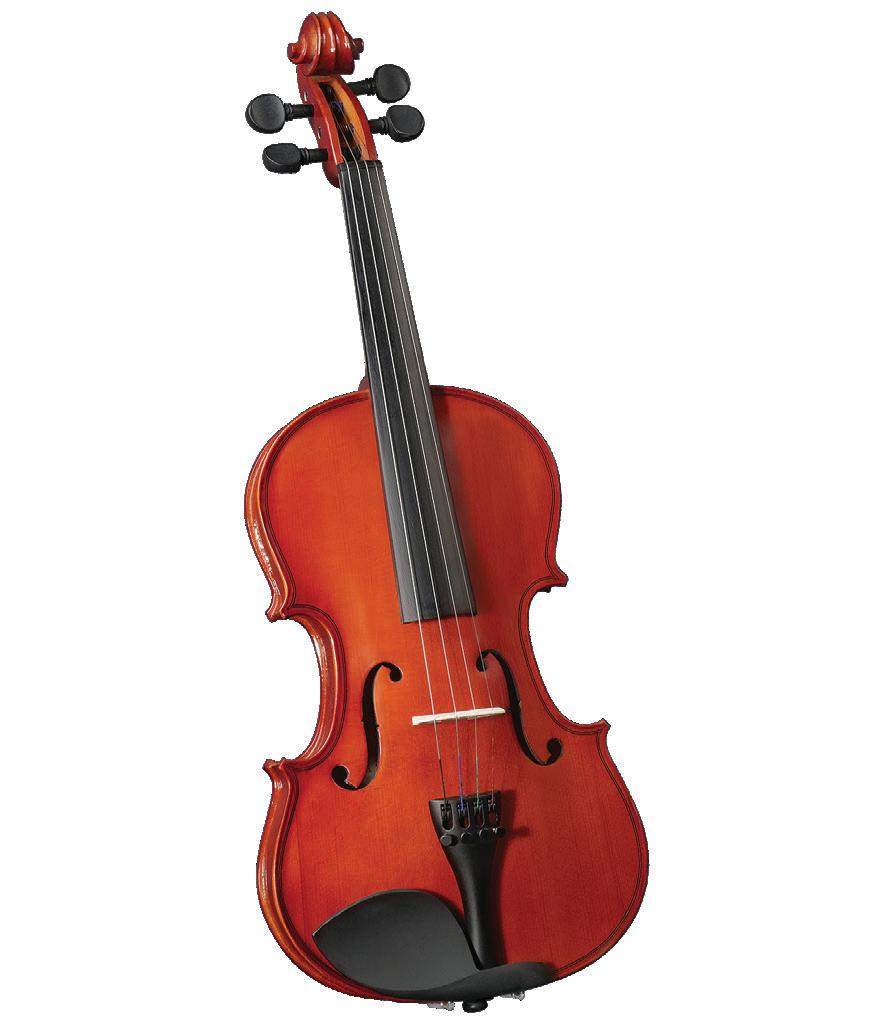
“The songs are so rhythmic and every instrument flows together so well,” Johnson said. “The music can make me feel different ways depending
As with each new academic year, seniors graduate and former juniors step up to fill their shoes as mentors for underclassmen. Larger class sizes have substantially increased the importance of these leadership roles, said senior Charlotte Purcell, a violinist.
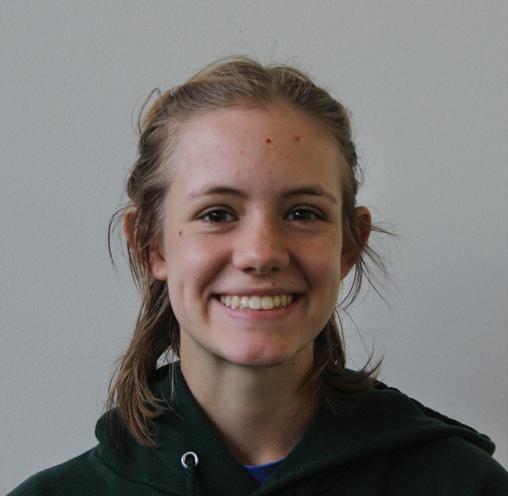
“It’s all pretty weird because in the past, the first violin section has been
made up of primarily juniors and seniors, and now it’s a primarily underclassmen section with three seniors,” Purcell said. “[The first violin section] is essentially half upperclassmen and half underclassmen when it’s usually been majority, if not all, upperclassmen.”


For freshmen joining the Greenhill Orchestra, the complexity of the music and rigorous pace of the class has been an adjustment, said Saxena.

“It is something that I’ve been enjoying,” she said. “Even though we’re
younger strings students,” Paraskevas said.
Larger class sizes have meant students may receive less individual attention, Paraskevas said. Still, he says he has confidence that string students will continue to spend time learning and engaging with their instrument inside and outside the classroom.
Even though we’re only three weeks in, I’ve been able to learn a variety of orchestral pieces. Along with the vast song selection, the Upper School Orchestra has the opportunities to play for numerous school events.”
“I don’t think a person chooses strings and sticks with it unless he or she has the temperament to work on things for a long time,” Paraskevas said. “Delayed gratification is a large part of strings, and the person really has to have that internal motivation and discipline. We’ve been very fortunate to have exemplary students in that regard. The experience of working patiently comes slowly is an important thing for any student, especially for students who might be quick learners
Saxena said. “From the glitches, to playing out of sync, it became very difficult for me
The resumption of in-person come with increased enthusiasm that could be a factor in the increased
“I think a lot of people didn’t join orchestra since it’s an activity that really needs a non-COVID space,” Purcell said.
“But I think with the return of more normal, pre-COVID rules and practices, it

I think a lot of people didn’t join orchestra since it’s an activity that really needs a non-COVID space. But I think with the return of more normal, pre-COVID rules and practices, it makes the experience a lot better.”
For Middle School, Paraskevas oversees a program in which fifth graders teach fourth graders how to hold a stringed instrument and bow before they decide whether to pursue their instrument of choice.
“The current sixth graders did an exceptional job presenting, so we have lots of excited and dedicated
Aashna Saxena
Charlotte Purcell
FOUNDERS’ DAY TUNES: The Upper and Middle School orchestras have increased in size from last year. The students recently performed at the Founders’ Day assembly.
Nick Paraskevas
Photo courtesy of Greenhill Communications
Arts
16
“
“
“
Sports
A New Mantra: “Support Your Friends”
Greenhill’s
Phillips Family Gymnasium buzzed with excitement as students filed in for the first pep rally of the year. The gym was loud and energetic, thanks to the cheerleaders, mascot and Greenhill Band.
Prior to the current school year, pep rallies only took place during Homecoming Week. This year, that has changed. In fact,
of school spirit because as you get older, you become excited to become a leader in the activity, so I think the younger grades will continue it in the future.”
In addition, the Athletics
Supporting Athletes
In the past few years, the Greenhill football team has encountered many challenges, from losing star players to a lack of players. However, they still have a fan base ready to support them through the challenges, said Zawadzki.
“When we show up to the football games, it shows the team that we have their back,” said senior Katie Stone, a leader of the student Athletics Board. “Also, it is so much fun to go to a football game, whether we are winning or losing. Just going crazy in the stands and supporting your friends, it’s fun.”
Not only does school spirit create a positive energy for fans, but it can inspire athletes during games.
“As a high school student, the best thing is to see your friends in the crowd going crazy for you or people you don’t even know going crazy for you,” Slotnik said. “As an athlete, it makes me want to perform better.”
Senior Drew Muller, a leader of the student Athletics Board, agrees.
“The support gives you something else that you want to perform for,” Muller said. “You see the people there and you want to perform for them.”
Uniting the Campus
As a K-12 school, Greenhill is taking steps to increase school spirit across divisions. The Athletics Board plans to make announcements about upcoming home games at Lower and Middle School assemblies.

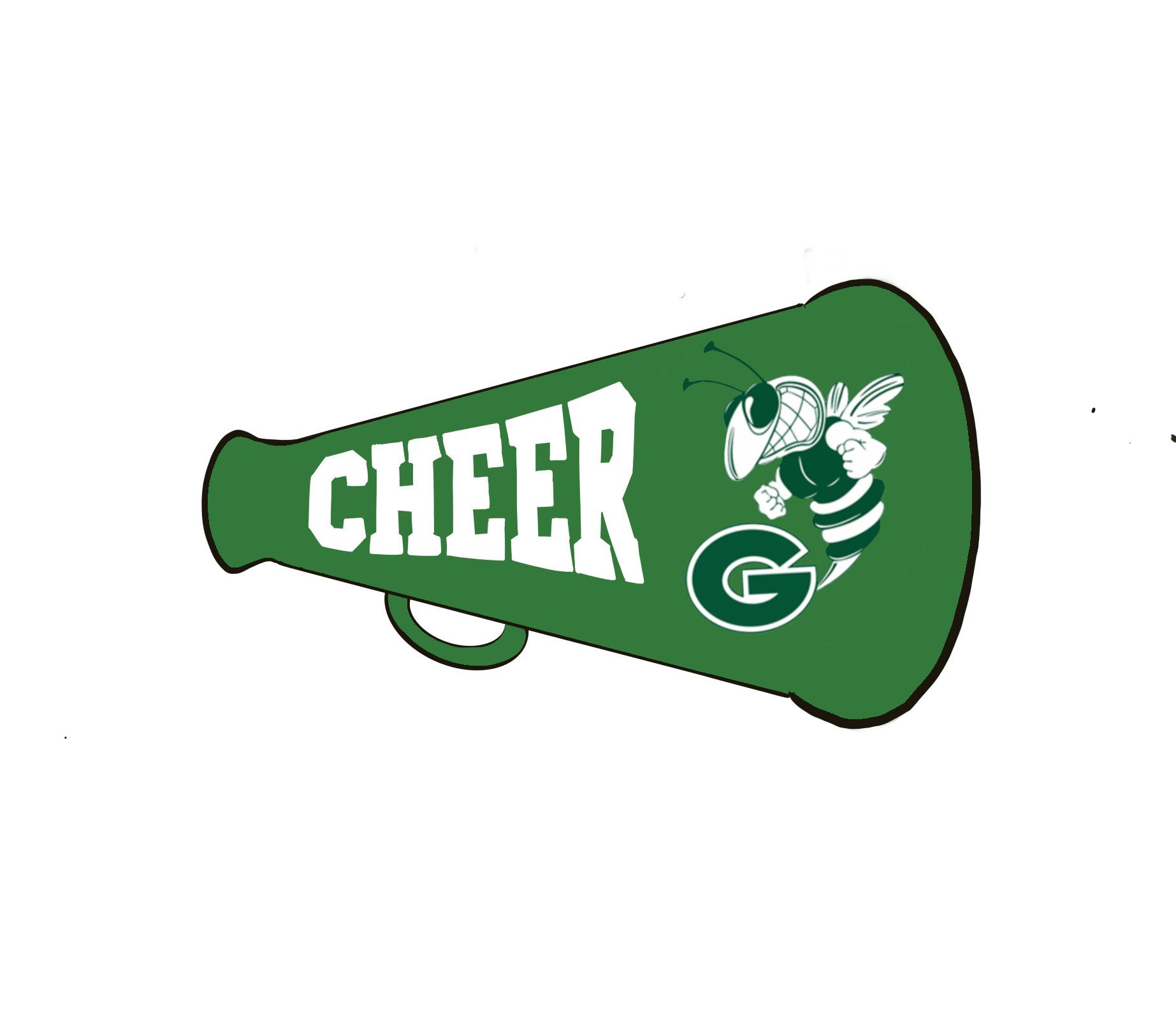
During home games, the Athletics Department plans to set up bouncy houses and face-painting stations for younger children to enjoy. Other plans include having Lower Schoolers run out of the football tunnel and play flag football during halftime.
“We are just trying to get everybody involved and let everybody know that they are all welcome,” Shine said. “We also want the younger kids to look up to the older athletes so that when they get to high school, they get excited about wearing the ‘G’ on their chest.”
Additionally, the extra pep rallies throughout the year are designed to unite multiple divisions at Greenhill. Activities such as trivia competitions, drumline performances, cheerleading routines and student-led skits will be featured to increase school spirit.

the Athletics Board, working with the Athletics Department and Parent Teacher Association, have pep rallies planned for all three sports seasons.
“We are trying to create a mantra: ‘Support your Friends,’” said senior Zachary Slotnik, a leader of the student Athletics Board. “Any attendance, any support, goes a long way.”
Building Traditions
To spread this message, the Athletics Board is making efforts to increase turnout at home games through Friday dress-up days.
“We want to bring school spirit to the classroom during the day, so that can carry on to the events that happen at night,” said senior Emily Quinn, a leader of the student Athletics Board.
The Athletics Board coordinated the first dress-up day, a “white out,” on Sept. 2. Upper School students flooded the halls in all-white gear to celebrate the first football game of the season.
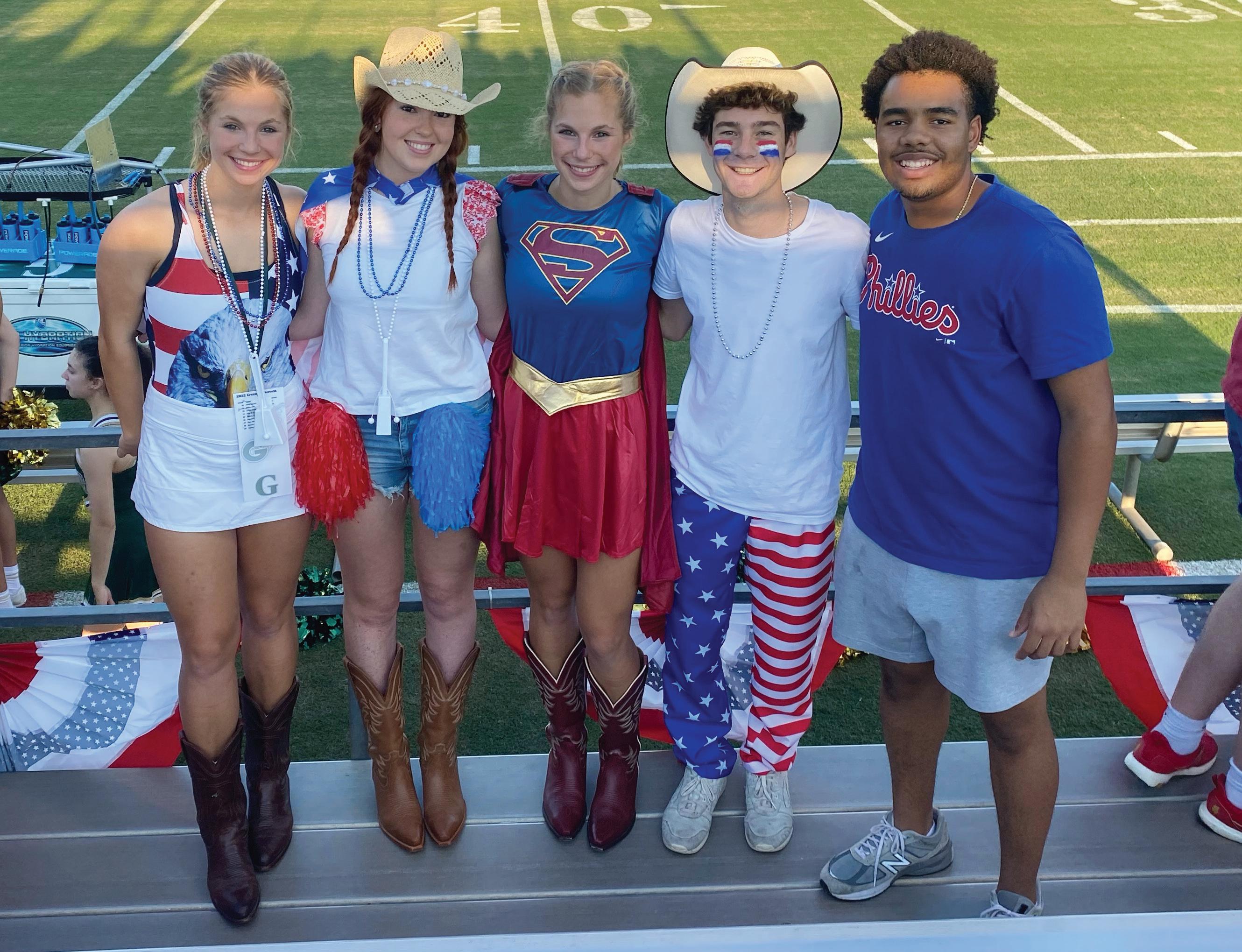
“It gave us a sense of community,” sophomore Brynn Zawadzki said. “Everybody going to school, wearing the theme and supporting each other.”
Senior Lexie Stone, a leader of the student Athletics Board, has high hopes for the future of school spirit.
“We are trying to create new traditions so the younger grades can carry them on,” Stone said. “I think tradition brings a lot
Department hopes to expand the Athlete of the Week competition, in which students vote to spotlight an athlete’s successes in their sports.
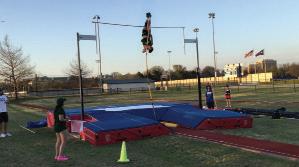
“Hopefully that continues to grow in the upcoming years, and we get more people in the voting process,” Head of Athletics and Physical Education Jarrett Shine said. “We want a lot more opportunities for kids to shine.”
Last year, members of the Athletics Board ran the school sports Instagram account, The Hornets Nest. The account has more than 1,000 followers, providing a space to showcase Upper School athletic talent and provide school sports updates.
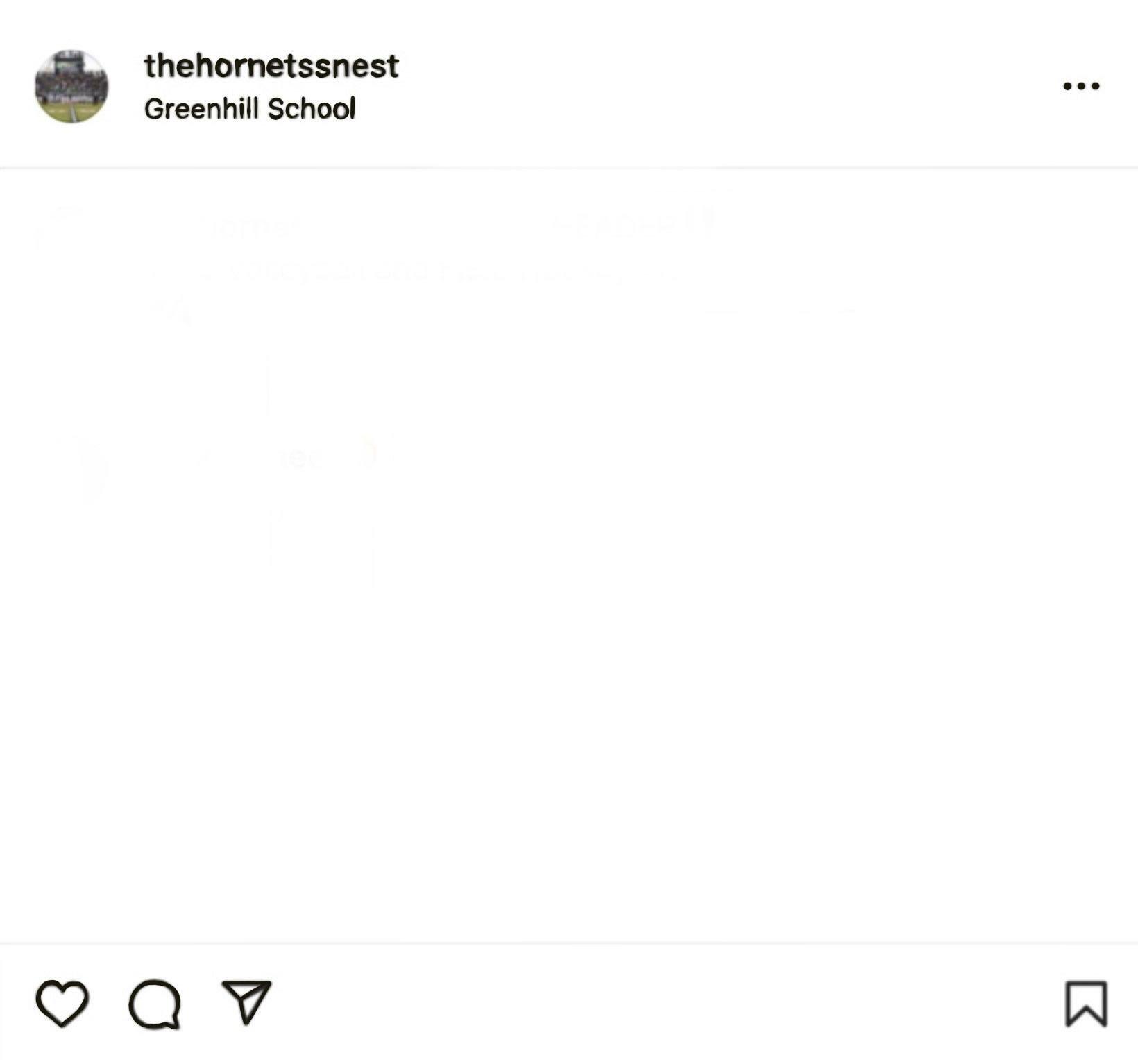
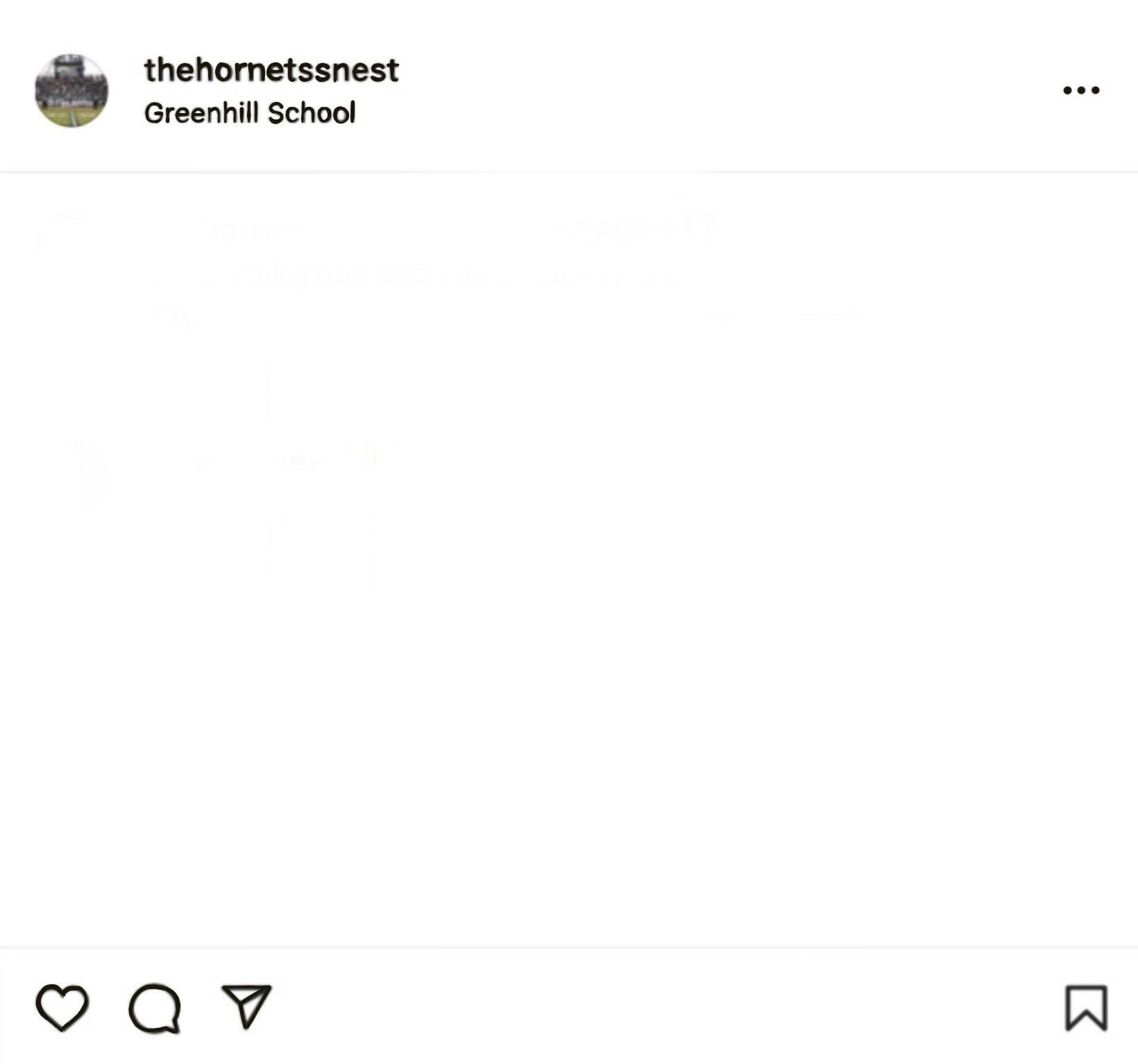
“The account had a lot to do with school spirit,” Shine said. “It helped generate support for student athletes. Parents got excited as well, commenting all the time and being excited to follow the account.”
This year, the Athletics Board hopes to continue to grow the account while improving quality and content.
“We want to continue what the past few years have been like, but we also want to expand on it,” Slotnik said. “We think we could do a better job being more alerted and more consistent. I also have experience in Photoshop and layout, which is a skill that I think can carry over to this.”
To further support student athletes, the Athletics Department is looking to improve facilities, said Shine.
“There are new facilities that we are trying to build, such as a new High Performance Center and a covered practice facility that would be fantastic,” Shine said. “That is going to take some time, but I want to make sure that all of our coaches are involved and ready to prepare our student athletes to perform at their best.”
Although school spirit often refers to athletics, Slotnik believes it means supporting the entire Greenhill community.
“I don’t think school spirit is just a thing for athletics,” Slotnik said. “The support should be the same for the band, the choir and for the play or musical in the spring. So, whatever it is, go support your friends. I promise it will mean a lot to them.”
Aria Kutty
Photo courtesy of Helen Jackson HOT-TO-GO: Greenhill varsity cheerleaders work during games to encourage school spirit. They perform cheers like “Hot-to-Go” to raise energy and enthusiasm.
Photo courtesy of Lexie Stone
PARTY IN THE USA: The Athletics Board has implemented new initiatives to increase school spirit. These include the USA theme at a home football game.
17
Evergreen the Sports
Field Hockey Ushers in a New Era
Last fall, varsity field hockey put together one of the most successful seasons in the program’s history.
The team went undefeated in the North Zone of the Southwest Preparatory Conference and was seeded first in the conference tournament. Eventually, the team placed fourth at the SPC tournament last spring.
“This might be a first for Greenhill field hockey in decades,” field hockey Head Coach Brittany Griggs ’09 said.


This year, field hockey opened the season with a fresh squad after losing eleven seniors, nine of whom were in the starting lineup.
In fact, senior Maya Harrington says that the close bond between Upper and Lower classmen has played an integral part in their success.
“Last year, our team was extremely close,” said Harrington, a team captain. “Our bond was so strong on and off the field.”
Junior Zoe Dzialowski, also a team captain, echoes Harrington’s sentiment. The upperclassmen have consistently made it their priority to “include all the freshmen and sophomores, which really strengthened our bond,” Dzialowski said.

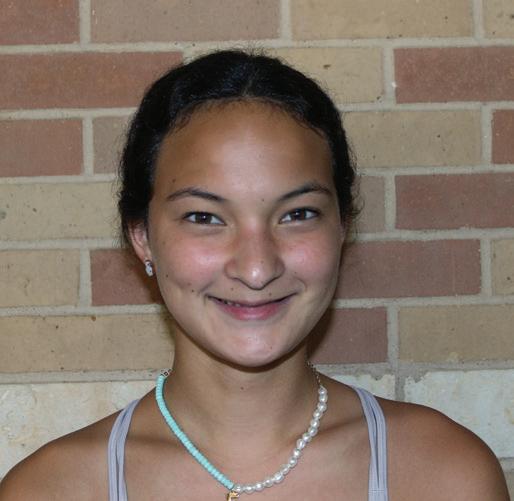
An example of this bond is Field Hockey Families, groups consisting of three or four students from each grade, which are formed each year in the hopes of fostering connections between students of different grades.
Through these groups, upperclassmen build bonds with underclassmen in various ways.
“Seniors don’t sit at their own tables apart from freshmen,” Harrington said. “We’re all always integrating with each other.”
Harrington also explains how these groups work out together and support each other to bring together athletes of different ages.
“As a senior, I’ve become close with freshmen that would have never happened without Families,” Harrington said.
Griggs describes how practices, such as the Field Hockey Families tradition, have worked in the past for creating team bonding.
“Our most successful teams are the ones that are the closest, so we’re working on building that chemistry every day,” Griggs said.
Due to this change to the team’s roster, veteran players have to assume more responsibilities and become role models for newer players.
“We’ve asked the captains and upperclassmen to step up and lead by example this year, more so than in years past,” Griggs said.
Dzialowski views this transition to a team that consists of younger and newer players as one that holds promise and opportunity.
“It is like a fresh start where we can work from the ground up,” Dzialowski said. “It just makes us grow into our positions and learn how to play better together.”
A few weeks ago, the team played All Saints Episcopal School and won 6-0.
“Overall, the team has had a positive attitude and a love of the game so they’re finding ways to execute our game plan even with new players and different formations,” Griggs said.
Dzialowski attributed the win against All Saints to the constant communication maintained between freshmen and veteran players on and off the field.
“It requires everyone to try their hardest and make sure uplifting the team is the priority,” Dzialowski said.
With the fresh start of a completely revised roster, the varsity field hockey team has numerous aspirations for the season.
“One of my goals coming into this year was to build a connection as strong as last year and make our team similar to that of a family,” Harrington said.
Dzialowski, like Harrington, expresses her hopes of continuing the legacy of past Upper School field hockey teams, while also creating their own new legacy.
With a new “era” underway, Griggs says she hopes that “the new players in our program enjoy playing field hockey, love being part of the team and compete at the highest level each day.”
Girls Cross Country Embraces Smaller Team
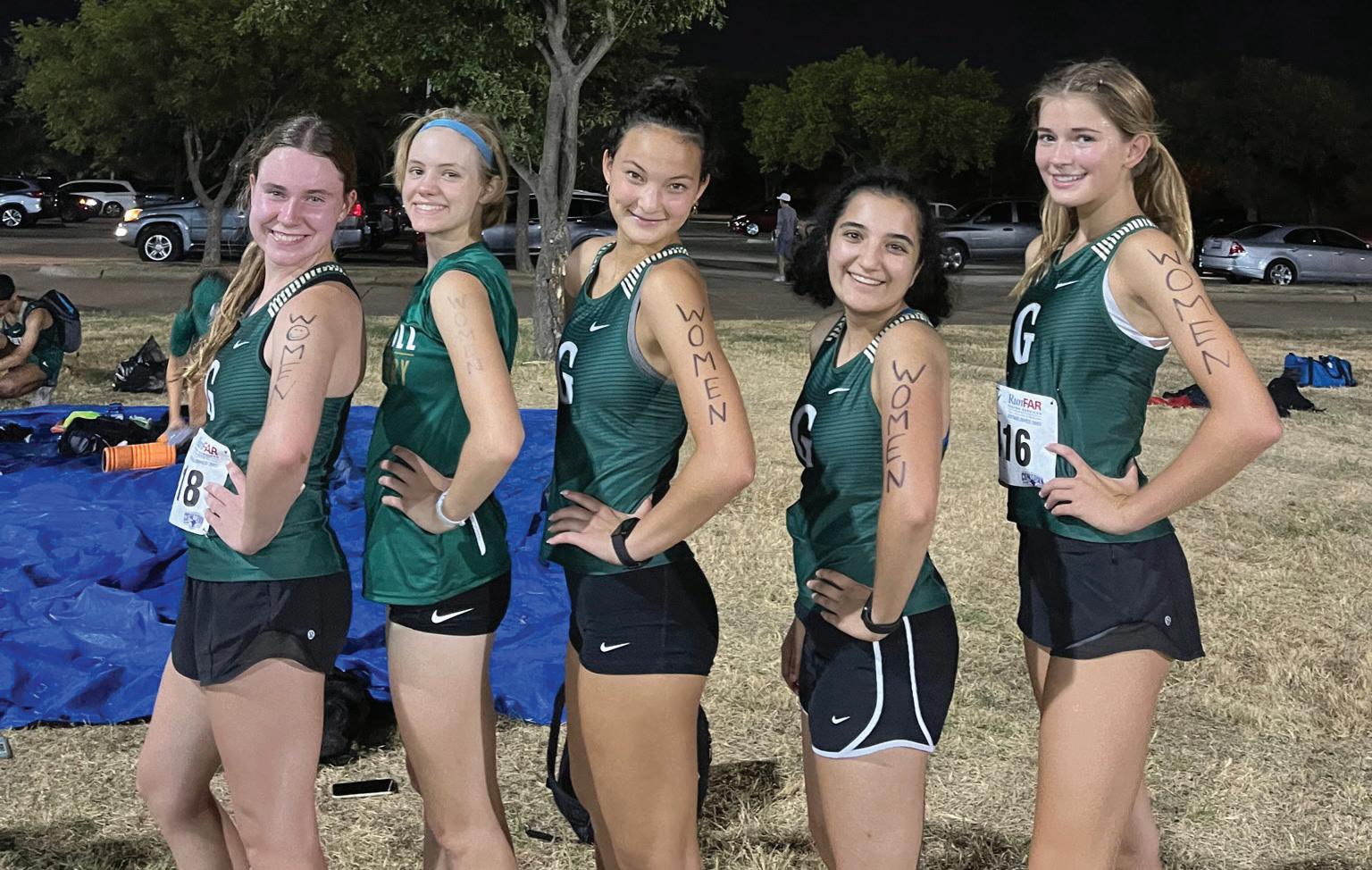
This year’s girls cross-country team is the smallest sports squad on campus, with only 11 female members.
There are five seniors, all of whom have been named co-captains. Unlike previous years, team members chose the captains.
Varsity cross country Head Coach Jason Yaffe says this approach benefits the team’s connectivity due to multiple perspectives and voices representing all team members.
“Since there are so many captains,
something fun for the team to do,” Bidiwala said. “Even before Coach Yaffe announced all five of them as captains, I already viewed them as captains because they took [the] initiative even at the start of the season. It’s definitely a lot more collaborative with more captains too.”
With lower numbers than those of past years, the captains say their priorities have been centered around maintaining positive team spirit.
“Especially since cross country is such a hard sport, everyone is so down on it,” Kim said. “So, this year we are definitely trying to do everything we can to keep
the team, especially because there’s five of us and we are all leaders and runners,” Kim said. a lot of the
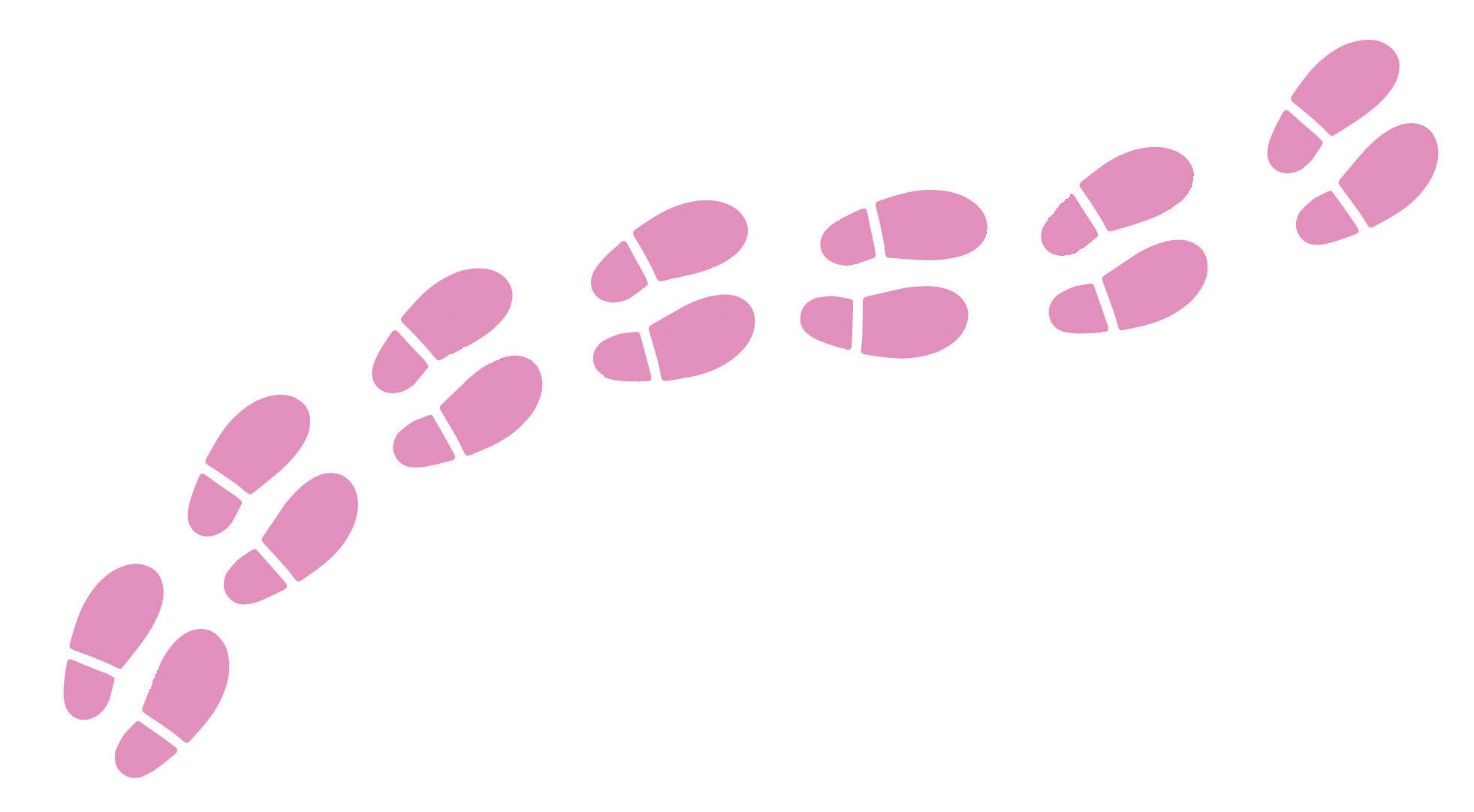
painting their arms, spirit [activities] this
and prioritize the sport both in and out of school. Members of the team suspect that cross country’s commitment is higher than other sports the Upper School offers.
I think it’s honestly a benefit to have a lot of leaders on the team, especially because there’s five of us and we are all leaders and runners. Even though a lot of the team is seniors, you get a big variety of different types of leaders and a variation of different types of runners.
Team members characterize the role of captain as more than one specific obligation.
“I think being a captain is both a responsibility and an honor, because you have the capability to lift the team up to make everyone’s season much better,” sophomore Saida Bidiwala said.
The captains are encouraging a positive mindset among younger teammates.
“They’re all super encouraging and are always planning
Greenhill football game because we have to be mindful of how many hours of sleep we get each night,” Kim said.
In addition to running, members of the team are required to attend multiple High Performance Center training sessions, both before and after school.
“It’s all about consistency and building one’s capacity to do hard things, [whether] that means HPC, or for some people, getting to bed at a reasonable hour,” Yaffe said.
Team members are consistently expected to stretch, run
“A lot of the time, it’s hard to [wake] up early, watch your sleep and not stay out late with friends,” Kim said. “These are reasons that people would want to quit and go to other sports.”
Despite low participation rates, the captains have witnessed the closer connections that a smaller team fosters.
“I feel like I have gotten to know a lot of the girls better this year,” Kim said, “just because there are [fewer] of us.”
Varun Mukund
BREAKAWAY: Sophomore Amanda Park hustles down the field to assist in a goal in a recent game.
Photo courtesy of Maya Harrington
TEAM HUDDLE: The varsity field hockey team celebrates after scoring a goal on their home turf.
Photo courtesy of Maya Harrington
Gabi Appel
SAY CHEESE: Cross country team captains pose after finishing a race at the Hebron Hawk Invitational.
Emily Kim
Charlotte Purcell
Photo courtesy of Khushi Chhaya
“
18
the
Sports Performance Ups Its Game
Pooja Sanghvi
Kathryn McKelvey regularly wakes up early to get to the High Performance Center for a workout session with the field hockey team.
Like hundreds of other student-athletes throughout the Upper School, McKelvey, a junior, works out with her team twice a week: once in the morning and once in the afternoon.
“I feel more tired throughout the day after morning workouts, but I am overall in a better mood because we worked out and bonded as a team,” McKelvey said. “It makes me feel more productive starting off my day.”
On the other hand, McKelvey said, “Afternoon workouts are one of my favorite practices of the week. I notice that after a stressful day, working out in the HPC or practicing with my team relieves some of my stress and puts me in a better mood.”
The Sports Performance program is an integral component of increasing the health, fitness and skill of student athletes, said Director of Sports Performance Jessen Houston.
“The purpose of the program is most specifically related to sports, developing kids from mastering their body weights and progressing them to be more athletically inclined to perform well,” Houston said. “It also helps to prevent injury. Those are our three pillars that we stand steadfast on.”
With the pandemic came many adaptations to HPC training. Although workout sessions are back to their prepandemic format, changes like giving fitness tracking devices to students to measure their heart rates have been made to strengthen the program and the impact it has on studentathletes.
The purpose of the program is most specifically related to sports, developing kids from mastering their body weights and progressing them to be more athletically inclined to perform well.”
increased the most over the past four years, because we really want kids to be able to take away information that they can use for the rest of their lives.”
Increased Engagement
In addition to the evolution of material, the Sports Performance program requires increased engagement with student-athletes.
Athletes participating in fall sports have been working out and practicing since the start of summer, and many winter sport athletes started their preseason training at the start of September, two months before their first official practice. Previously, summer workouts were optional and preseason training was significantly shorter.
Throughout the summer, there were daily workout sessions open to all sports.
Junior Zoya Iyer, a field hockey captain, says she was required to attend 21 workout sessions before her fall preseason workouts started on Aug. 2.
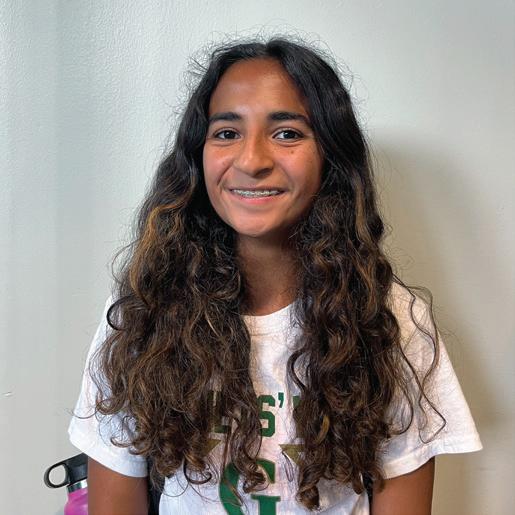
“We do want our student athletes to begin to take those summer months more seriously, because it does show when you arrive in August to play a game, and you haven’t done anything to take care of your physical wellness,” Sports Performance Specialist Ramiro Mendez said.
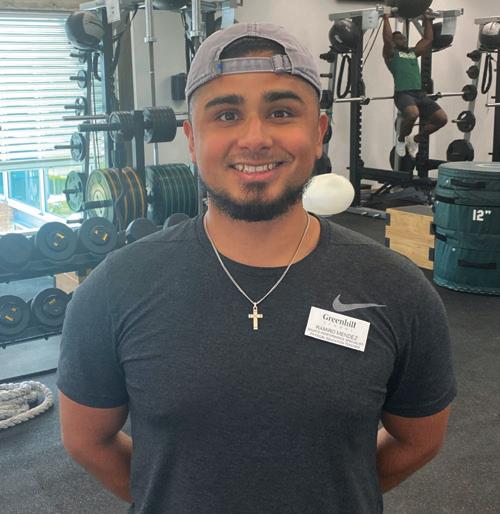
We do want our student athletes to begin to take those summer months more seriously, because it does show when you arrive in August to play a game, and you haven’t done anything to take care of your physical wellness.”
Expanded Workouts

Not only has the entire program adapted to the needs of student-athletes, but, according to Houston, workouts have become more intentional.
Iyer agrees and says that she has become
a better athlete as a result of these changes.
“I definitely think workouts have been more productive,” Iyer said. “We just get a lot more done in the 40 minutes [and] it feels like the time is being used well to increase fitness and prevent injuries.”
To start health and wellness training earlier, the Sports Performance program has begun to provide workout sessions for Middle School athletic teams as
“One of the things we are all striving for is for a strong collective of not just Upper School athletes, but also Middle School athletes,” Mendez said.
“Research shows that starting at a Middle School age is crucial to the development of a child and the development of

Starting at an earlier age allows athletes to progress through the program more rapidly and master some of the foundational skills necessary to maintain their physical agility.
In fact, regular physical activity and training benefits aerobic fitness, bone strength, flexibility and has mental health benefits, according to the National Library of Medicine.

Due to the expansion of the Sports Performance program to the Middle School, a new athletics facility will be built to accommodate the increased number of students undergoing training.
The Long View
Another integral part of the Sports Performance program is team bonding. This is why athletes are encouraged to attend all workouts with their team members, said Houston.
“When [athletes] are on a Greenhill team, we really need them to be with their team,” Houston said. “This allows them to build team camaraderie, team chemistry and the interdependence to play in sports where they can rely on each other for overall team success.”
When [athletes] are on a Greenhill team, we really need them to be with their team. This allows them to build team camaraderie, team chemistry and the interdependence to play in sports where they can rely on each other for overall team success.”
The end goals are to create a more cohesive community of student-athletes and strengthen the athletics program.
“At the end of the day, we want Greenhill athletics to be something that’s well respected, certainly within the city and also within the state,” Houston said.

The Sports Performance program teaches a vast amount of information to students that they can hang on to outside of athletics, and even after they leave Greenhill, said Mendez.
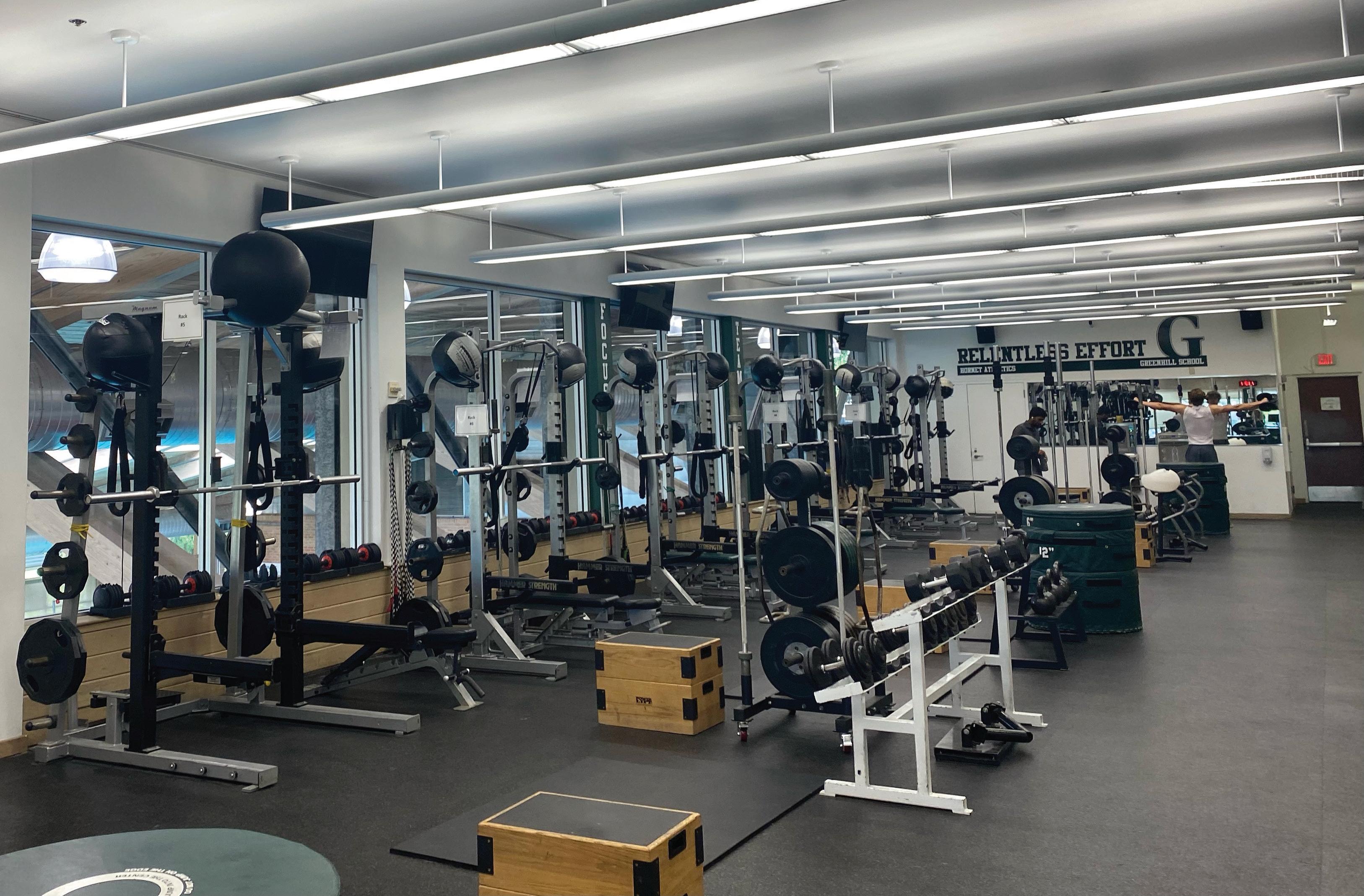
“I think one of the most important things that students take out of the HPC is learning to challenge yourself,” Mendez said. “You grow as a person and begin to realize that you can do things you never thought you could do. It carries over and trickles into other parts of your life. We’re very big on developing people, building relationships, and achieving goals of working your own health, wellness, and fitness.”
science, sports, nutrition and sports medicine is it’s constantly evolving, so we will always adjust what we are doing,” Houston said. “We have to be relevant and keep up to date with evidencebased material that we use in our program and in our lectures.”
Foundations
To create a more educated student body, the Athletics Department is pushing for Foundations of Fitness to be a graduation requirement for all students, said Houston.
Foundations of Fitness is a class that students take to fulfill their athletic requirements if they don’t play a sport. It consists of labs and Sports Performance, as well as curriculum around fitness, nutrition, anatomy, physiology and prevention of chronic disease.
“Literacy is a big thing,” Houston said. “That’s the thing that we’ve probably
Jessen Houston
Zoya Iyer
Ramiro Mendez
HIGH PERFORMANCE CENTER: In the HPC, student athletes work to stay in shape with the help of coaches and trainers. Recently, workouts have increased in intensity and duration, due to Greenhill’s intent to improve the athletics program across campus.
Graphics by Emma Nguyen
Photo by Milyon Esayas
SportsEvergreen
19
Wednesday, September 28, 2022
“
“
“
the
Bigger Team, Better Results?
The Upper School football team has grown to 41 players, more than one-third bigger than last year’s 30-player roster.
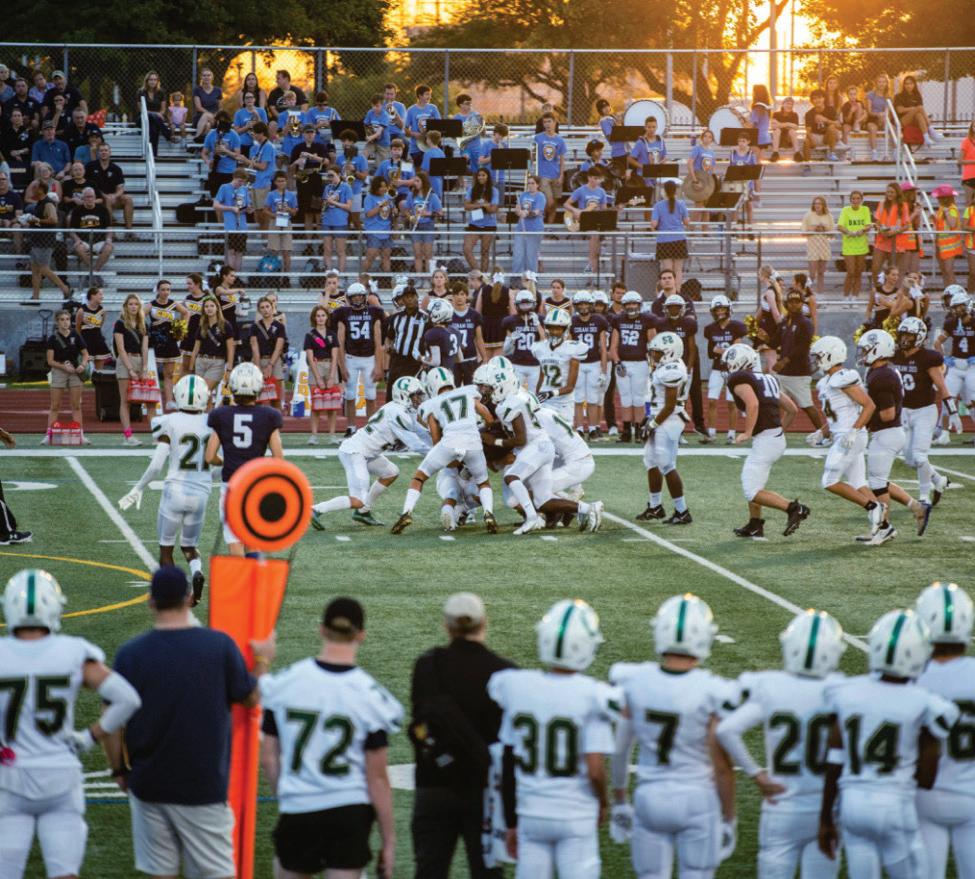
For a team that historically has had fewer players and experienced more losses than rival private schools, players and coaches say they hope the recent increase might level the playing field.
A small team makes keeping up a strong formation difficult in a sport that requires 11 players on the field at any given moment, since there aren’t many players who can fill certain roles.
“The offensive and defensive line is so important to football,” Head Coach Anthony Banks said. “If you don’t have some beef up there and other teams do, you can’t run the ball. When you can’t run the ball, you’re one-dimensional.”
Bigger Workloads
In the past, some players had to carry heavier loads to cover key positions, including playing positions they had not practiced much for, because no one else could.
“Last year, a lot of people got injured, especially on the

offensive line,” junior Santiago Lopez said. “We had a lot of people being sent out who didn’t even play offense.”
Senior Thomas Bozalis, who left the team following his junior year, describes how his responsibilities on the team increased after another player’s injury.
“My workload went from only playing a few reps to playing at pretty much every offense and most reps on defense because we didn’t have the bodies to fill in that hole,” said Bozalis.
These situations are especially common among “bigger” players, who are often crucial to success.
“When you’re a bigger body, especially at Greenhill, your workload needs to be higher because there’s less of your build of people,” Bozalis said.
Banks says that there are now more players on the team who can fill those gaps and spread out the workload.
“We have depth in some of those core positions that are really tiring,” Banks said. “While 40 is still a low number, where our 40 is distributed really helps us because we have depth at positions we’ve never had since I’ve been here.”
Maintaining Morale
Despite frequent losses – the team hasn’t won a game since 2019 – players say they are working to keep morale high.
“It’s a lot of ups and downs,” Lopez said. “Yes, we understand that we haven’t won in a while, but we’re always willing to play because not only is it about winning, it’s also a fun game.”
This positive mindset has fostered better teamwork and drawn new players to the team, according to Banks.
“It’s amazing the effort we got out of these guys last year,” Banks said. “A lot of times when you don’t win games, guys check out. I think that’s why our numbers were better this year, because those same guys were getting their butts kicked last year and told their buddies that it’s [still] fun.”
Senior leadership is an integral part of fostering positive team culture and creating an environment that makes athletes want to stay in the program.
“There’s been such a culture of hazing and bullying that over the years, as you get older, more and more people quit,” senior football captain Josh Titens said. “I just had such a miserable experience as a freshman, I was bullied, and I never want someone to go through that again.”

Now, Titens says he uses his role on the team to stop that cycle of behavior.
“I really just made it my own personal goal to make sure that no one’s bullied, no one’s hazed, that’s not something that happens,” Titens said. “Because the future of the program depends on how many of these kids stick around.”
Freshman Jonathan Akintola says his experience has aligned with Titen’s vision for the team.
“The captains, they really teach us a lot,” Akintola said. “Especially with freshmen you know, make us feel included.”
On top of increasing numbers on the Upper School football team, there are now seventh and eighth grade teams. With more middle schoolers playing football, Banks says he hopes that their experience will be an asset as they enter Upper School.
“I want to keep growing our numbers so we can develop guys and get to where Greenhill’s proud of our football program,” Banks said.
TEAM HUDDLE: Football players converse with their coach about the next play during a recent away game.
HORNETS SWARM: The defensive squad tackles the opposing team’s ball carrier to prevent a first down.
Emma Rikalo
Photo courtesy of Valerie Lanzillotta
Photo courtesy of Valerie Lanzillotta
Sports Evergreen
20
Biden’s Bailout Plan was the Bare Minimum
Slow Down Debt
Forgiveness
Sophia Li
At Greenhill, 20% of all students are on financial aid. In other words, at least one-fifth of the student body will be eligible for a Pell Grant or will take out significant college student loans.
With college tuition surging across the country, it comes as no surprise that students are struggling to pay for their education. According to the Education Data Initiative, the cost of tuition at public fouryear institutions skyrocketed by 31.4% in just 10 years.
On Aug. 24, President Joe Biden officially announced his three-part student loan forgiveness plan. To qualify for relief, an individual’s annual income must be under $125,000 while a household’s must be under $250,000. Individuals who qualify but did not receive a Pell Grant would receive up to $10,000 in debt cancellation, while Pell Grant recipients would have up to $20,000 of their debt cancelled.
Given that the average American student takes on $30,000 in college student loan debt, this plan could change the lives of millions of young people across the country.
Investing in a college education is the largest financial stressor for countless families. Hypothetically, if a family saved $300 a month for three years, they would still only be able to pay $10,000 in tuition. One can only imagine the living nightmare of saving up for a school like New York University, which can cost nearly $80,000 a year.
Clearly, Biden’s forgiveness plan is not a comprehensive solution. It does very little to address the root problem that drives students into debt: soaring tuition prices. However, Biden’s plan does provide a financial cushion for families that would otherwise spend years, if not decades, paying off hefty loans.
A college education should be the ticket to a stable life. But instead of finding stability within college, too many students have become shackled by thousands of dollars of debt, exacerbating the financial burden on so many American families.
Crippling student-loan debt is inextricably tied to current inequalities in the U.S., especially among racial
minorities. Many historically marginalized communities have higher poverty rates due to structural inequalities, meaning they largely take out loans to pay for college. When the same disadvantages hurt their employment prospects, those same individuals are less able to repay college debt.
Despite its benefits, Biden’s forgiveness plan has its fair share of critics. Popular critiques can be boiled down into two different camps.
Many conservatives oppose the economic repercussions of mass loan forgiveness and the resulting increase in federal spending and debt. While this argument seems intuitive, it neglects the many studies that conversely show the economic benefits of government debt, including job growth and stabilized lending.
Furthermore, when students can reach a state of financial stability, they are more equipped to spend money, boosting economic circulation.
The second argument in opposition states that Biden’s plan is unfair to people who have already paid off their debt or are excluded. Think about this argument in the context of childcare or public schools. Sure, they don’t benefit everyone, but we still pay for the system because it benefits a larger community. Similarly, roughly 43 million borrowers will now receive relief.
As a country, we must care more about our society’s welfare at large. Biden’s policy, like any other policy in America’s history, will not benefit every single person. However, this plan will assist the most vulnerable communities that have been shut out from opportunity and long-term stability for far too long.
Ultimately, no one should be forced to choose between maintaining financial security or paying for an education. No one should choose between paying for healthcare insurance or putting money into their daughter’s college savings.
Yet, millions of families across our country are forced to make these devastating tradeoffs because the cost of college is too high a price to pay.
n Aug. 24, President Biden announced his plans to cancel up to $20,000 in federal student loan debt for millions of Americans.
The Biden administration has been debating how to approach the problem of student loan debt since he first took office, but up until now, its efforts had focused mostly on expanding current debt forgiveness for specific groups of students.
This new plan would theoretically benefit Americans by making college accessible and more financially achievable.
Although most people want to see college become more available to those who would not otherwise be able to access education, the drawbacks of Biden’s plans are noteworthy and significant enough to reconsider putting the plan into action.


He is acting too quickly based on what his supporters want to see, rather than taking the time to consider the net impact of this plan.
Those from each side of the political spectrum are skeptical about the Biden administration’s plan, and quite frankly, they should be.
This policy pulls money from bluecollar Americans for college handouts. Thirteen states treat the forgiven student debt as income, meaning that taxes are raised for all residents to cover the expenses.
Residents in these states will owe a few hundred dollars on their state tax returns next April. In Hawaii, residents will face more than $1,000 of extra tax.
While this may seem like a worthwhile price to some, this is eating away at the income of many hardworking Americans.
With Biden promising eventual full cancellation for all student debt during his campaign for office, implications of debt forgiveness will likely only be exacerbated for taxpayers throughout the country.
Additionally, economists from all sides of the political spectrum immediately criticized Biden’s decision to move forward with this plan, because it would significantly increase inflation in our economy.
Despite the Biden administration claiming that this forgiveness plan would have no meaningful impact on inflation, economists have found major flaws.
Forgiving up to $20,000 could cost the U.S. up to $519 billion.
“Pouring roughly half [a] trillion dollars of gasoline on the inflationary fire that is already burning is reckless,” said Harvard University economist Jason Furman.
The plan could add twice as much to the deficit as was just saved from the Inflation Reduction Act. This is highly significant, as the Federal Reserve Board is scrambling to decrease the damaging effects of inflation. Inflation harms consumers and decreases purchasing power, which affects almost everyone.
Furthermore, the White House has stated that the Department of Education anticipates that around 90% of the loan forgiveness money will go to citizens earning less than $75,000. Researchers at the University of Pennsylvania, however, concluded that between 69% and 73% of the debt would benefit households in the top 60% of the income distribution forgiven (not including the Pell Grant add-ons).
This means that low-income households aren’t actually benefitting from debt forgiveness as much as the Biden administration claims. Instead, Biden’s plan is funding the higher education of students from relatively affluent middle-class families with taxpayer dollars.
This plan does not even focus on giving targeted support to the Americans who have been harmed the most by the student loan system.
Right now, there is not a solution for student debt that doesn’t create additional problems. Investing in education and taking out student loans is a sacrifice that most people are willing to make, due to the potential it unlocks for many students.
All economic impacts must be significantly considered before enacting plans like this one, and it is crucial for Americans to weigh the pros and cons of student debt and college education before supporting Biden’s efforts to cancel student loans.
Views 21
Views Evergreen the
Opinion: Rebuild Bonds
Nothing has escaped unscathed from the pandemic. After only three weeks of being an upperclassman, I have learned a lot more than I thought possible when it comes to my sense of community.
I came into the Upper School as a new student. I was fresh from another school that was very small and had less than a hundred people in the high school. This being said, I knew little to nothing about what upper and underclassmen bonds looked like.
Because I came to Greenhill during peak COVID-19, my perception of high school was blurred.
As a freshman on the field hockey team, I learned that upperclassmen, especially the seniors, were always willing to reach out and help the newer members of the team. In turn, I, as a freshman, would be super excited to have a senior or junior friend.
This year I have noticed that fewer freshmen understand their responsibility to our campus culture. Being open to upperclassmen to underclassmen friendships is very important and creates bonds that can last a lifetime.
There is something about seeing someone who once appeared so much older and more sophisticated than you reach out, joke with you and say hi to you in the halls. Most underclassmen typically share most (if not all) of their classes with people in their own grade, so there is less time to profit off the time that they have with their upperclassmen friends.
Everyone appears to be solidly stuck within their grades and if they have other friends from different grades, it is usually a connection made through sports. There is nothing wrong with that, however, it causes a slight disconnect when the sport you play together ends.
The people that you meet in these short four years become your lifeline for this time. Which is why it is so important to make and cherish these friendships when you can.
I still find it important to set small expectations for all members of the Greenhill community, because everyone has a role to play and a different way to fulfill it.
I loved all my past friendships with upperclassmen, but those friendships started from a base of mutual respect. I feel more of a disconnect this year when it comes to Upper Schoolers especially.
One of the girls that I easily can call one of my closest friends graduated as a part of the Class of 2022. We became really good friends within the span of a year, and I regret not being friends with her sooner. As it is right now, I cannot say that I have any particularly close friends in the freshman class.
As a freshman, I was able to name about 90% of the senior class and I was always able to put names to a face. With a slightly bigger freshman class this year, I find it hard to name anyone besides the girls on my field hockey team. This school year’s theme, Creating Connections, truly could not have come at a better time because I think we are more divided this year than we ever were, pandemic
and all.
Four years is actually a surprisingly little amount of time, particularly when I am more than halfway done with high school. I feel as if the most important thing that someone can truly gain during their high school career is solid relationships with a wide variety of people, so I think we need to kick it into gear this year.
Respecting the campus and the teachers who make Greenhill so special leads to a better campus culture and closer connections with students from different grades and backgrounds.
I understand adjusting to a new culture is rough, and every single student in the Upper School had to make this adjustment, so I truly believe we can all do it.
the
Evergreen Staff
Evergreen Print
Editors-in-Chief Khushi Chhaya and Ivy Stitt
Executive Editors
Ava Iwasko and Emma Nguyen
Managing Editors - Content Sophia Li Emma Rikalo Pooja Sanghvi Valerie Xu
Managing Editor - Design Emily Hu
Creative Director Helina Tedros

Associate Editor Ria Agarwal
News Editors
Evie Kwei and Christan Park
Views Editors
Gabi Appel and Aria Kutty
Features Editors
Sydney Chien and Riya Kommineni
Arts Editors
Eitan Hahn and Daniela Hallack
Editorial: Make Election Day a School Holiday
OnNov. 8, incumbent Greg Abbott will take on Democratic challenger Beto O’Rourke in the Texas gubernatorial race. This election will determine numerous policies for nearly 30 million Texans over the next four years.
While state and local elections may seem inconsequential, their results often swiftly impact citizens. From our neighborhood parks to power grids, every policy made on the local level shapes our daily lives. And state elections often impact wider public policy issues concentrated in large metropolitan areas like Dallas-Fort Worth, such as abortion access or immigration.
In 10th grade U.S. History and Advanced Placement U.S. Government, Upper School students are taught that state and local elections matter. As an institution that emphasizes social participation, administrators ought to take a big step to uphold this principle.
In our view, Greenhill should make this upcoming Election Day a school holiday.
For context, Greenhill already has a precedent for supporting students’ civic engagement efforts. In the 2020 presidential election, the administration – at the behest of and in coordination with the Upper School student government – proactively provided a late-start to seniors who wanted to vote. The Evergreen applauds this decision, as it upheld our school’s mission – to help students lead authentic, purposeful lives – by making democratic participation more accessible.
We’re heartened to learn that this conversation is ongoing on campus.
“For quite some time, we have been in conversations about voting and how Greenhill
Our Editorial Policy
The Evergreen is an independent, student-run newspaper serving the community of Greenhill School. It is printed six times during the school year. Print circulation is 800 copies. Past issues are archived at issuu.com/ghevergreen.
The Evergreen staff upholds a code of ethics that values honesty, integrity, accuracy and responsibility. Our mission is to help the local community interpret campus, local,
supports and encourages the sacred act of voting,” said Tom Perryman ’81, the school’s associate head of mission, community and culture.
For starters, Greenhill plans to make the 2024 Election Day a school holiday, Perryman tells us.
This is exciting news. But we'd like to see the school do more to facilitate voting in the Nov. 8 gubernatorial and mid-term elections, for which there are no plans for a school holiday or late start.
Though it is typical for mid-term elections to see less voter turnout, we live in extraordinary times. Many voters are quite motivated to vote again, particularly workingclass people, women and people of color. Public policy issues such as abortion, the housing crisis, and healthcare inequities are some of the most important issues to this large voting bloc.
There are already many Greenhill students 16 and older who are volunteering hours of their time as poll workers for the Nov. 8 election. Those signed up have been excused from school, but they shouldn’t have to miss class just to fulfill their civic responsibilities in their communities.
To be clear, making Election Day a school holiday is not a novel idea. In August, the Wake Forest, North Carolina, school board approved a plan to institute a schoolwide election holiday. Other nations like South Korea, Argentina, Brazil, and Costa Rica have made election days a national holiday, with resulting high voter turnout rates.
Some might say that early voting and mail-in voting exists, so there is ample time for
national and international events through articles and editorials written and edited by students.
The Evergreen welcomes letters and emails from readers. We reserve the right to edit submissions for accuracy, grammar and length. The Evergreen will not publish material that we judge to be libelous, obscene, invades privacy or constitutes hate speech. Anonymous letters will not be published.
The staff editorial represents the opinion of The Evergreen staff, not necessarily that of Greenhill School.
students and faculty to vote. Our response is twofold.
First, school days are long for students and faculty alike. During the school week, many student-athletes are on campus from 7:15 a.m. to 6 p.m., not to mention the time they later spend completing homework, showering, eating and studying. The same is true for faculty, who are constantly grading work, meeting with students, responding to emails and attending meetings.
All of this is to say: Greenhill is a busy campus, and people might not have the luxury of going to a polling station and voting during the week. Even if faculty and students could vote on the weekend, longer lines mean they would lose valuable downtime.
Second, voting should not just be moderately accessible. Rather, we should actively encourage people to vote, and making Election Day a school holiday would do just that. Just as we have a national Veteran’s Day to honor their service, we should have a schoolwide election day to honor our role as responsible citizens. Otherwise, our community is implying that voting is not a top priority.
According to a poll conducted by several student activists at Rutgers University, 95% of surveyed students would be more likely to vote in the presidential election if there were no classes that day.
While we are delighted to learn of Greenhill’s plans to make the 2024 presidential election a school holiday, we also want to urge the school to do more to make voting in the mid-terms just as accessible.
Advertisements
The Evergreen welcomes advertisements, but we reserve the right to refuse an ad.
Business inquiries should be directed to Kaden Alibhai: alibhaik24@greenhill.org
Sports Editors
Aman Jaleel and Chloe Nguyen
Cross Platform
Chief Staff Photographer Chloe Nguyen
Staff Photographers Cole Feldman Evie Kwei Jailynn Robinson Christan Park Milyon Esayas
Social Media Editors
Business Manager
Kaden Alibhai
Assistant Adviser Amy Bresie
Ethan Vicknair Cole Feldman Adviser Gregg Jones
Have a response?
Opinion? Original Idea?
Email the Editors-in-Chief chhayak23@greenhill.org stitti23@greenhill.org
Corrections and Clarifications
We pledge to correct our errors. To request a correction or clarification, please email Khushi Chhaya: chhayak23@greenhill.org
Helina Tedros
Helina Tedros is the Creative Director of The Evergreen. Her interests include reading books, playing field hockey and speaking French.
Photo courtesy of Helina Tedros
22
&Rants Raves
A RAVE to the return of the Founders’ Day celebration. It’s been two years since the whole school has been together in one room for a Founders’ Day assembly, and never before has there been a Founders’ Day pep rally. We are so excited about bringing back old and beloved traditions as well as starting a new one!

A RANT to the Greenhill Wi-Fi. We cannot count how many times we have had to modify lessons or stop doing our homework because the Wi-Fi disconnected. It is not possible to get work done if there is no WiFi connection. Plus, with only one device allowed per student, those with iPads or other devices can’t connect to the school’s network.

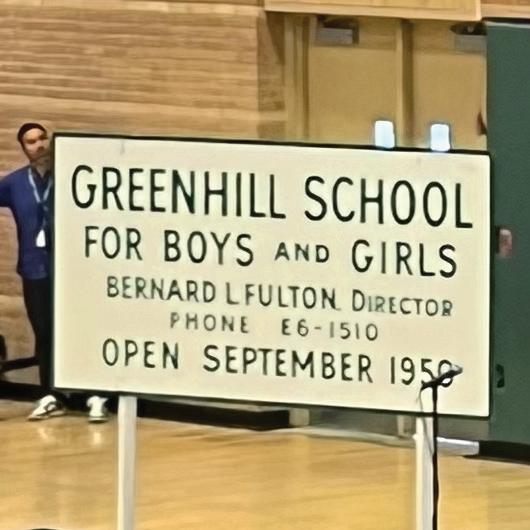


A RAVE to school spirit. Thanks to the Athletics Board for working to revitalize our school spirit. Friday dress-up days make school more exciting and encourage Hornets fans to show up and show out at games. We love supporting and celebrating our teams!
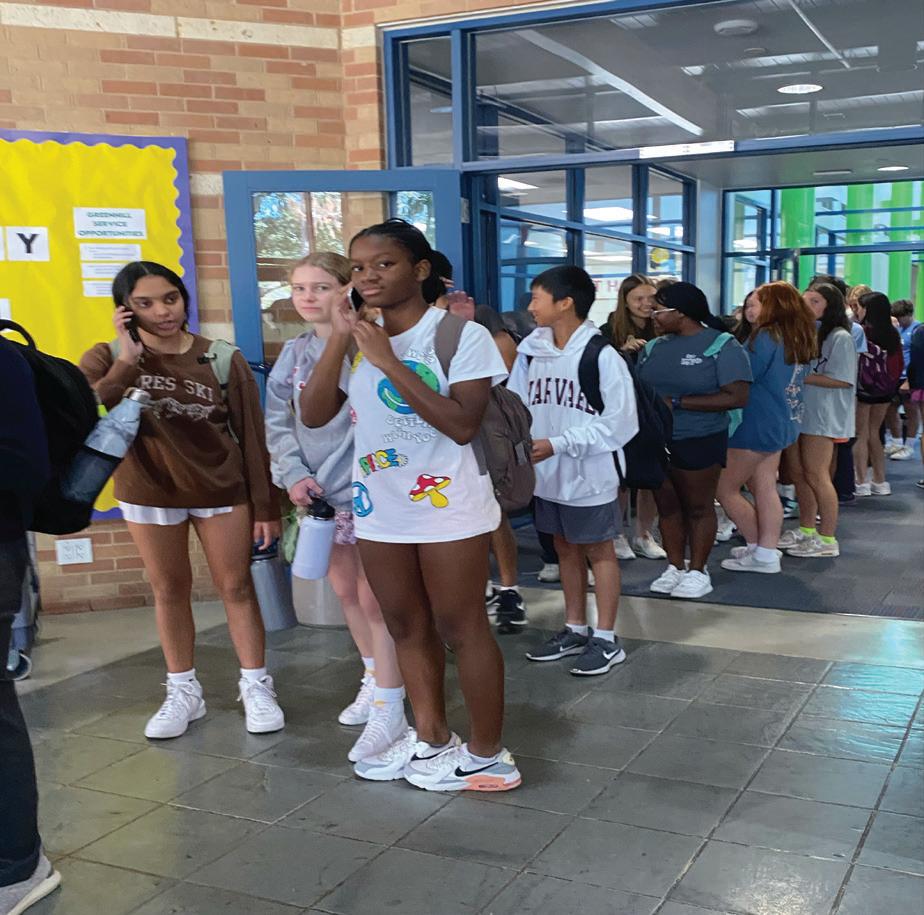
RANT to people cutting the lunch line. After a long morning of classes, everyone is equally eager to get their food. There have been countless times that we have started in the front of the line, and by the time the doors open, we are toward the back. Please be considerate of your friends and classmates and don’t cut the line!

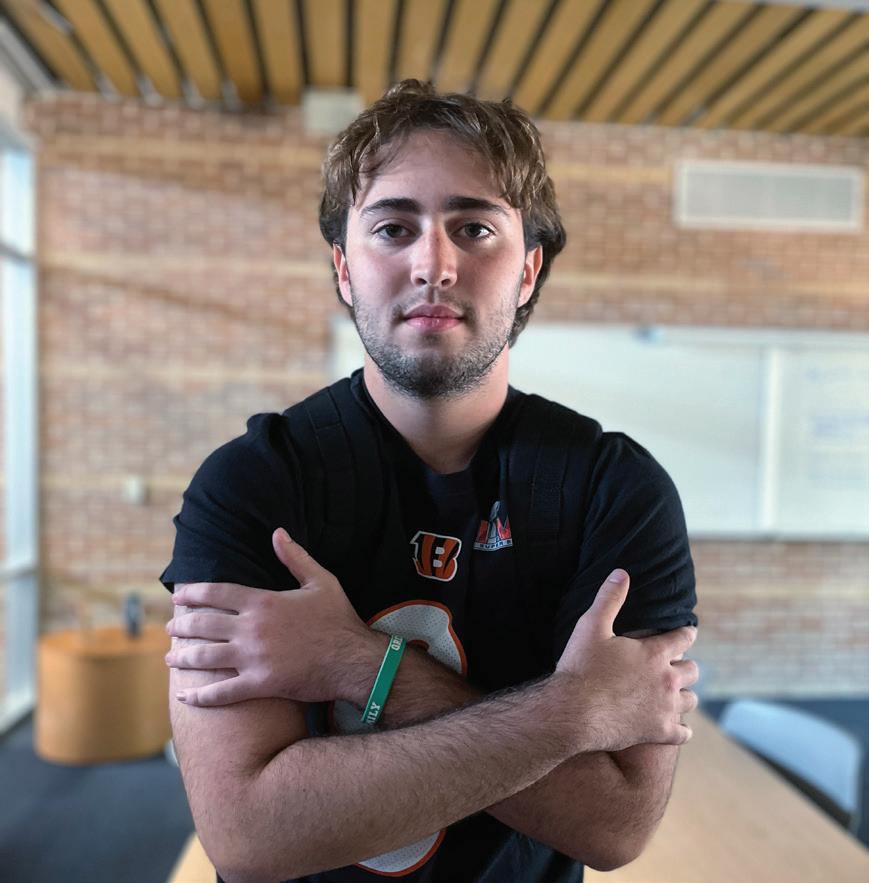
A RAVENT to the rain. We love Greenhill’s plants looking green and the weather cooling down to a manageable temperature. However, walking to the Science Village when it’s pouring is a pain. The last few weeks have been sunny, but it’s only a matter of time before the storm clouds roll in again.
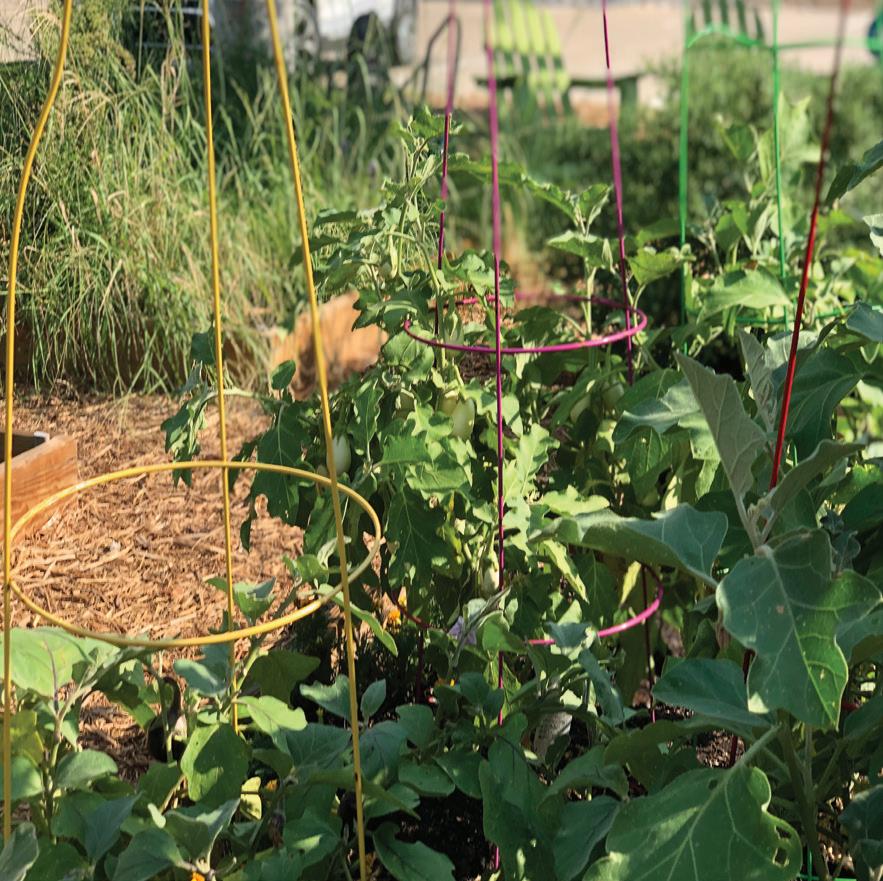
A RAVENT to the new schedule. Having more opportunities to explore new passions has been awesome. We know a lot of students are using that extra block to take another class. But the eight-day rotation is definitely taking some getting used to. We never know whether we are on Green 1 or Green 5, and what club rotations are happening on each Gold Day.

The Luxury of Healthcare in India
The most basic duty of a government is to ensure its citizens can stay alive. Yet, this remains one of India’s biggest government failures.
The healthcare system in India is split between the public sector, meant to provide affordable and accessible healthcare for everyone, and the private sector, which allows for specialization in certain fields. The two sectors are meant to collaborate together and provide for every citizen.
The reality of the situation, however, is nightmarish. More than 70% of India’s 1.4 billion people reside in rural areas, where no hospital is in sight. In the few existing hospitals, the conditions are appalling, plagued by a lack of funding, staff, resources and medicine. Facilities are overflowing with people in need.
Simply put, public healthcare is not anyone’s first choice. But for so many people, it is their only choice.
These deplorable conditions stem from the government’s unwillingness to invest in public healthcare. In 2018, India spent a meager 1% of its Gross Domestic Product on healthcare, compared to the United States’ 17%, according to the Commonwealth Fund Analysis.

The inability of India’s government to provide for its people shifts 65% of all healthcare costs onto the backs of patients, according to the Public Health Foundation. With much of India’s population in the middle class, and even more below, this cost places a massive financial burden on millions of struggling families.
These major expenses are what prevent families from getting lifesaving treatment, or even basic care for sicknesses. The Indian healthcare system is elitist, catering only to the wealthy.
Perhaps the biggest failure of all, though, is the lack of preparedness for public health crises.
During the pandemic, there was an average of 8.5 hospital beds and 8 doctors for every 10,000 people, according to a Fitch Solutions report. When my aunt in India got COVID-19 and was hospitalized, the sole reason she was able to access the care she needed was because my mom made several phone calls to medical school colleagues.
In that instance, the stars aligned. But I worry that if my family faces another emergency, the international phone calls won’t be enough to secure reliable healthcare.
Clinics across the country have long wait times to get basic checkups. My grandpa, who regularly goes to see the cardiologist, is disincentivized from seeking treatment, because he will likely sit in the waiting area all day without meeting the doctor once.
During the pandemic, people tried to take the situation into their own hands, building hospital beds in abandoned railway cars. Unfortunately, makeshift hospitals will never serve 1.4 billion people and band-aid solutions will never address structural failures. That change needs to come from the top down.
An increase in government investment into the public sector would lead to hospitals being built in rural areas that are neglected now. A change in the infrastructure of these hospitals would lead to more and better organized staff
A RAVE to the new Greenhill teachers and staff. It takes a lot of courage to come into a new school and a new community. The new teachers are proving to be a great addition to campus, and everyone loves the energy they bring. We have loved getting to meet you and we are excited for the rest of the year.
RANT to fluctuating temperature inside buildings. It seems like every pod is a different season. We bring a light jacket to wear inside only to find out we need a winter coat. We don’t mind the cold, but some consistency between the different classrooms would be nice.
A RANT to shorter passing periods. Five-minute passing periods have made it really difficult to commute to and from the Science Village, Marshall Family Performing Arts Center and even the Fine Arts Building. We get out of one class and have to run to be on time to the next. Ten minutes may have been too much, but we definitely miss the breathing room it gave us between classes.
equipped with the resources to treat all individuals the same. The government must provide a guarantee for reliable healthcare. My mom should not have to make a phone call so that my family members can access a hospital bed, and people should not be forced to fend for themselves because
Pooja Sanghvi
Graphic by Emma Nguyen
ViewsEvergreen the 23Wednesday, September 28, 2022
Ending the Textbook Hassle
Greenhill
has introduced a new centralized textbook purchasing system aimed at reducing costs and simplifying the acquisition process for students and families.
A popular feature is that the school absorbs the cost of textbooks and includes it as part of a student’s tuition.
In the past, students purchased their own textbooks. The high prices prompted many teachers to photocopy excerpts for their classes rather than requiring students to purchase the entire book. Many families also elected not to purchase optional books due to financial limitations.
The new system uses Greenhill’s wholesale purchasing power to “take some of the cost away from families,” Head of Upper School Trevor Worcester said.
“We provide that capital because you can sometimes also get better deals when you’re buying 200 textbooks of the same thing for a school, as opposed to you buying the retail price of a textbook,” Worcester said.
Another benefit of the new system is the speed of delivery. When a student adds a class, the vendor gets an update and sets an order in motion. A student typically receives books within two to three days, said Worcester. Under the old system, Director of Purchasing and Retail Operations Crystal Dixon would have to make manual updates, meaning it might take a week or more for a student to receive a book.
The wholesale price of the textbooks that Greenhill purchases and bills to students is lower than the retail prices that families previously paid, Worcester said.
“You have families who are full-paying and you also have families who are getting some level of aid, and so regardless, we’re all starting at the same place,” Worcester said. “It feels that we’re providing that equitable access to everybody.”
Dixon says the new automated system better reflects Greenhill’s technology goals for students by replacing a clunky manual process.
“As we’re continuing down this tech society, we want to be in alignment with it and in front of it so we can prepare [students] for the real world,” Dixon said.
Many Upper School students have embraced the new system.
“Before the school did it for us, we would have to go to an online bookstore, and we would simply order the books required for our classes ourselves,” senior Chancey Stefanos said. “Mostly our books were all up there, but sometimes I’d forget one or there would be books not uploaded and I’d have to make a second order. Overall, the worst part was definitely the cost.”
The new system has been beneficial to many students, allowing them to save both time and money. However, some issues have presented themselves.
While the new policy covers most required textbooks, tuition doesn’t cover materials required for Global Online Academy courses. Additionally, many students are also being shipped books they already have, which can be due to students having older siblings that took the same class in a previous year.
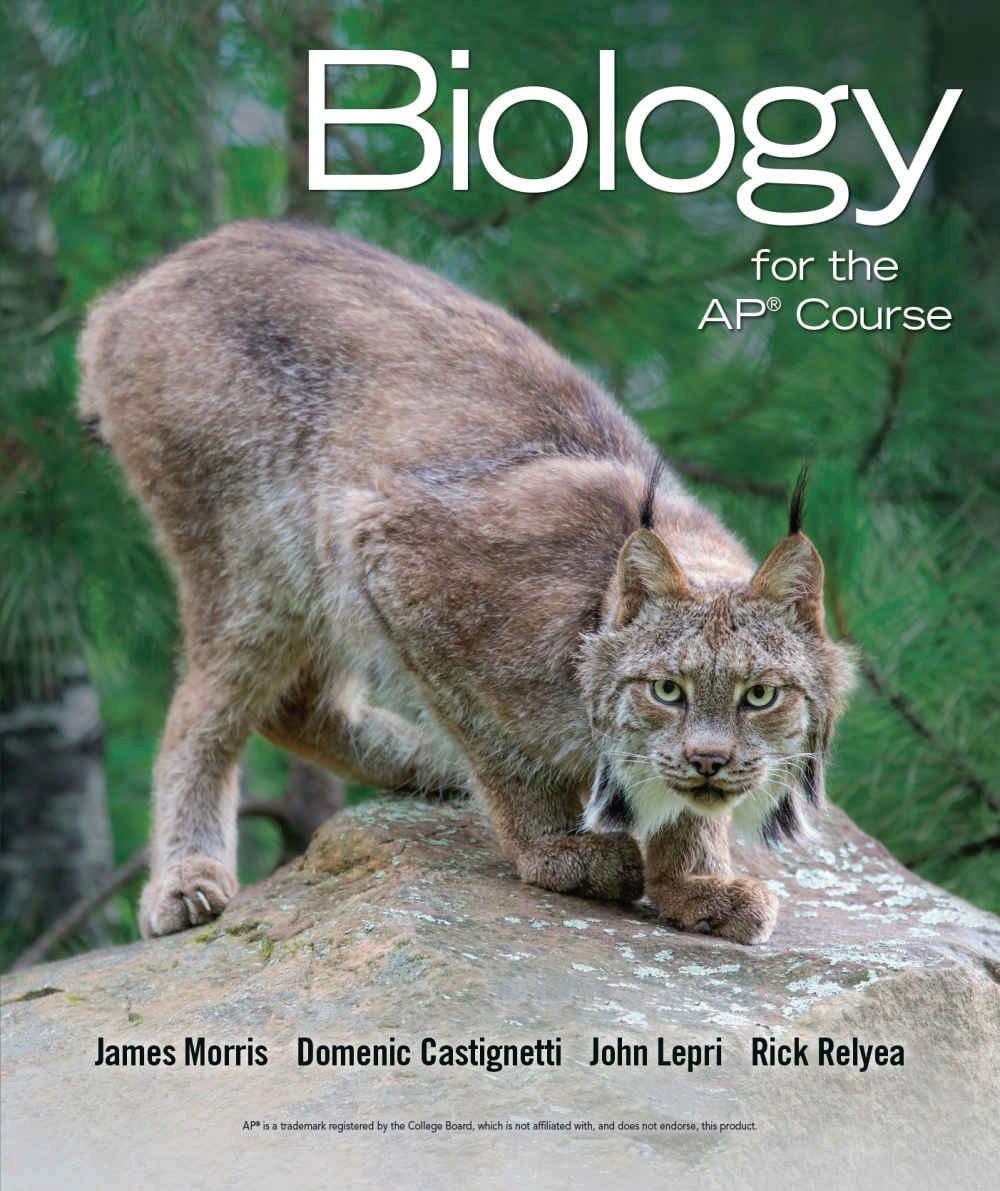
Some classes that follow a specific progression, such as language courses, require students to continue using materials they received while in a previous level of that subject. Under the new system, students would therefore receive multiple copies of the same book by the time they finish high school.
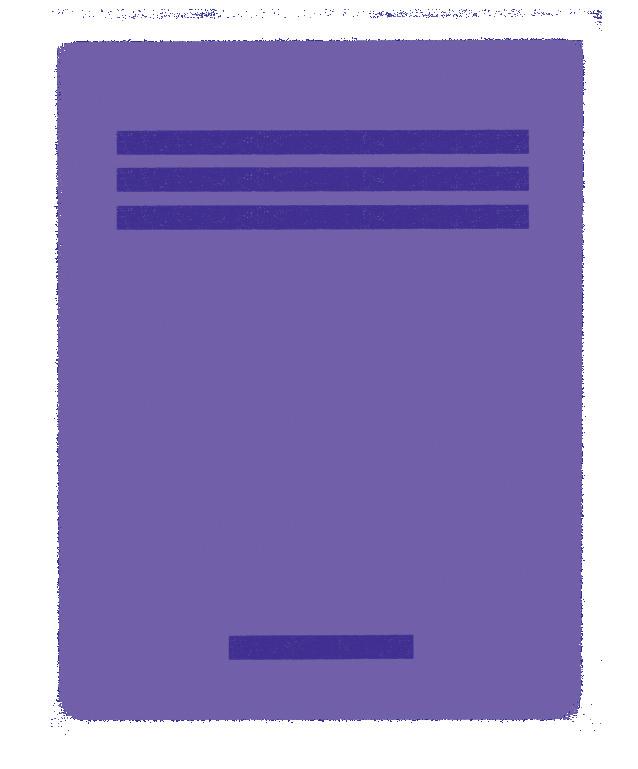
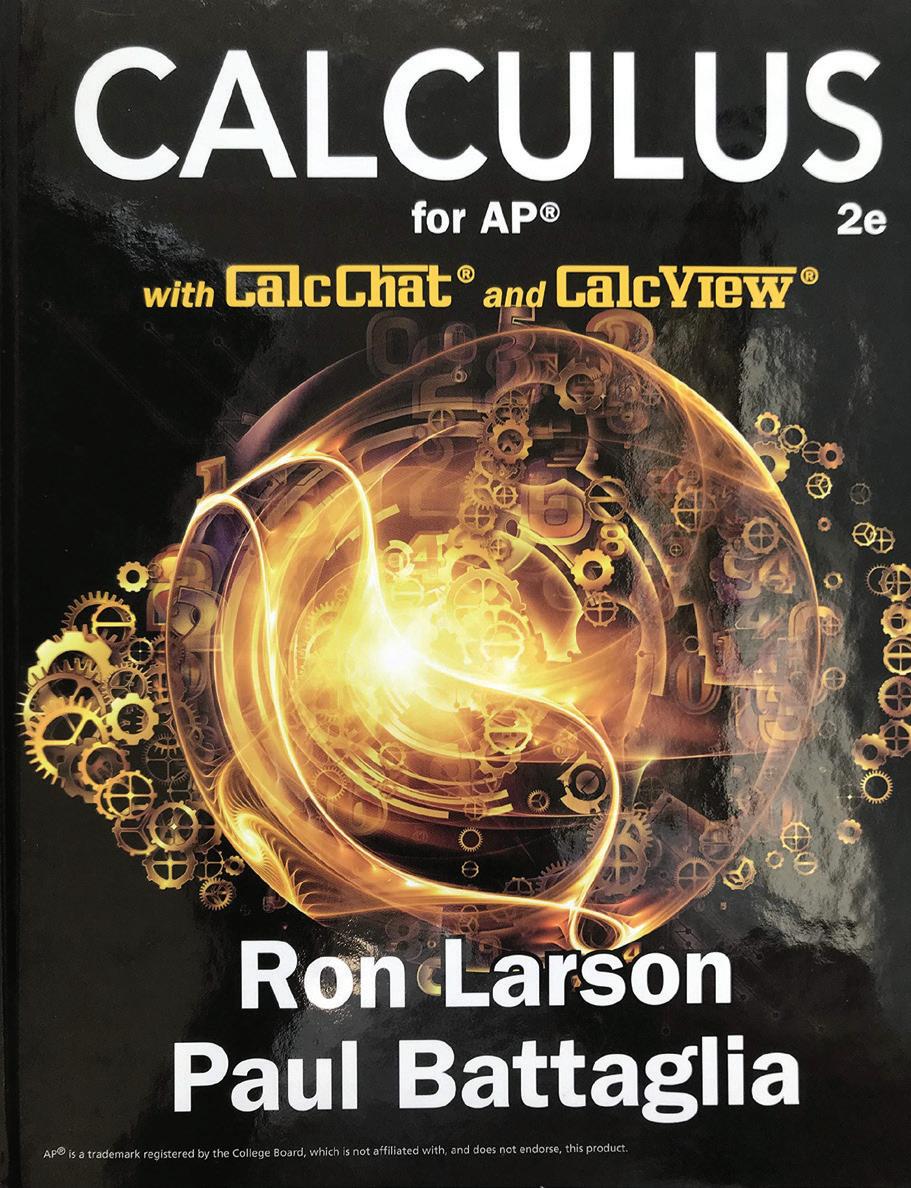
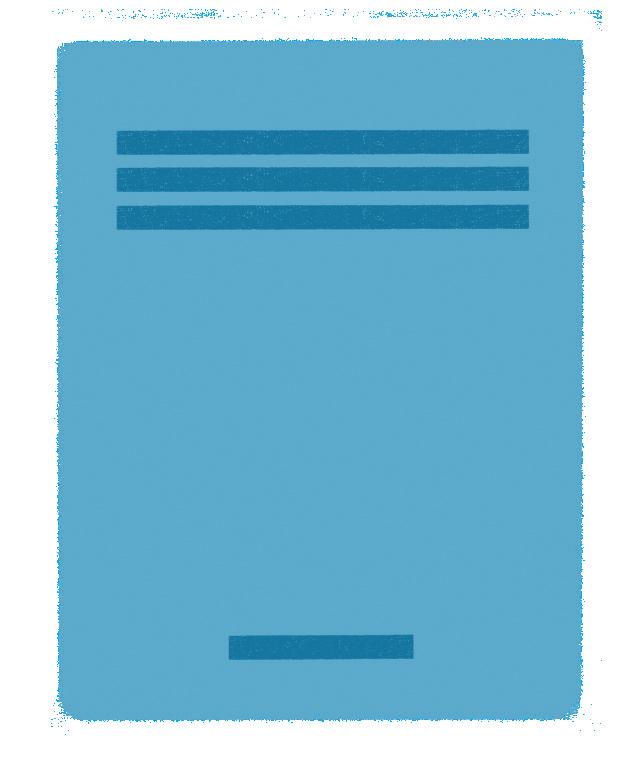

Worcester says that while the administration did not address these issues while finalizing the decision to switch textbook providers, they are currently reviewing the situation to see how the system can be improved for the 2023-2024 school year.
Student takes on the new textbook policy:
“I am seriously happy with getting the textbooks delivered to us at the beginning of the year. At least for me, remembering to order my textbooks online was a hassle, and while a small inconvenience, would weigh on me as a reminder of the coming year. Not to mention, I now never order the wrong textbook. I don’t need to spend the morning of the first day scavenging the internet for questionable copies. By taking the burden off of the students to get the books the pressure on everyone is off. Teachers can know their students do have the book, and students don’t need to worry about not getting it.”
- senior Azal Amer
“On one hand, it is really nice and convient how all the books you need for the school year get automatically delivered to your house and you don’t need to spend time looking for them,” she said. “On the other hand, sometimes it’s easier and cheaper to borrow a book, buy it from a former student in the class, or to find an online copy. It takes away those options which might be more convenient or affordable. Yet it is nice to know I’ll never not have a required book for school.”
- senior Ellie Thomas-Dietrich
“I do think it’s more convenient now that the school sends textbooks to us. It’s a lot easier than tacking them all down on our own. However, I used to spend a lot of time trying to find cheaper alternatives to the school bookstore, and that option has now been taken away from me.”
- senior Ash Zhou
 Syrus Gupta, Kate Ponnambalam
Graphic by Emma Nguyen
Syrus Gupta, Kate Ponnambalam
Graphic by Emma Nguyen
the Evergreen24 Backpage Wednesday, September 28, 2022














 Daniela Hallack
Lexie Stone
Stephanie Almanza
CREATING CONNECTIONS: Each year’s graduating class enjoys a variety of actitivies such as the Senior Sunrise and painting of the Water Tower.
Photos courtesy of Greenhill Communications
Daniela Hallack
Lexie Stone
Stephanie Almanza
CREATING CONNECTIONS: Each year’s graduating class enjoys a variety of actitivies such as the Senior Sunrise and painting of the Water Tower.
Photos courtesy of Greenhill Communications


 Graphic by Emma Nguyen
Graphic by Emma Nguyen





































 Khushi Chhaya, Ivy Stitt
Khushi Chhaya, Ivy Stitt



















































 Syrus Gupta, Kate Ponnambalam
Graphic by Emma Nguyen
Syrus Gupta, Kate Ponnambalam
Graphic by Emma Nguyen